Forums
- Forums
- Axis And Allies Forum
- General Discussion
- Aviation News
Aviation News
Post a reply
- Go to Next topic
- Go to Welcome
- Go to Introduce Yourself
- Go to General Discussion
- Go to Screenshots, Images and Videos
- Go to Off topic
- Go to Works in Progress
- Go to Skinning Tips / Tutorials
- Go to Skin Requests
- Go to IJAAF Library
- Go to Luftwaffe Library
- Go to RAF Library
- Go to USAAF / USN Library
- Go to Misc Library
- Go to The Ops Room
- Go to Made in Germany
- Go to Campaigns and Missions
- Go to Works in Progress
- Go to Juri's Air-Raid Shelter
- Go to Campaigns and Missions
- Go to Works in Progress
- Go to Skinpacks
- Go to External Projects Discussion
- Go to Books & Resources
-
 Main AdminA Koku Jieitai (Japan Air Self-Defense Force) F-2 aircraft flies in formation with a U.S. Air Force B-52H Stratofortress, assigned to the 2nd Bomb Wing, Barksdale Air Force Base, Louisiana, during a Bomber Task Force mission over the Indo-Pacific region, September 21, 2021. Bomber missions provide opportunities to train and work with allies and partners in joint and coalition operations and exercises. (U.S. Air Force photo by Staff Sgt. Devin M. Rumbaugh)
Main AdminA Koku Jieitai (Japan Air Self-Defense Force) F-2 aircraft flies in formation with a U.S. Air Force B-52H Stratofortress, assigned to the 2nd Bomb Wing, Barksdale Air Force Base, Louisiana, during a Bomber Task Force mission over the Indo-Pacific region, September 21, 2021. Bomber missions provide opportunities to train and work with allies and partners in joint and coalition operations and exercises. (U.S. Air Force photo by Staff Sgt. Devin M. Rumbaugh)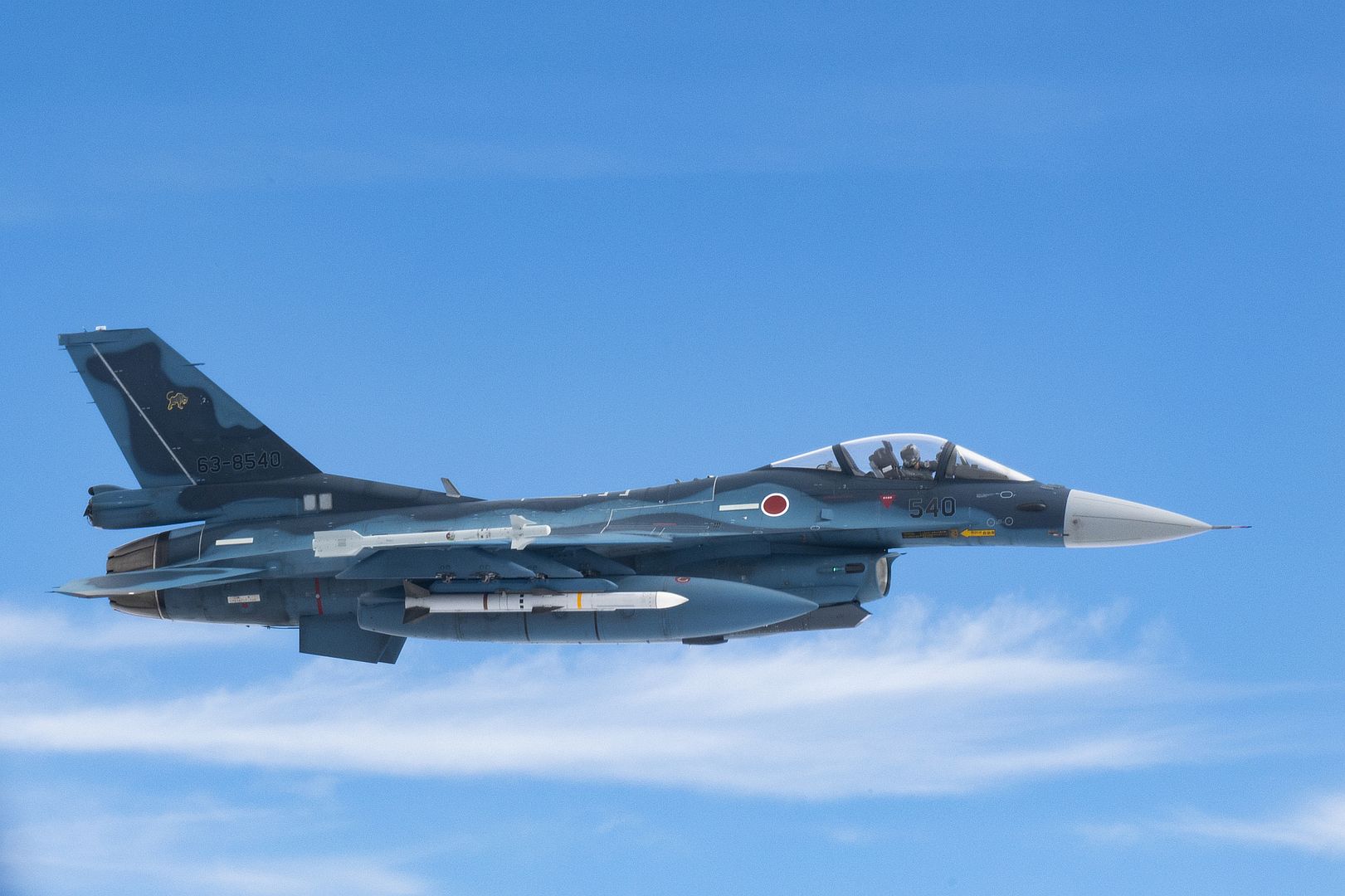
Koku Jieitai (Japan Air Self-Defense Force) F-15s escort two U.S. Air Force B-52H Stratofortress, assigned to the 2nd Bomb Wing, Barksdale Air Force Base, Louisiana, during a Bomber Task Force mission over the Indo-Pacific region, September 21, 2021. The B-52 is a long range bomber with a range of approximately 8,800 miles, enabling rapid support of Bomber Task Force missions or deployments and reinforcing global security and stability. (U.S. Air Force photo by Staff Sgt. Devin M. Rumbaugh)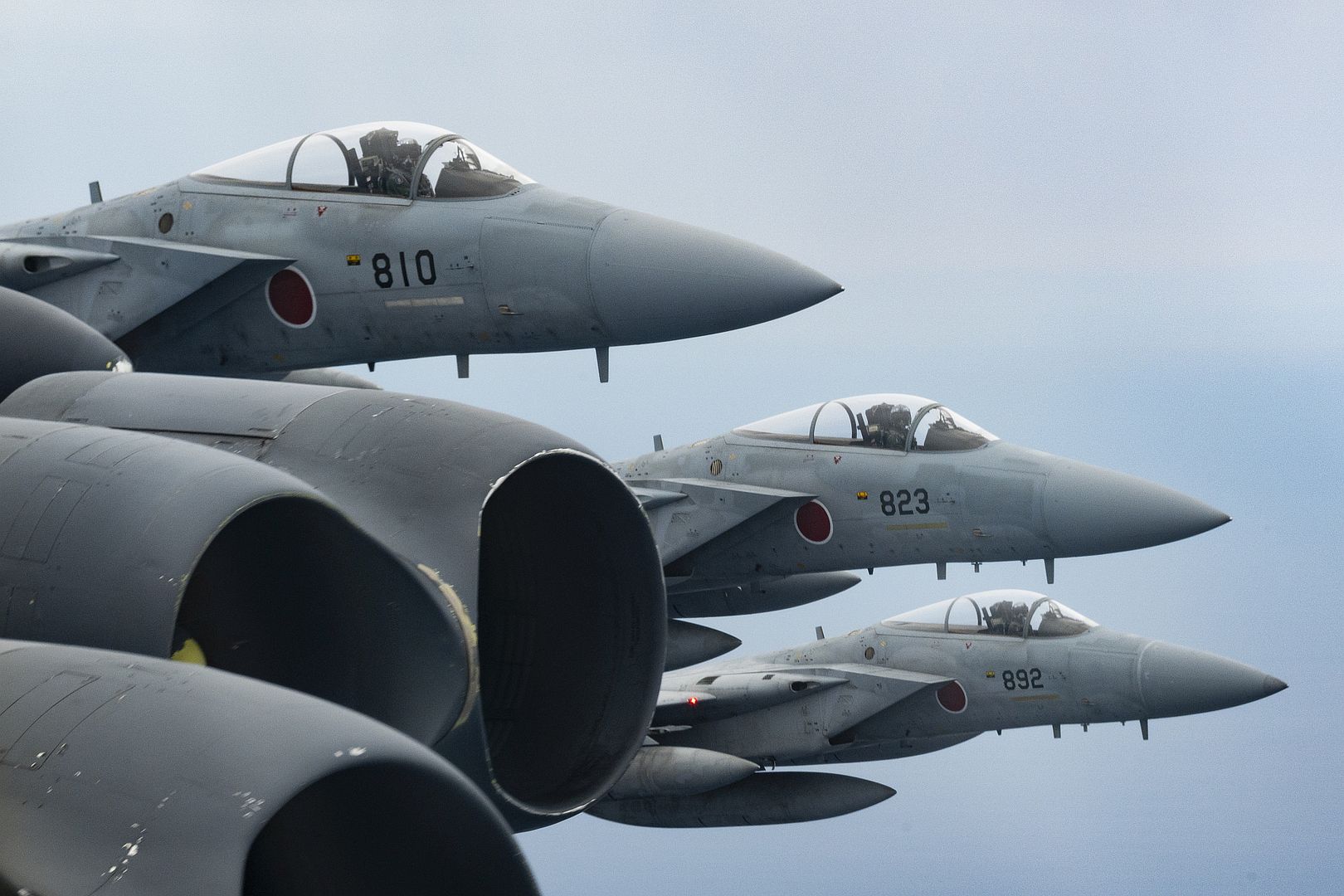
A U.S. Marine Corps F-35B Lightning II, assigned to Marine Aviation Weapons and Tactics Squadron One (MAWTS-1), lands to be refueled and loaded with ordnance, during Weapons and Tactics Instructor (WTI) course 1-22, at Laguna Army Air Field, Yuma, Ariz., Sept. 21, 2021. WTI is a seven-week training event hosted by MAWTS-1, providing standardized advanced tactical training and certification of unit instructor qualifications to support Marine aviation training and readiness, and assist in developing and employing aviation weapons and tactics. (U.S. Marine Corps photo by Lance Cpl. Rachaelanne Woodward)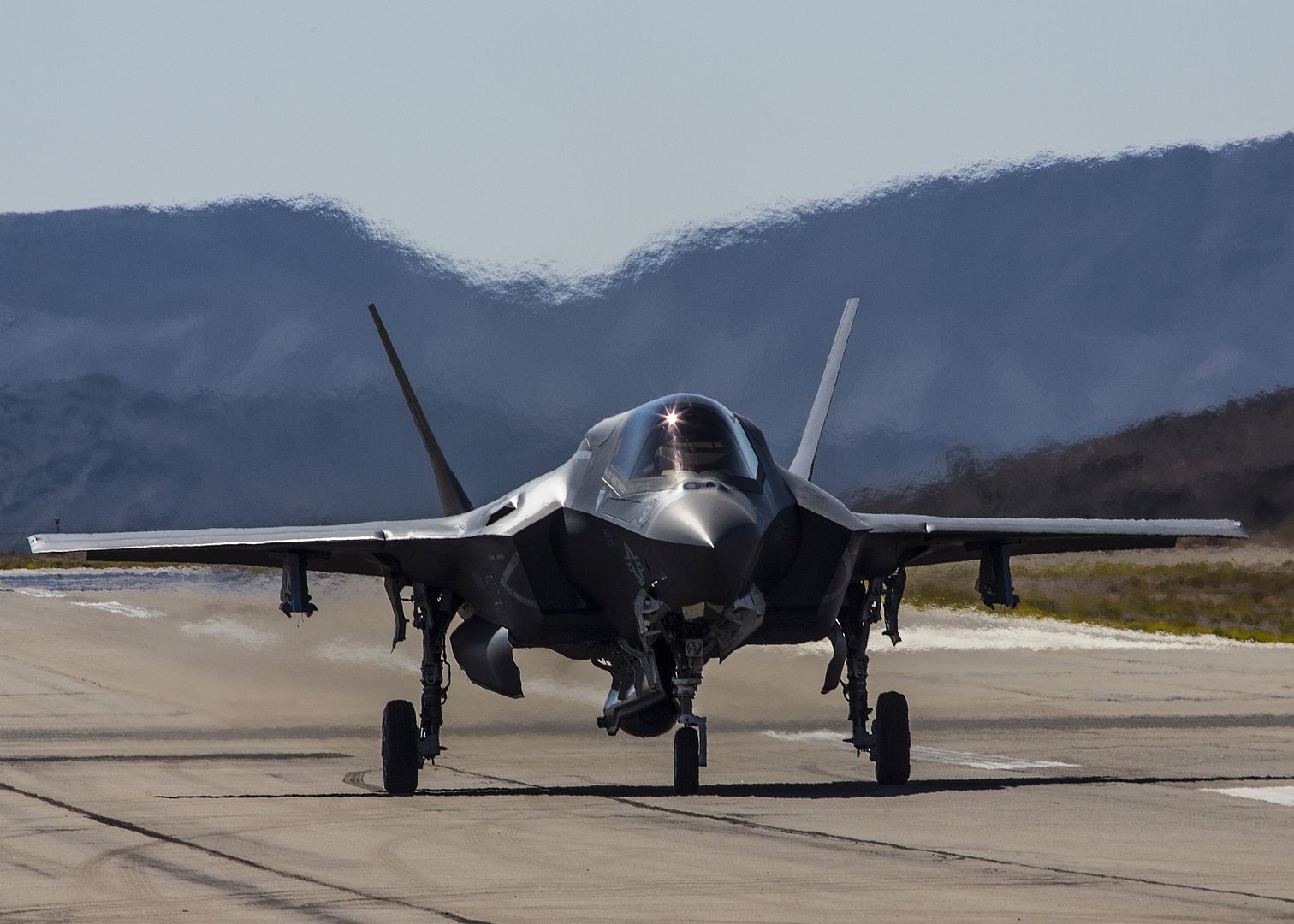
ATLANTIC OCEAN (Sept. 22, 2021) AV-8B Harriers attached to Marine Attack Squadron (VMA) 542 wait to launch from the flight deck of the Wasp-class amphibious assault ship USS Kearsarge (LHD 3) Sept. 22, 2021. Kearsarge is conducting surface warfare advanced tactical training (SWATT). SWATT provides the fleet opportunities to complete the reps and sets required for increased lethality and tactical proficiency. (U.S. Navy photos by Mass Communication Specialist Seaman Taylor Parker)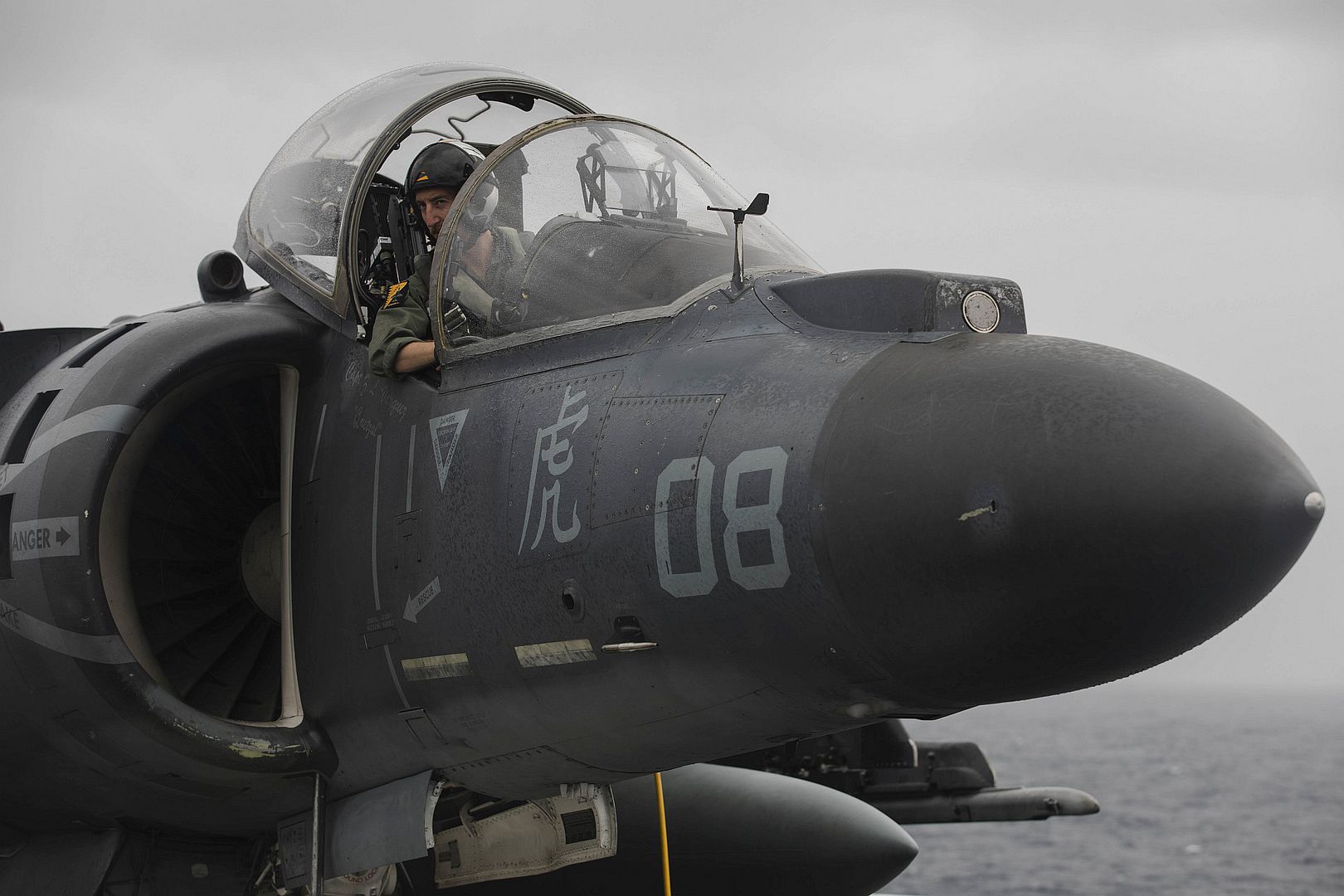
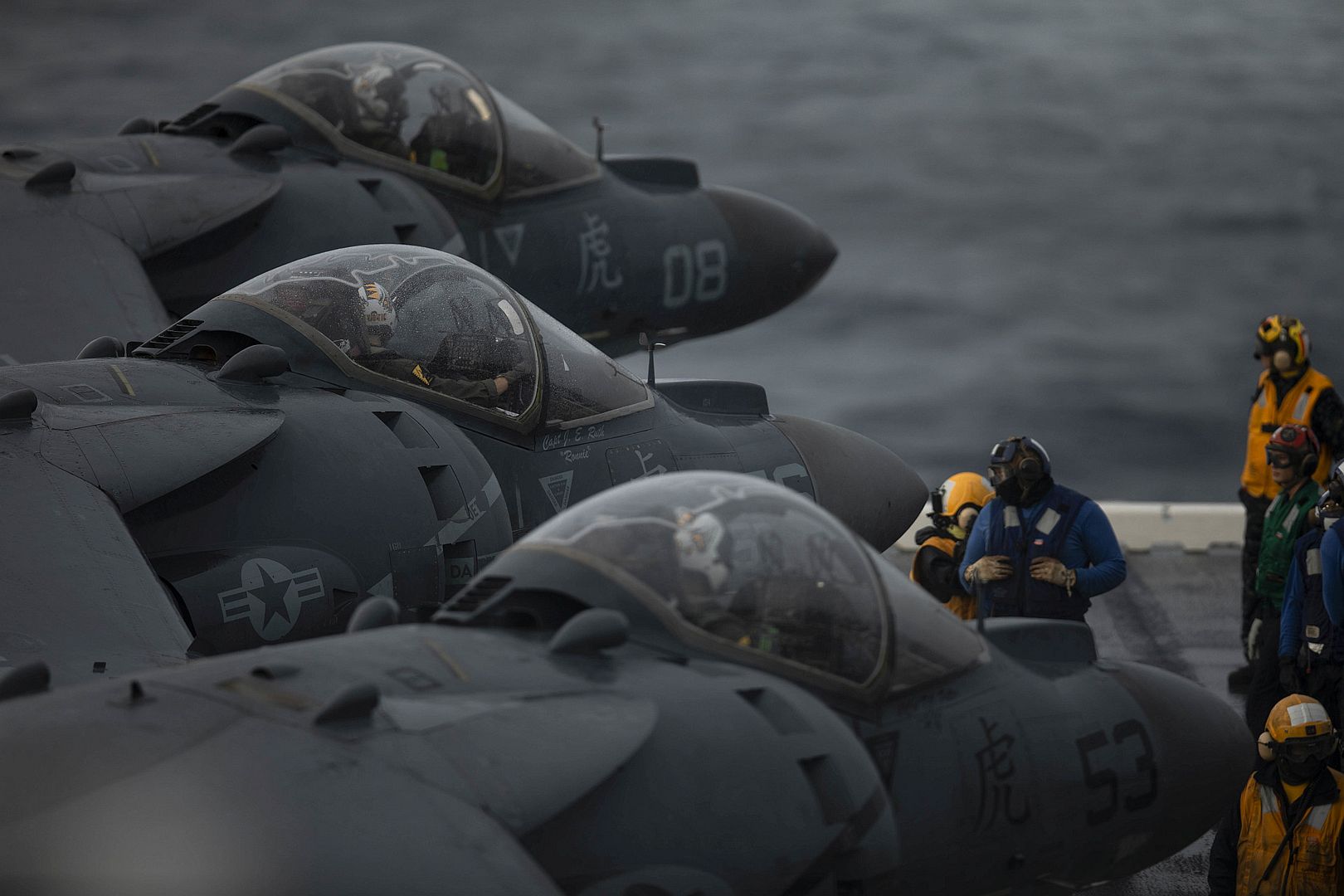
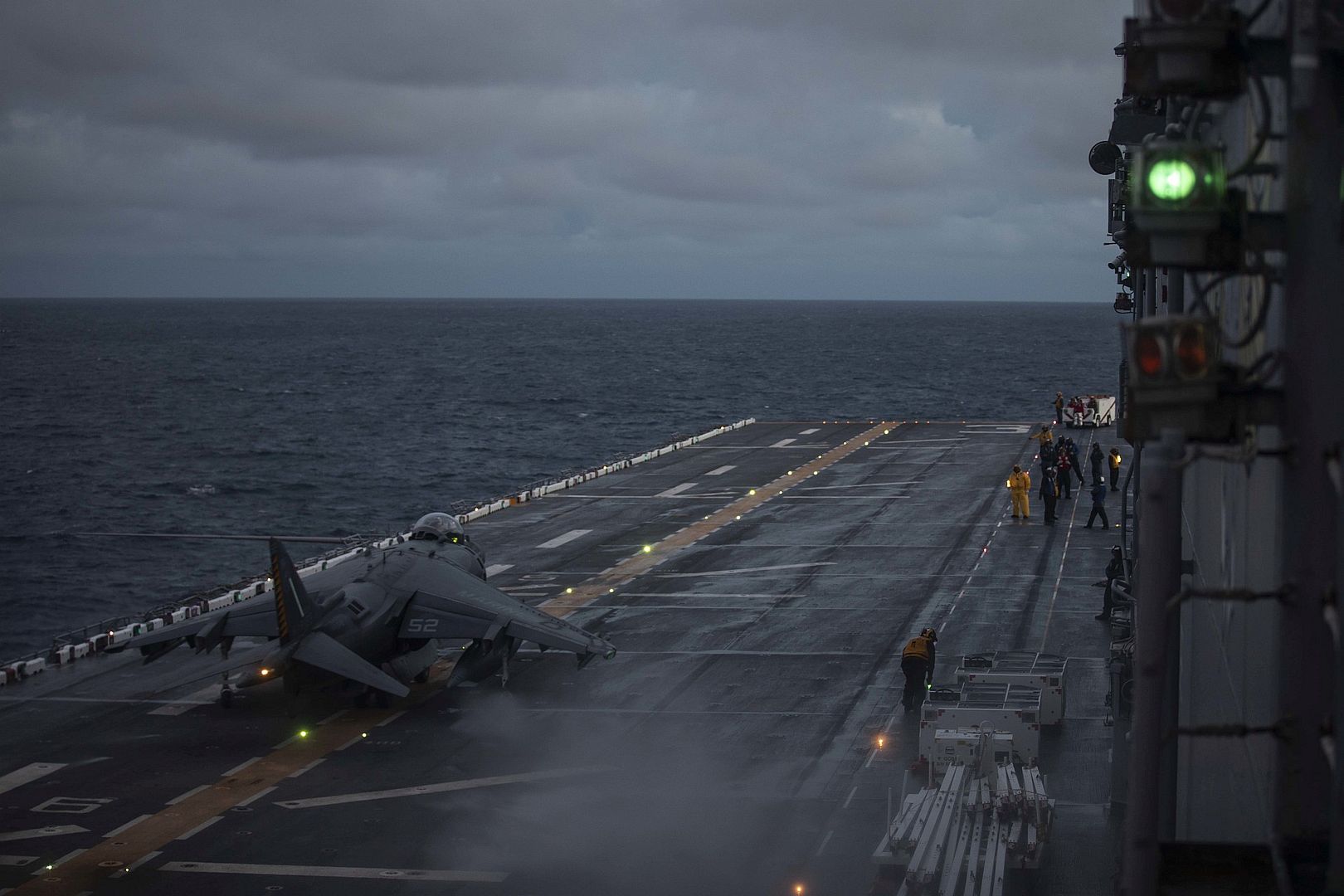
SAN DIEGO (Sept. 21, 2021) A CMV-22B Osprey assigned to Fleet Logistics Multi-Mission Squadron (VRM) 50 prepares to launch on its inaugural flight September 21, 2021 from Naval Air Station North Island. VRM-50 is the Navy’s first Osprey Fleet Replacement Squadron (FRS) whose mission is to provide Pacific and Atlantic VRM squadrons the ability to sustain lethality for carrier strike groups of the future through timely, persistent air logistics missions and by developing and delivering highly-trained pilots and aircrew to the fleet. VRM-50 is currently working toward their Safe for Flight certification and expects their first class of student aviators to arrive in spring 2022. 210921-N-GR718-1315 U.S. Navy Photos by Mass Communication Specialist 2nd Class Chelsea D. Meiller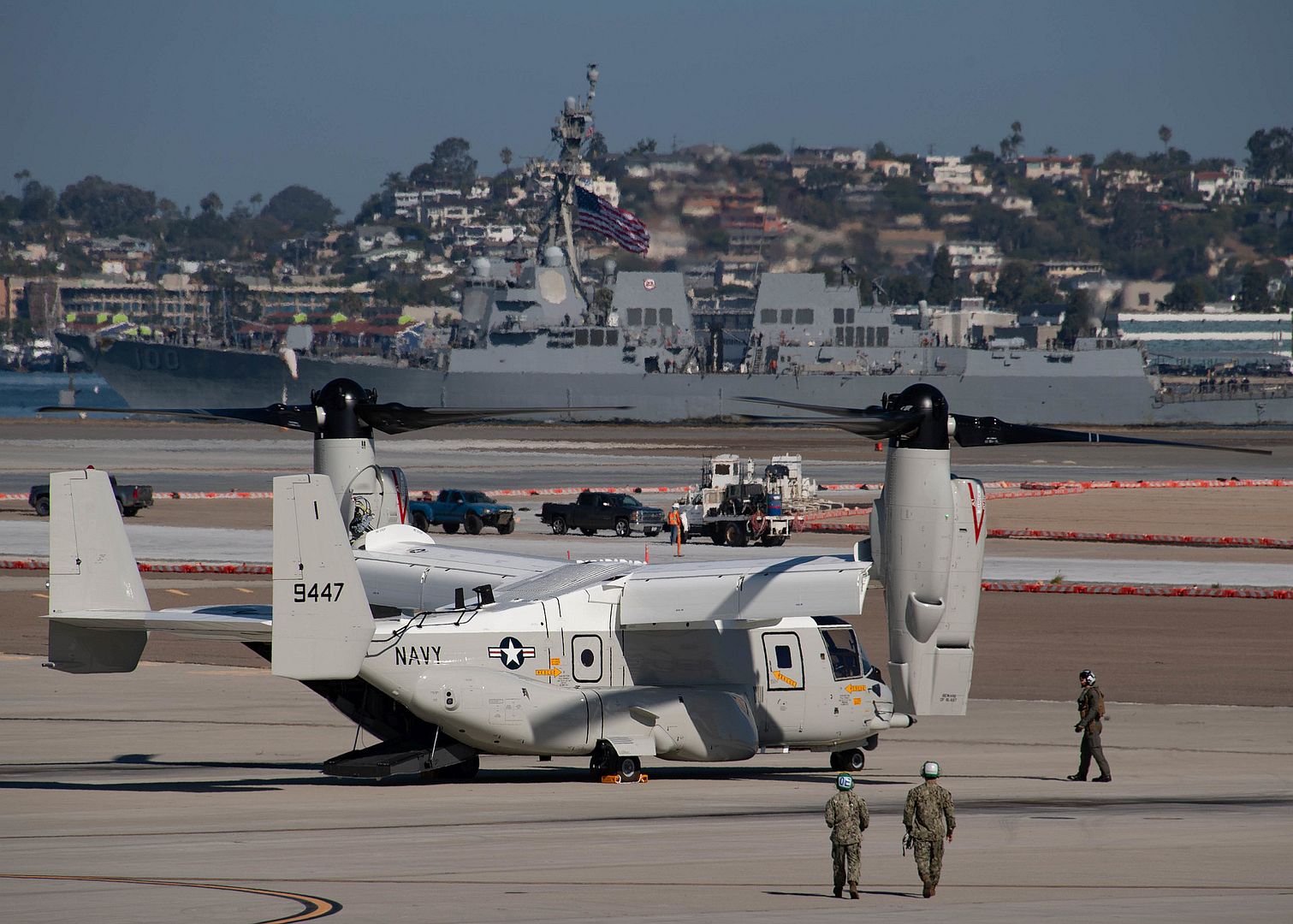
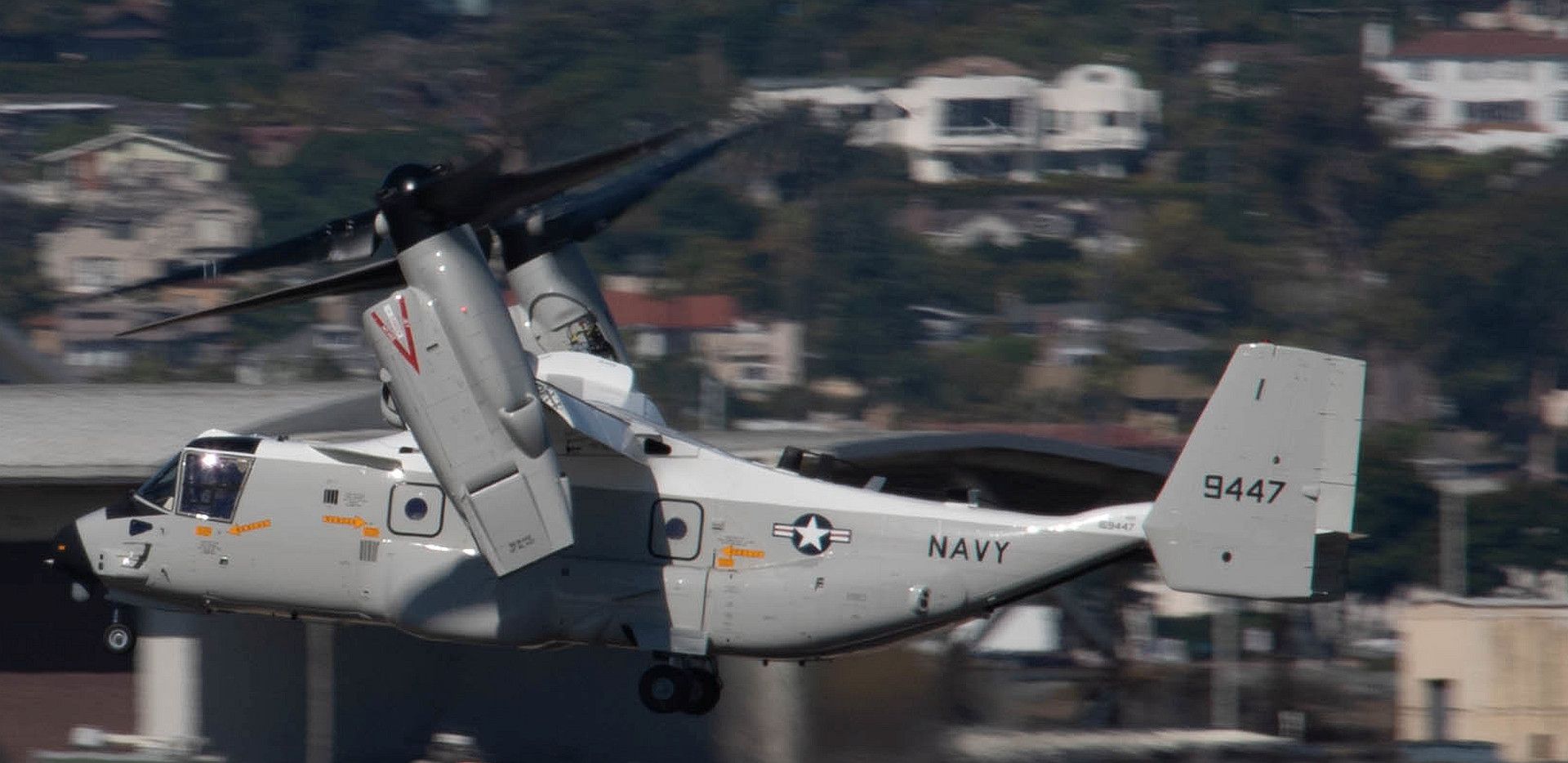
A Belgium Air Force F-16 Fighting Falcon lands during the Suppression of Enemy Air Defense phase of a weapons instructor course at Leeuwarden Air Base, Netherlands, Sept. 13, 2021. The SEAD phase included aircraft from Belgium, the Netherlands, Norway and the United States. (U.S. Air Force photo by Tech. Sgt. Anthony Plyler)
-
 Main AdminMaintainers from the 18th Aircraft Maintenance Squadron perform final end-of-runway checks on an F-15C Eagle assigned to the 44th Fighter Squadron as a multimedia specialist from the 18th Wing Public Affairs Office performs video documentation prior to a night flying training mission at Kadena Air Base, Japan, Sept. 22, 2021. Trust and teamwork between operations, maintenance and support Airmen are foundational to any successful flying mission; each professional brings specialized skills to ensure U.S. Indo-Pacific Command objectives are accomplished. (U.S. Air Force photo by Maj. Raymond Geoffroy)
Main AdminMaintainers from the 18th Aircraft Maintenance Squadron perform final end-of-runway checks on an F-15C Eagle assigned to the 44th Fighter Squadron as a multimedia specialist from the 18th Wing Public Affairs Office performs video documentation prior to a night flying training mission at Kadena Air Base, Japan, Sept. 22, 2021. Trust and teamwork between operations, maintenance and support Airmen are foundational to any successful flying mission; each professional brings specialized skills to ensure U.S. Indo-Pacific Command objectives are accomplished. (U.S. Air Force photo by Maj. Raymond Geoffroy)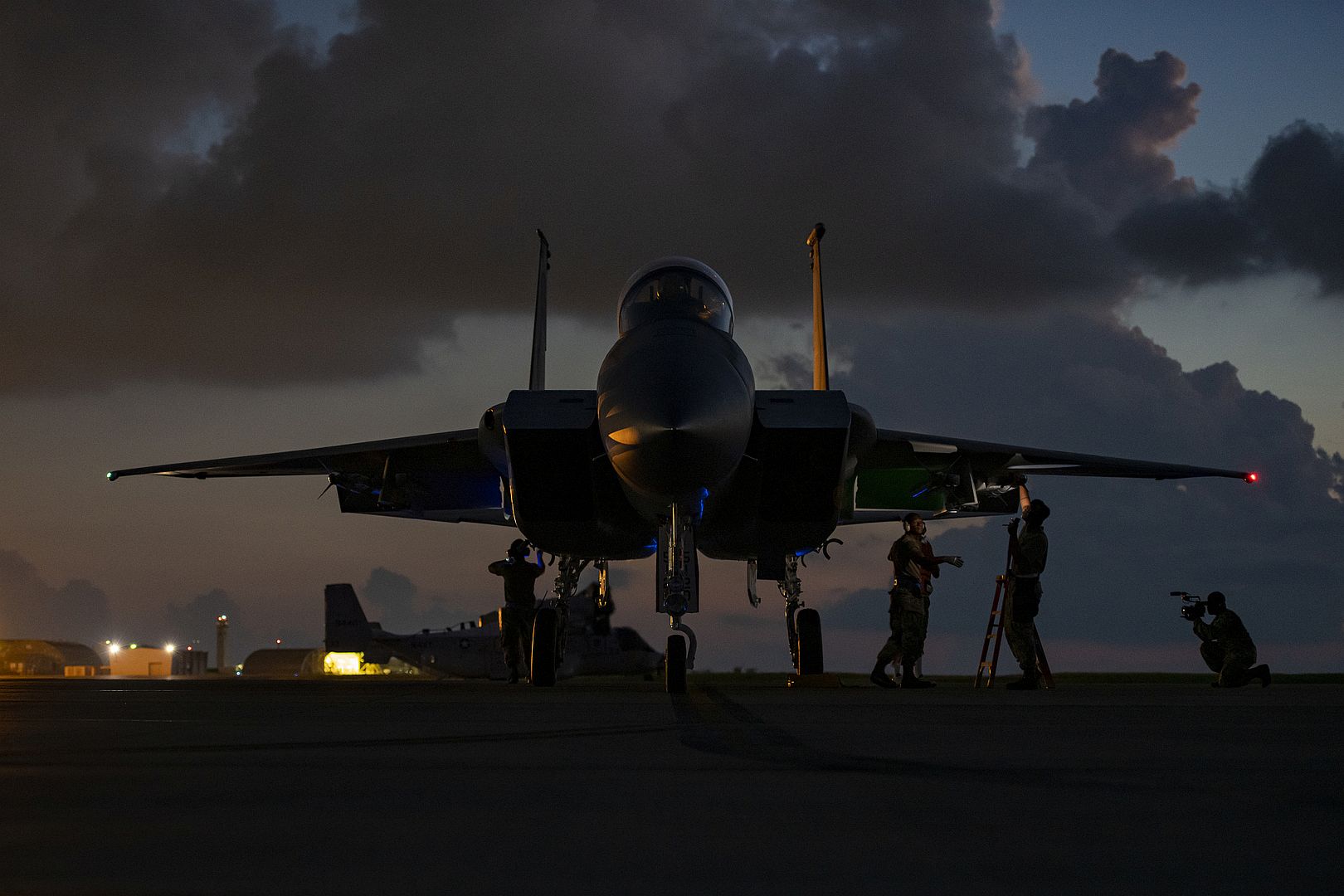
An F-15C assigned to the 44th Fighter Squadron taxis to the end of the runway prior to a night flying training mission at Kadena Air Base, Japan, Sept. 22, 2021. Kadena Airmen regularly train to maintain their capability to provide unrivaled air power in support of U.S. Indo-Pacific Command objectives. (U.S. Air Force photos by Maj. Raymond Geoffroy)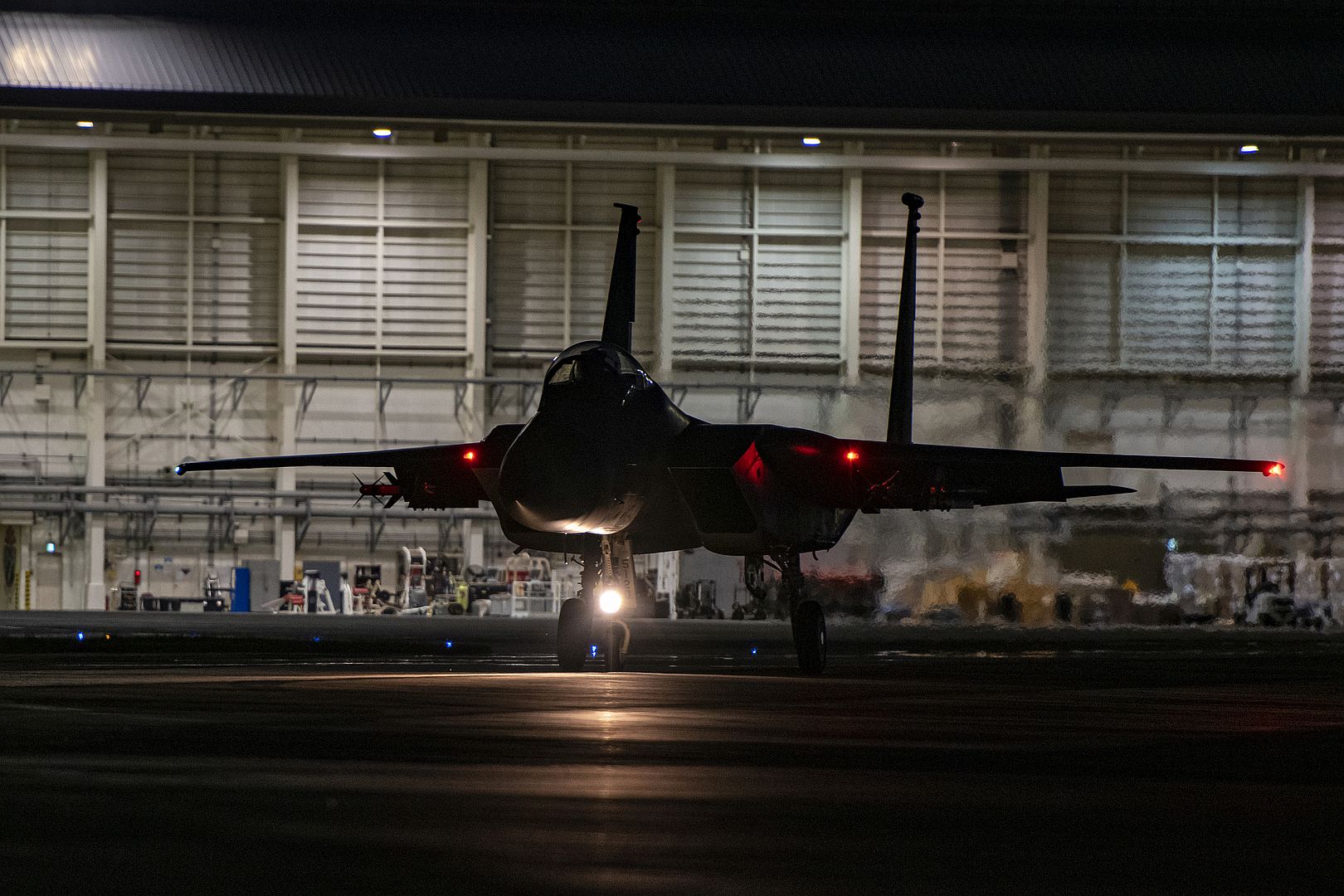

The Idaho National Guard conducted night training operations Sept. 23, 2021. The Idaho Army National Guard State Aviation Group's UH-60 Black Hawk helicopters had some breathtaking sunset takeoffs from the flightline at Gowen Field next to the 124th Fighter Wing A-10 Thunderbolt II's this week. (U.S. National Guard photos by Master Sgt. Becky Vanshur)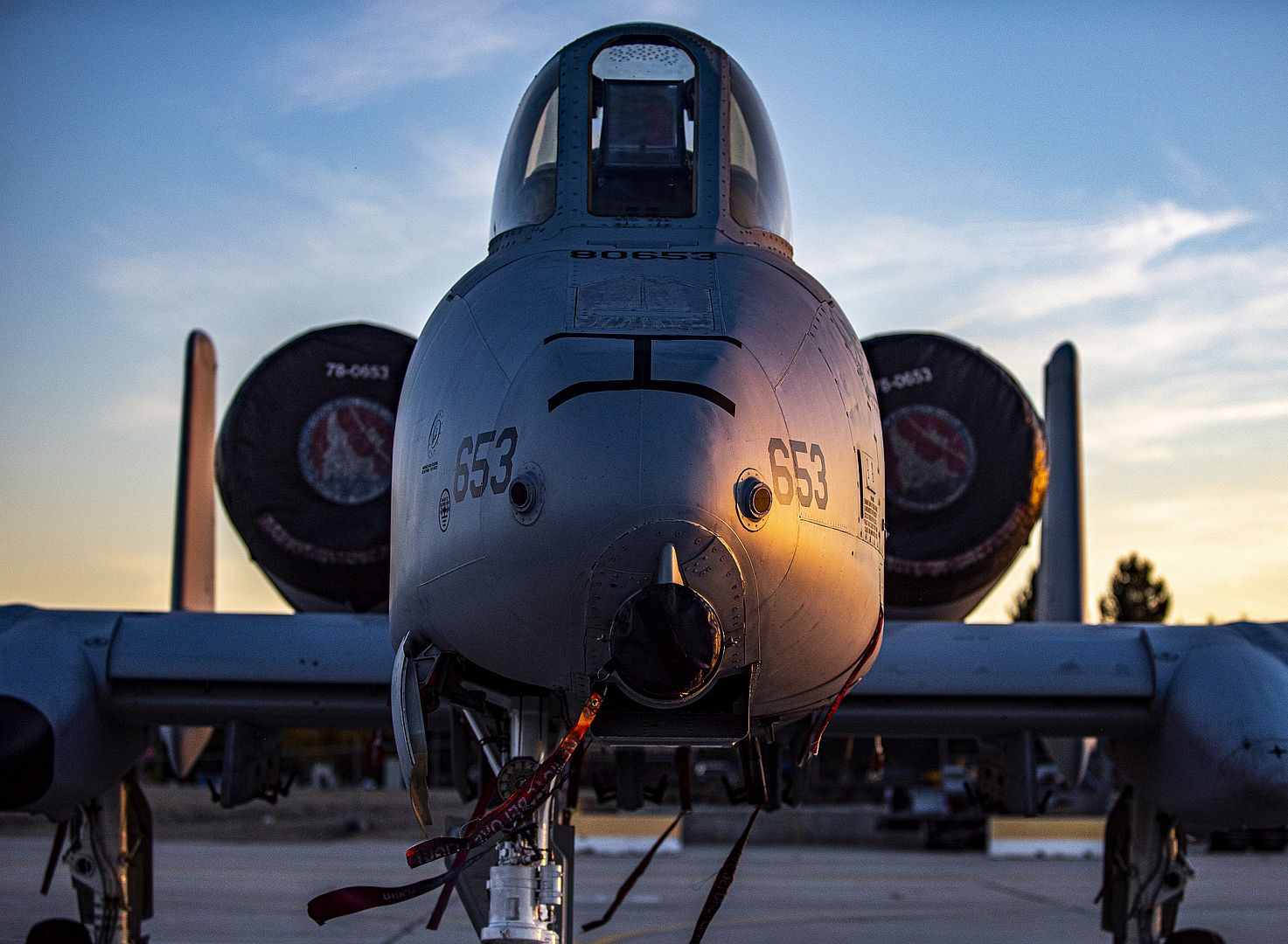
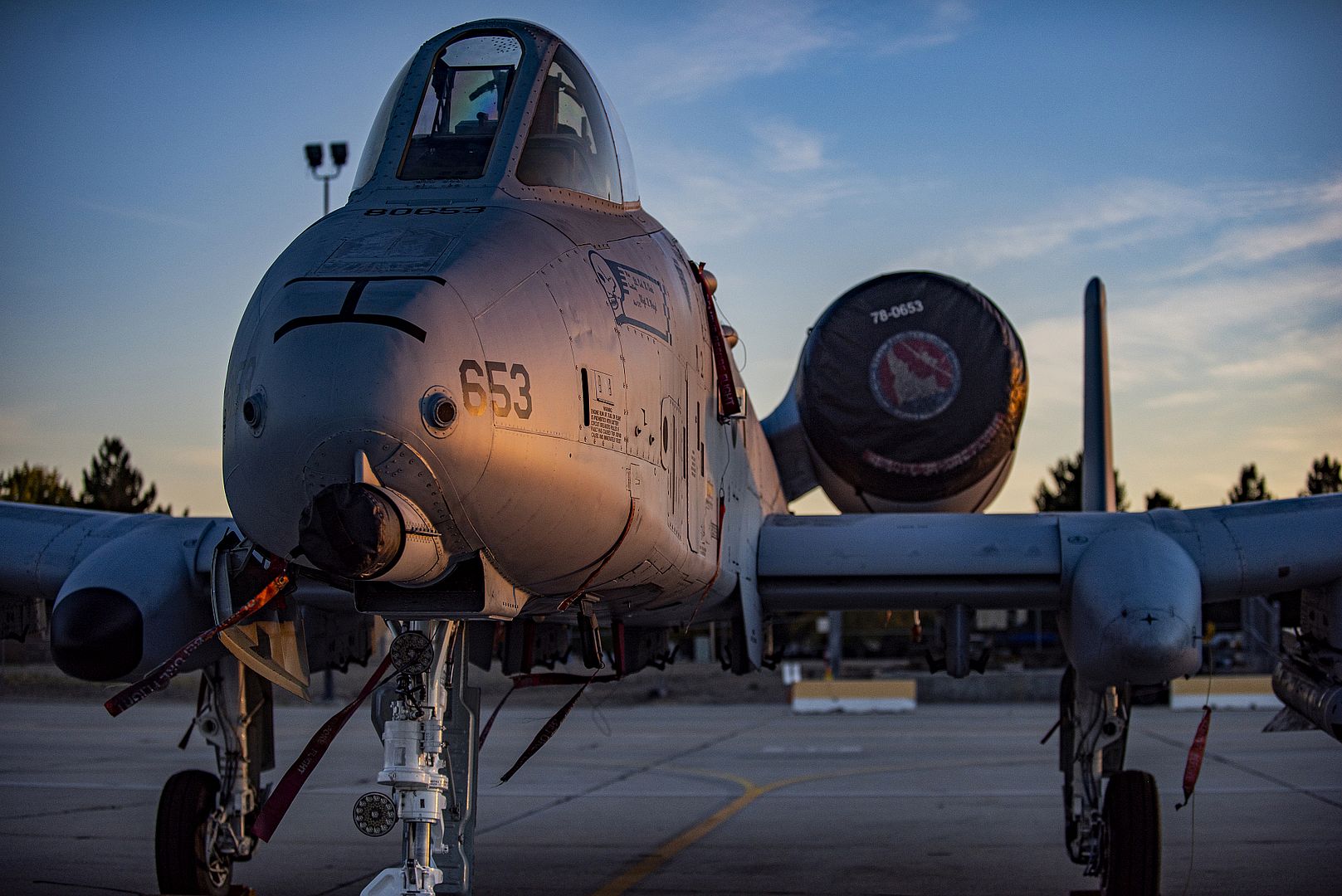
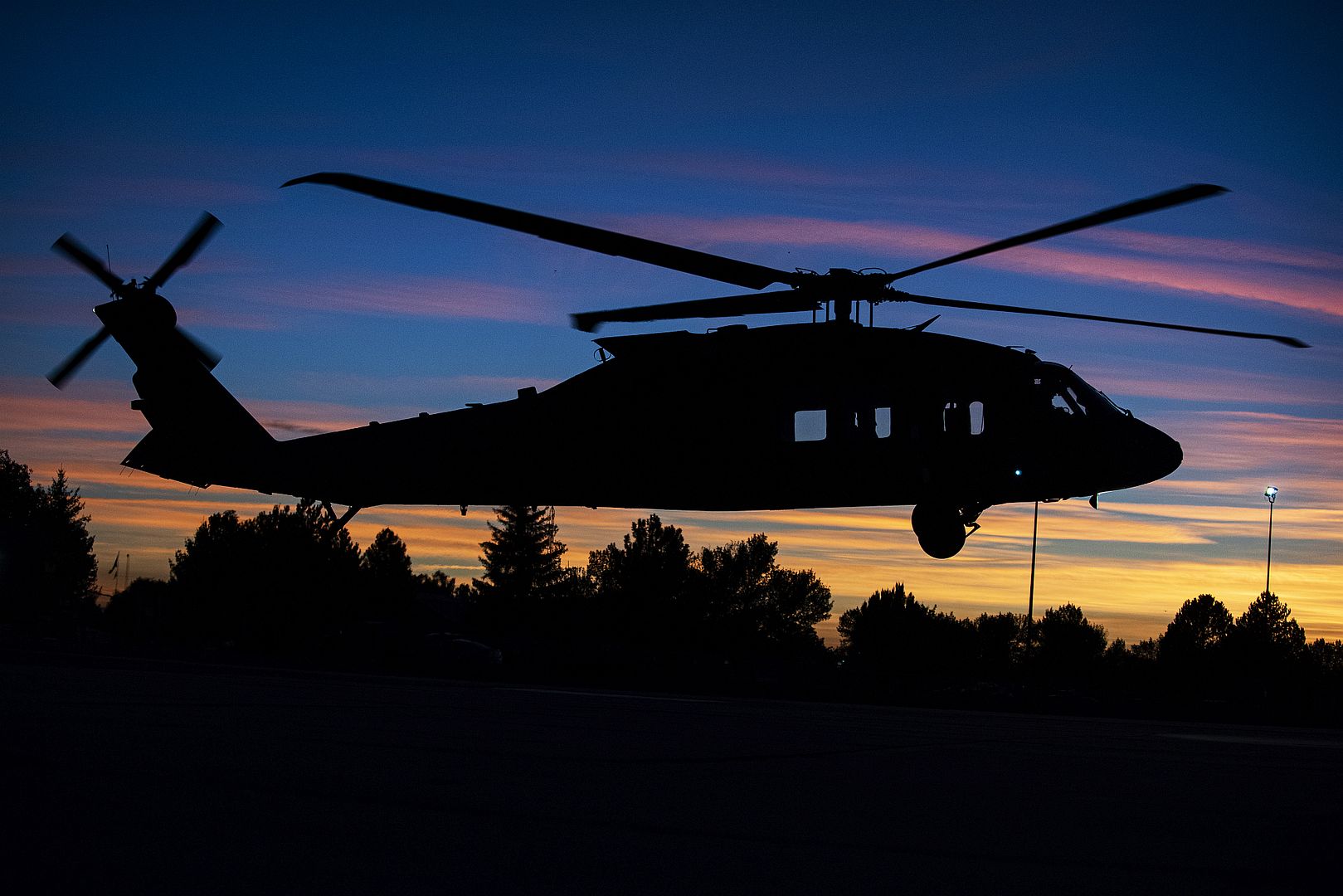
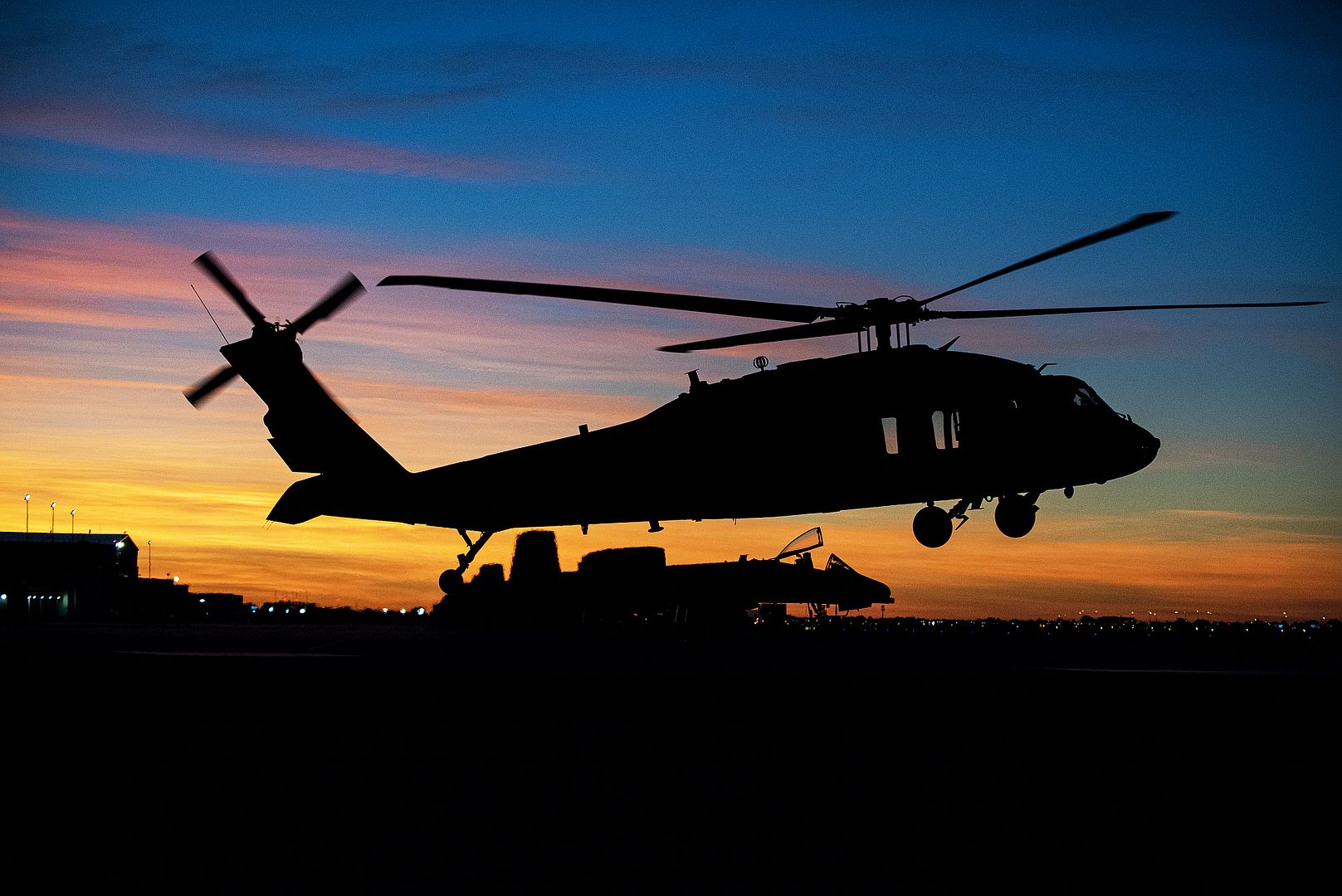
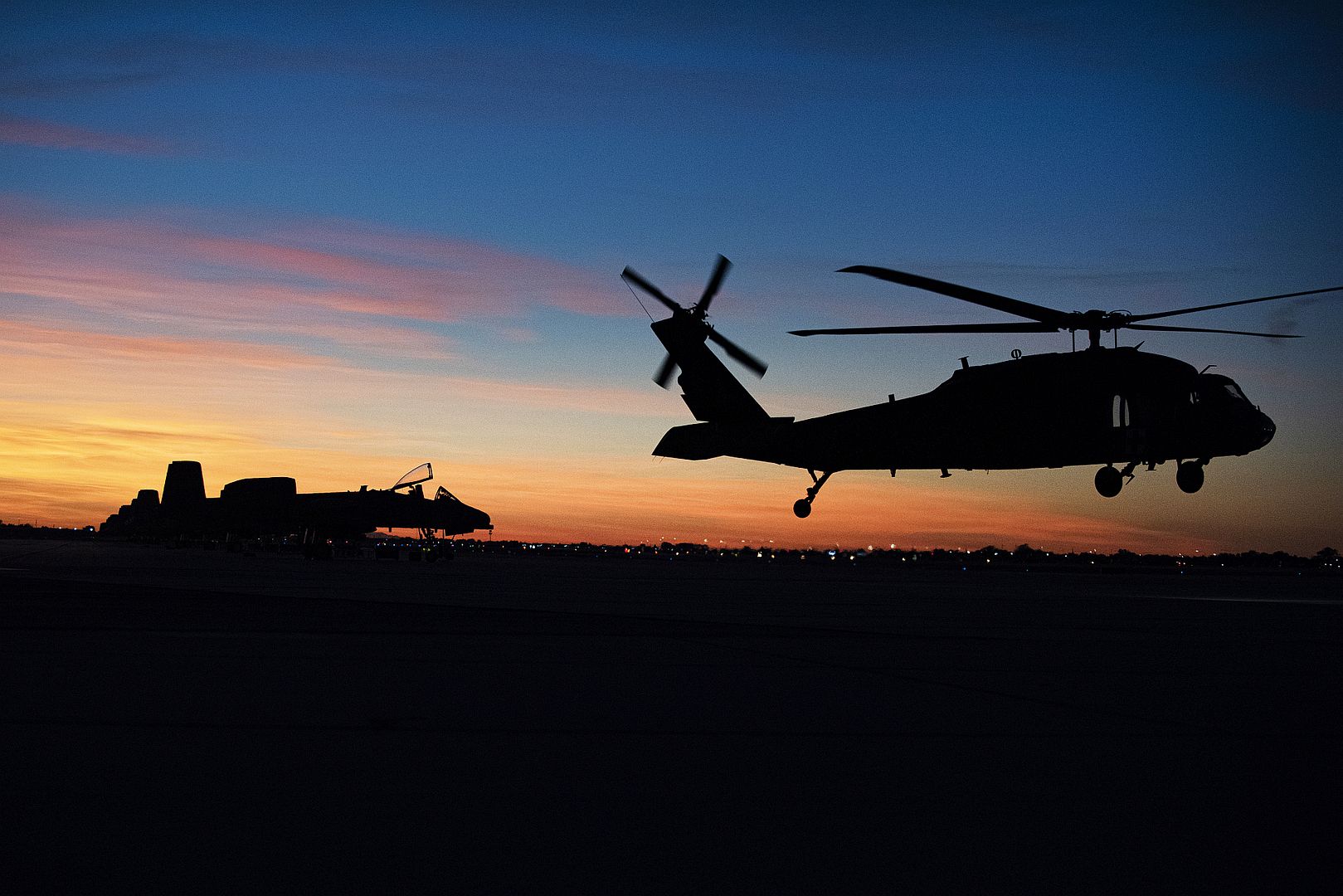

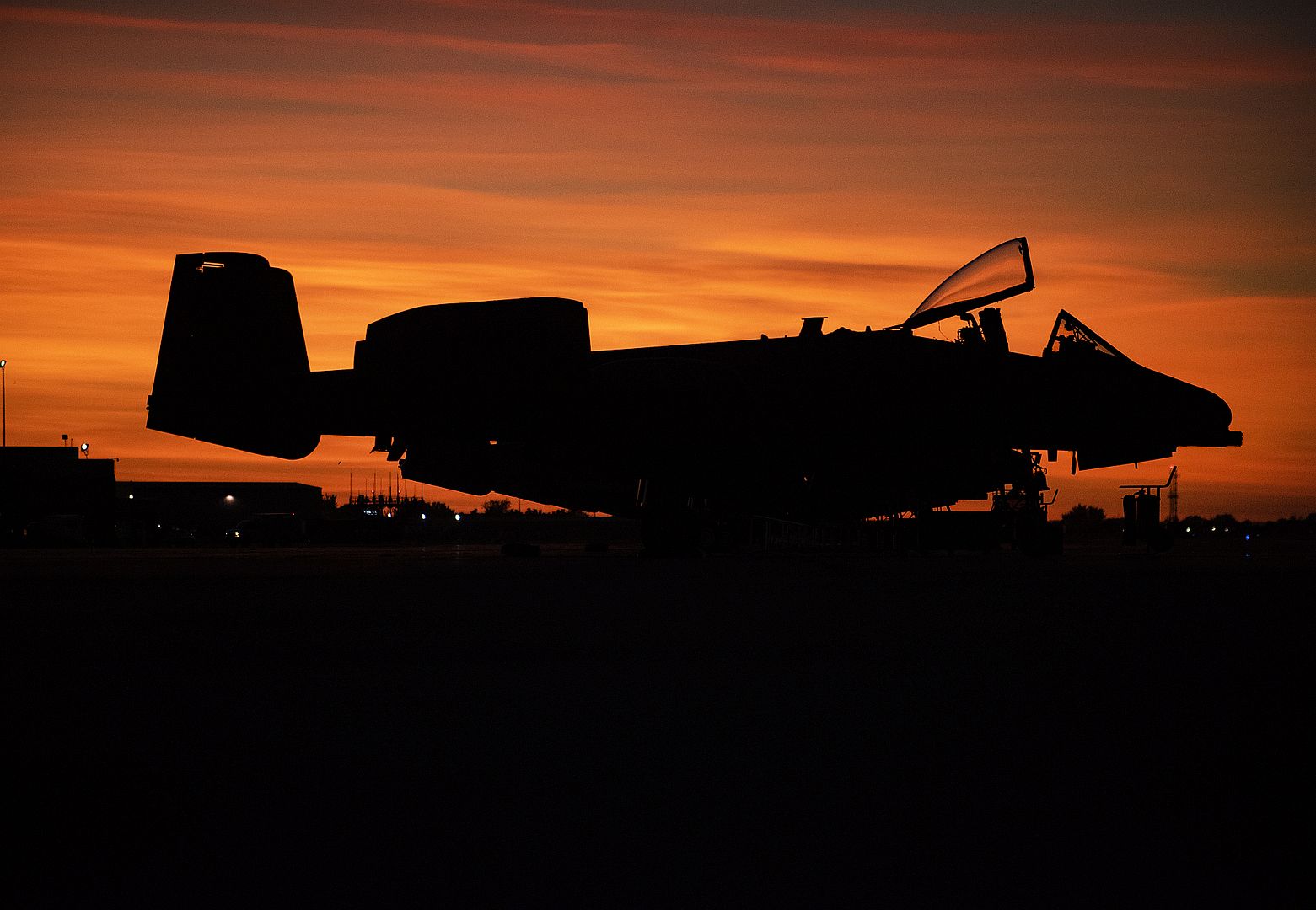
An AH-1Z Viper helicopter with Marine Light Attack Helicopter Squadron (HMLA) 367 conducts flight operations during a long range raid on Marine Corps Base Hawaii, September 23, 2021. The raid was conducted to familiarize Marines in air assaults and the ability to deliver security and stability. (U.S. Marine Corps photo by Sgt. Branden J. Bourque)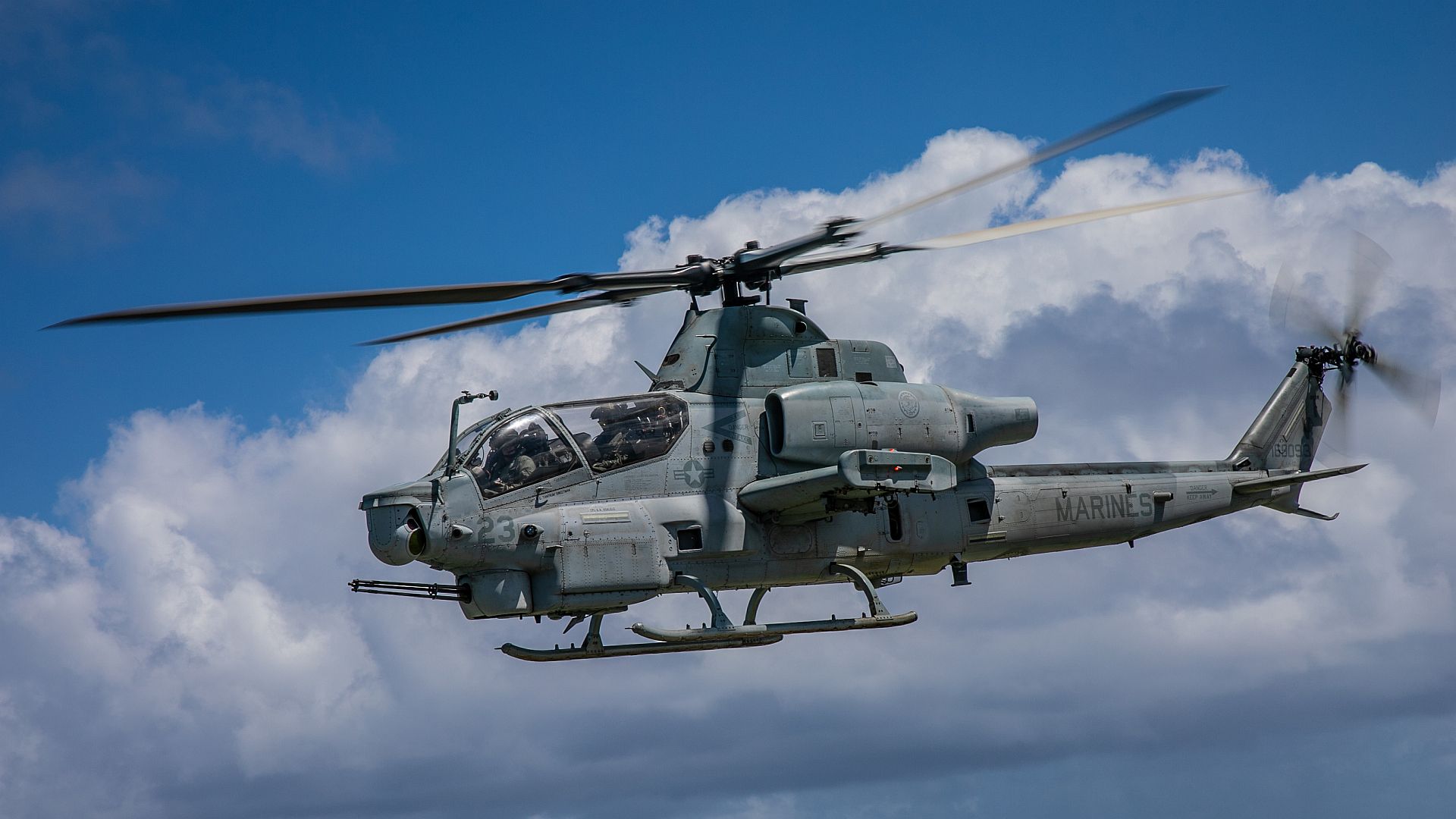
A U.S. Air Force 67th Fighter Squadron F-15C Eagle aircraft gets refueled at Marine Corps Air Station Iwakuni, Japan, during “hot pit” training, Sep. 24, 2021. This joint training, the first of its kind at the air station, provided an opportunity for the U.S. Air Force unit to exercise hot-refueling capabilities at a dissimilar airfield. MCAS Iwakuni, with its capable fuels division and its proximity to Kadena Air Force Base, is uniquely positioned to support such training. (U.S. Marine Corps Photo by Cpl. Mitchell Austin)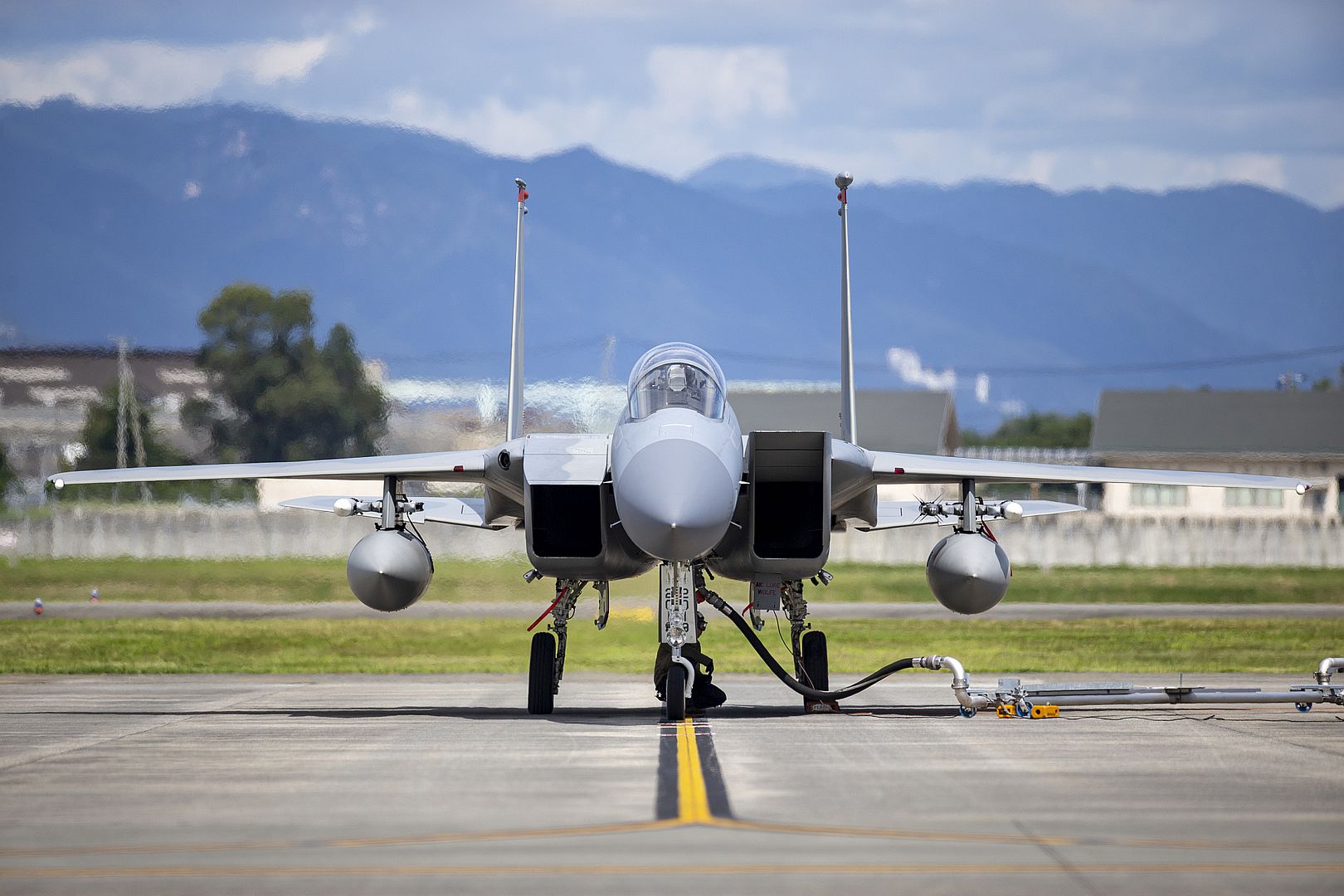
An F-15C Eagle takes off at Marine Corps Air Station Iwakuni, Japan, during “hot pit” training, Sep. 24, 2021. This joint training, the first of its kind at the air station, provided an opportunity for the U.S. Air Force unit to exercise hot-refueling capabilities at a dissimilar airfield. MCAS Iwakuni, with its capable fuels division and its proximity to Kadena Air Force Base, is uniquely positioned to support such training. (U.S. Marine Corps Photo by Cpl. Mitchell Austin)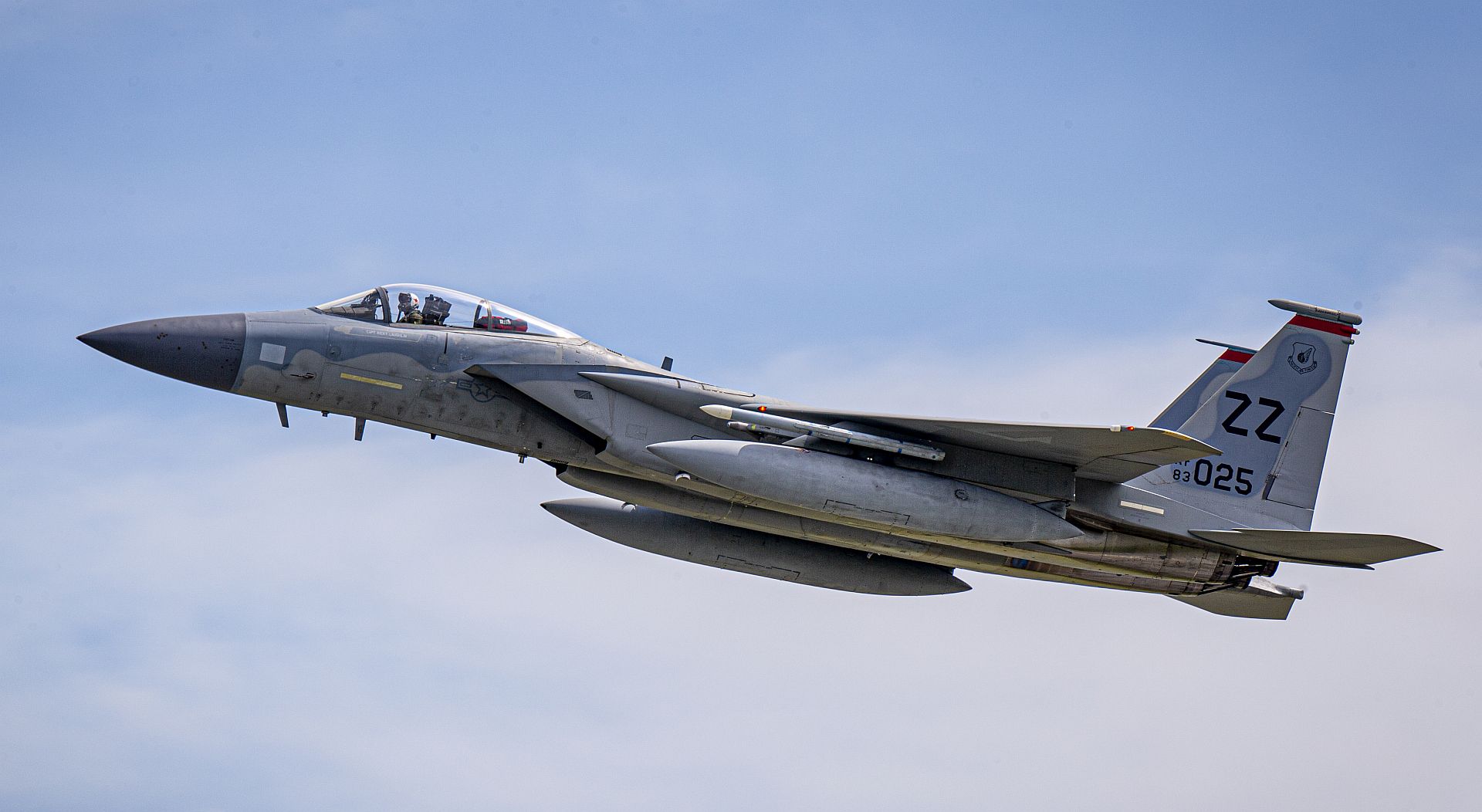
A B-1B Lancer, tail number 85-0074, taxis at Edwards Air Force Base, California, Sept. 23, for its final flight. The aircraft is the last of 17 Lancers previously identified for divestiture by Air Force Global Strike Command and flew to the boneyard at Davis-Monthan Air Force Base, Arizona. (Air Force photo by Clay Cupit)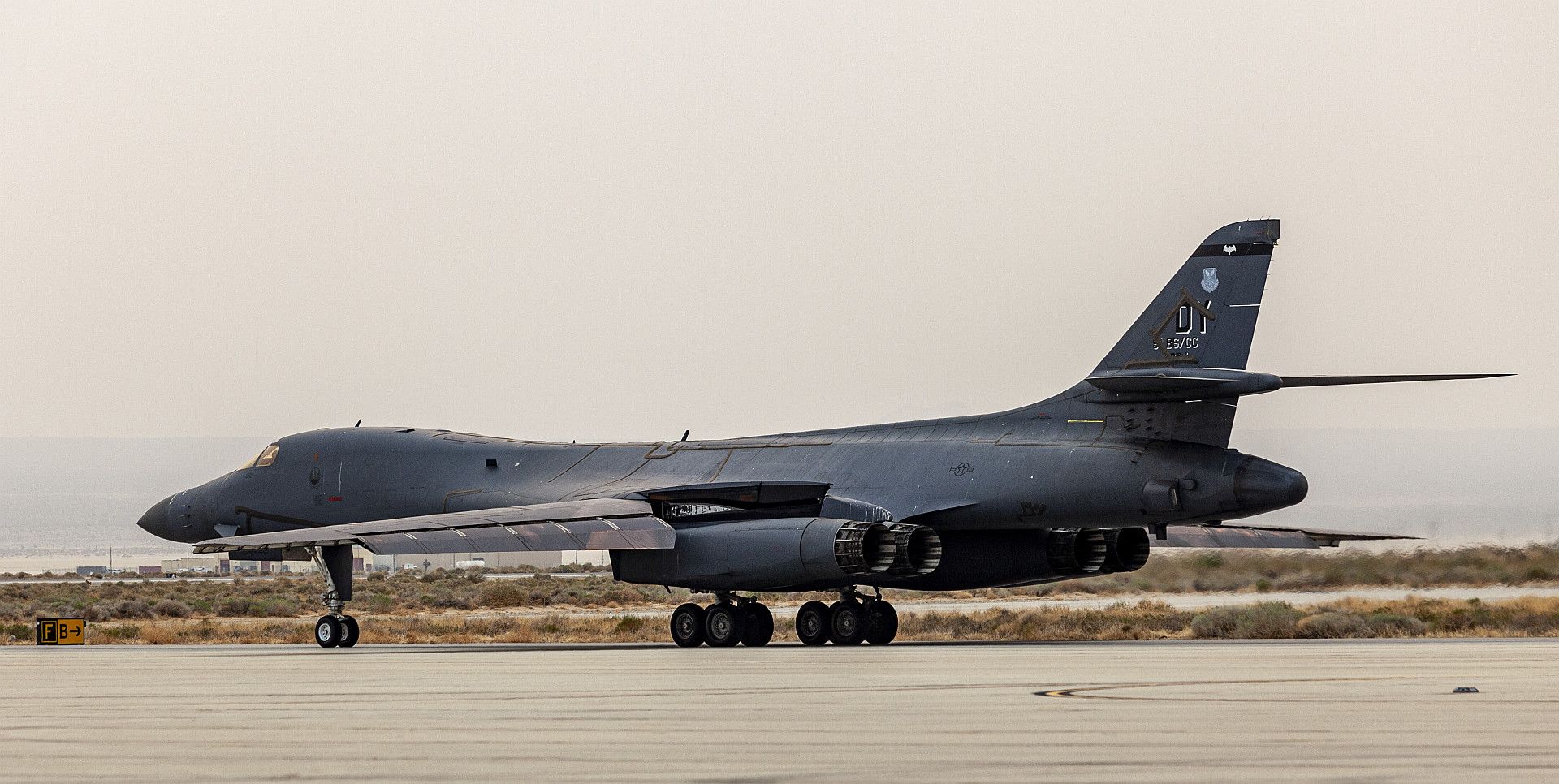
New Delhi, 24 September 2021 – India has formalised the acquisition of 56 Airbus C295 aircraft to replace the Indian Air Force (IAF) legacy AVRO fleet. It is the first ‘Make in India’ aerospace programme in the private sector, involving the full development of a complete industrial ecosystem: from the manufacture to assembly, test and qualification, to delivery and maintenance of the complete lifecycle of the aircraft.
Under the contractual agreement, Airbus will deliver the first 16 aircraft in ‘fly-away’ condition from its final assembly line in Seville, Spain. The subsequent 40 aircraft will be manufactured and assembled by the Tata Advanced Systems (TASL) in India as part of an industrial partnership between the two companies.
The first 16 aircraft will be delivered over four years after the contract implementation. All the IAF C295s will be handed over in transport configuration and equipped with an indigenous Electronic Warfare Suite.
“This contract will support the further development of India’s aerospace ecosystem, bringing investment and 15,000 skilled direct jobs and 10,000 indirect positions over the coming 10 years,” said Michael Schoellhorn, CEO of Airbus Defence and Space. “The C295 has proven again as the segment leader, and with the addition of India as a new operator, the type will enlarge its footprint even more, not only on the operational aspects but on its own industrial and technological development”.
Sukaran Singh, Managing Director and Chief Executive Officer, Tata Advanced Systems Limited, said, “This is a moment of pride for Tatas and a milestone for the Indian military manufacturing ecosystem. For the first time, an Indian private company will be wholly manufacturing an aircraft in India. This endeavour demonstrates Tata Advanced Systems’ capabilities as a defence manufacturer to build globally competitive complex platforms in India."
‘Make in India’ is at the heart of Airbus strategy in India, with the company constantly increasing the country’s contribution to its global product portfolio. The C295 programme will see Airbus bring its complete bouquet of world-class aircraft manufacturing and servicing to India in collaboration with our industrial partners, including the Tatas and leading defence public sector units such as Bharat Electronics Ltd. and Bharat Dynamics Ltd, as well as private Micro, Small and Medium Enterprises.
With a proven capability of operating from short or unprepared airstrips, the C295 is used for tactical transport of up to 71 troops or 50 paratroopers, and for logistic operations to locations that are not accessible to current heavier aircraft. It can airdrop paratroops and loads, and also be used for casualty or medical evacuation (medevac), as demonstrated during the COVID-19 crisis, using either basic litters or mobile intensive care units (ICU) with life support equipment. The aircraft can perform special missions as well as disaster response and maritime patrol duties.
The IAF becomes the 35th C295 operator worldwide, with the programme reaching 278 aircraft, 200 of which are already in operation and have booked more than half a million flight-hours.
-
 Main AdminA U.S. Air Force B-52 Stratofortress assigned to the 2nd Bomb Wing, Barksdale Air Force Base, Louisiana, flies alongside a Royal Malaysian Air Force F/A-18D Hornet and a Hawk 208 in the Indo-Pacific region, Sept. 24, 2021. The B-52 is a long range bomber with a range of approximately 8,800 miles, enabling rapid support of Bomber Task Force missions or deployments and reinforcing global security and stability. (U.S. Air Force photos by Tech. Sgt. Matthew Lotz)
Main AdminA U.S. Air Force B-52 Stratofortress assigned to the 2nd Bomb Wing, Barksdale Air Force Base, Louisiana, flies alongside a Royal Malaysian Air Force F/A-18D Hornet and a Hawk 208 in the Indo-Pacific region, Sept. 24, 2021. The B-52 is a long range bomber with a range of approximately 8,800 miles, enabling rapid support of Bomber Task Force missions or deployments and reinforcing global security and stability. (U.S. Air Force photos by Tech. Sgt. Matthew Lotz)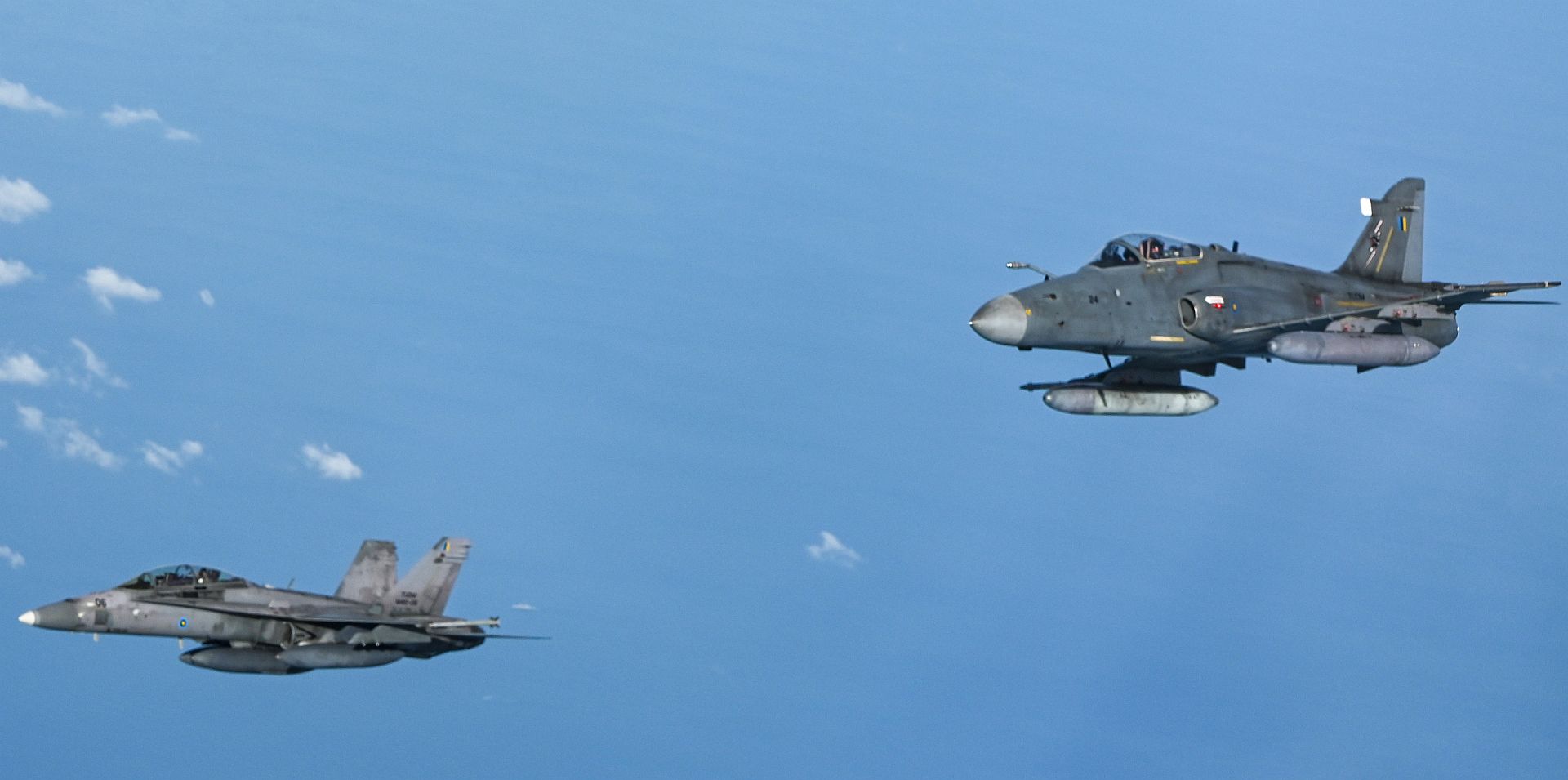

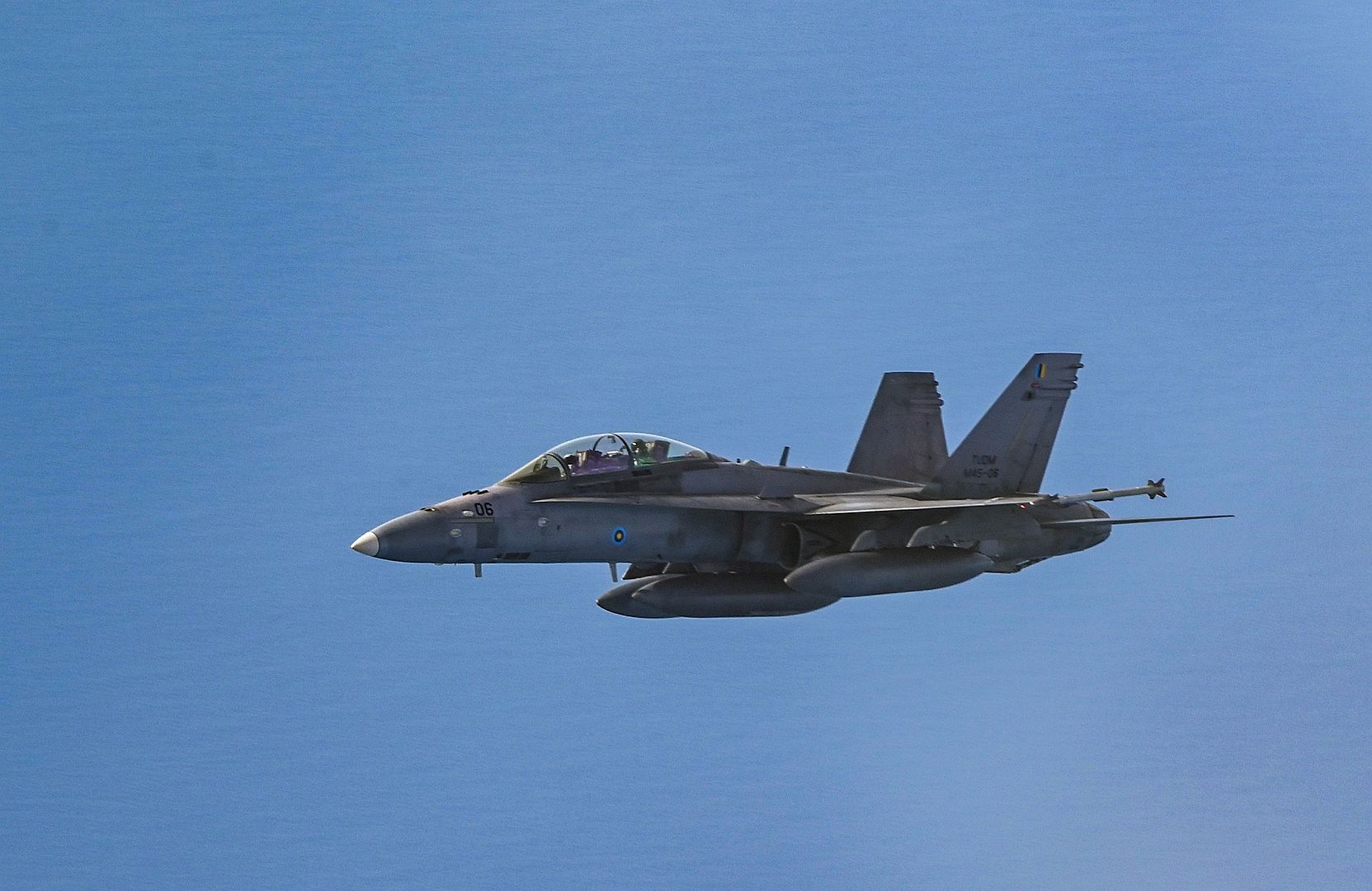
The 18th Civil Engineering Squadron simulates extinguishing a 67th Fighter Squadron F-15C Eagle fire during a Major Accident Response Exercise at Kadena Air Base, Japan, Sept. 21, 2021. The MARE exercise tests the response times and processes of various units on Kadena, familiarizing the units with emergency procedures. (U.S. Air Force photo by Airman 1st Class Cesar J. Navarro)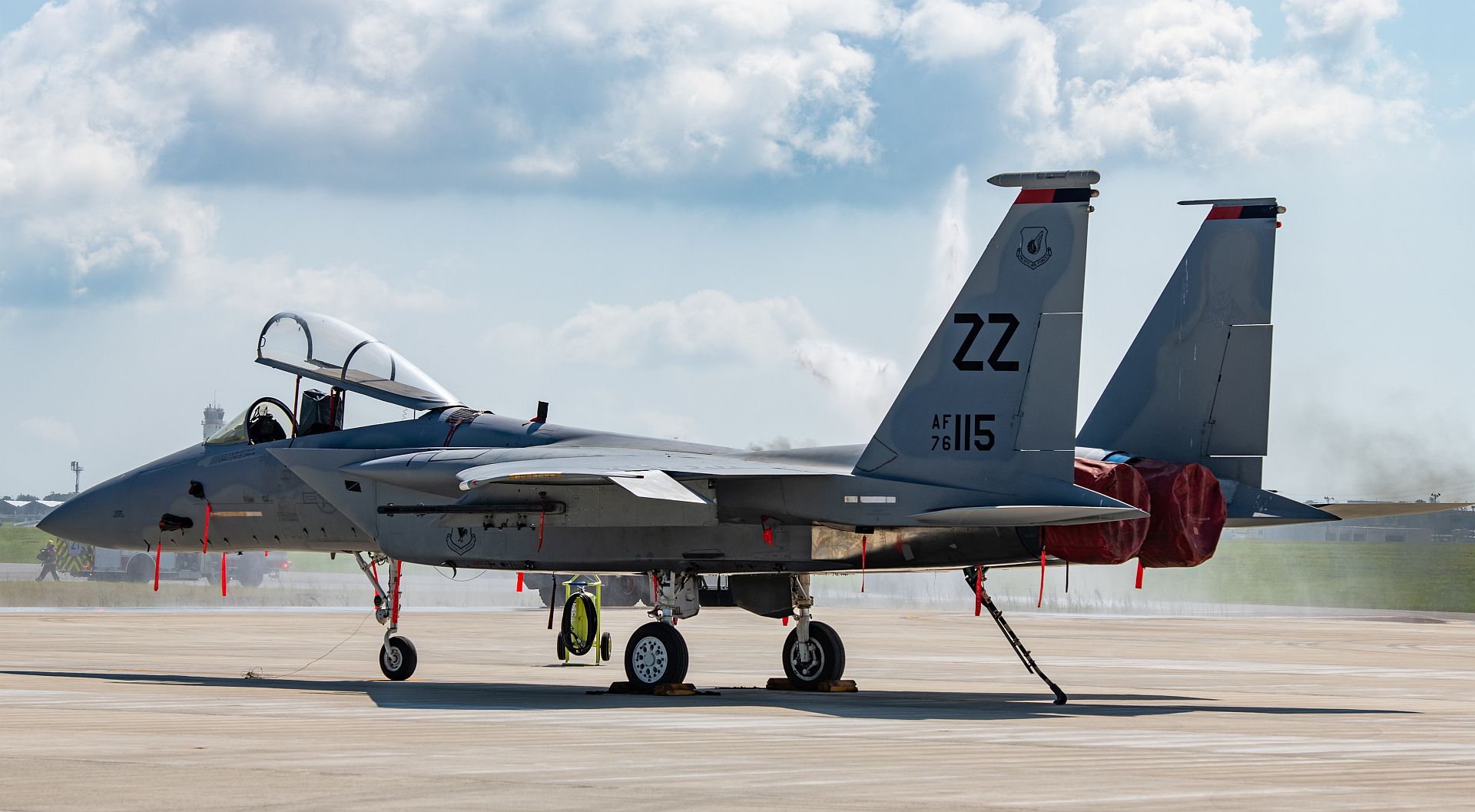
A U.S. Air Force F-15C Eagle, assigned to the 159th Fighter Squadron, Jacksonville Air National Guard Base, Florida, takes off at Tyndall Air Force Base, Florida, Sept. 20, 2021. The 159th FS participated in the 53rd Weapons Evaluation Group’s Weapons System Evaluation Program East 21.12, which serves to test pilots and their aircraft during air-to-air combat operations. (U.S. Air Force photo by Airman 1st Class Tiffany Price)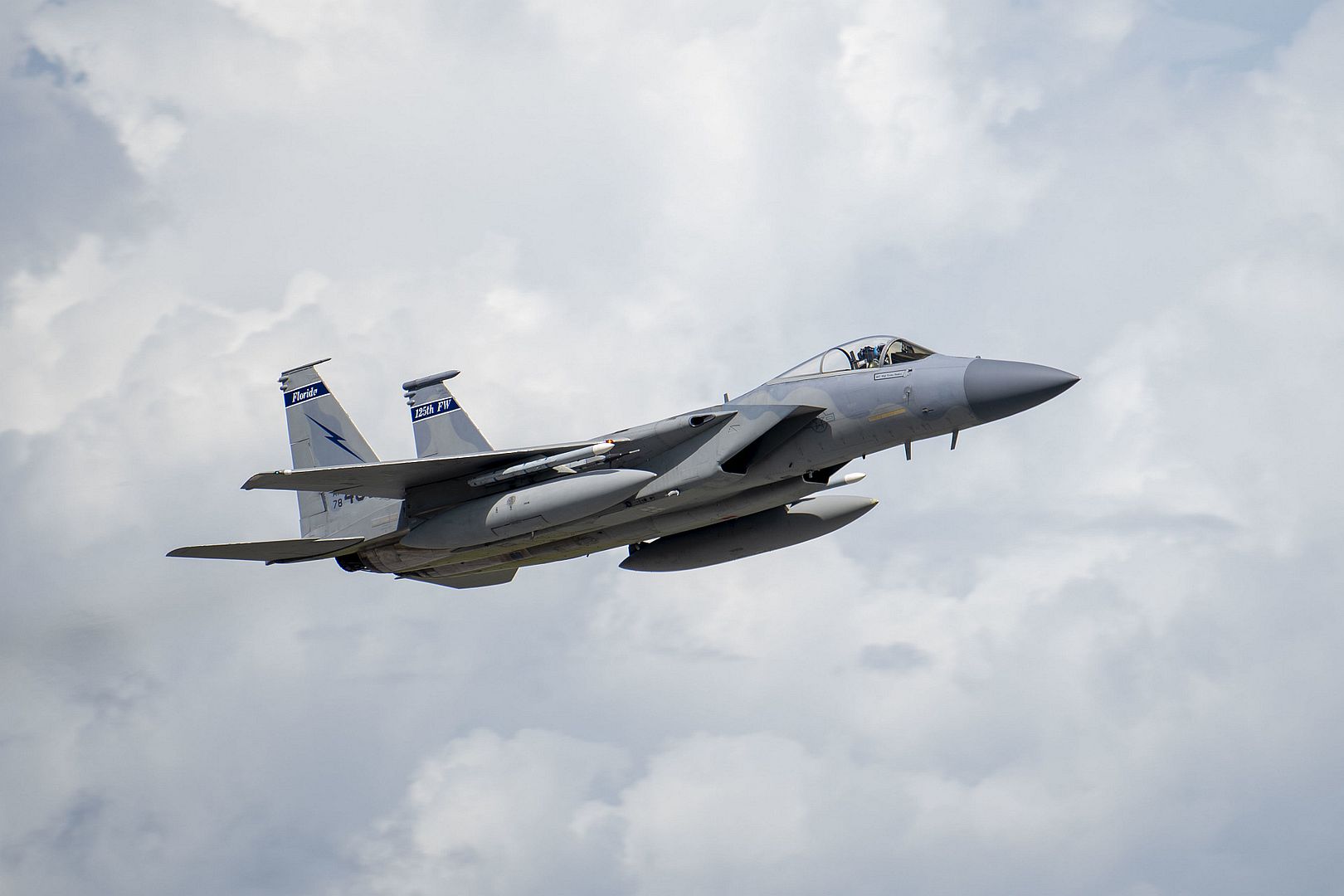
Three F-16s from Eglin Air Force Base prepare for takeoff before flying over two football games in Niceville and Crestview, Fla., Sept. 24, 2021. The Okaloosa County Schools held a Prisoner of War/Missing In Action remembrance ceremony prior to kick-off. (U.S. Air Force photo by Master Sgt. Tristan McIntire)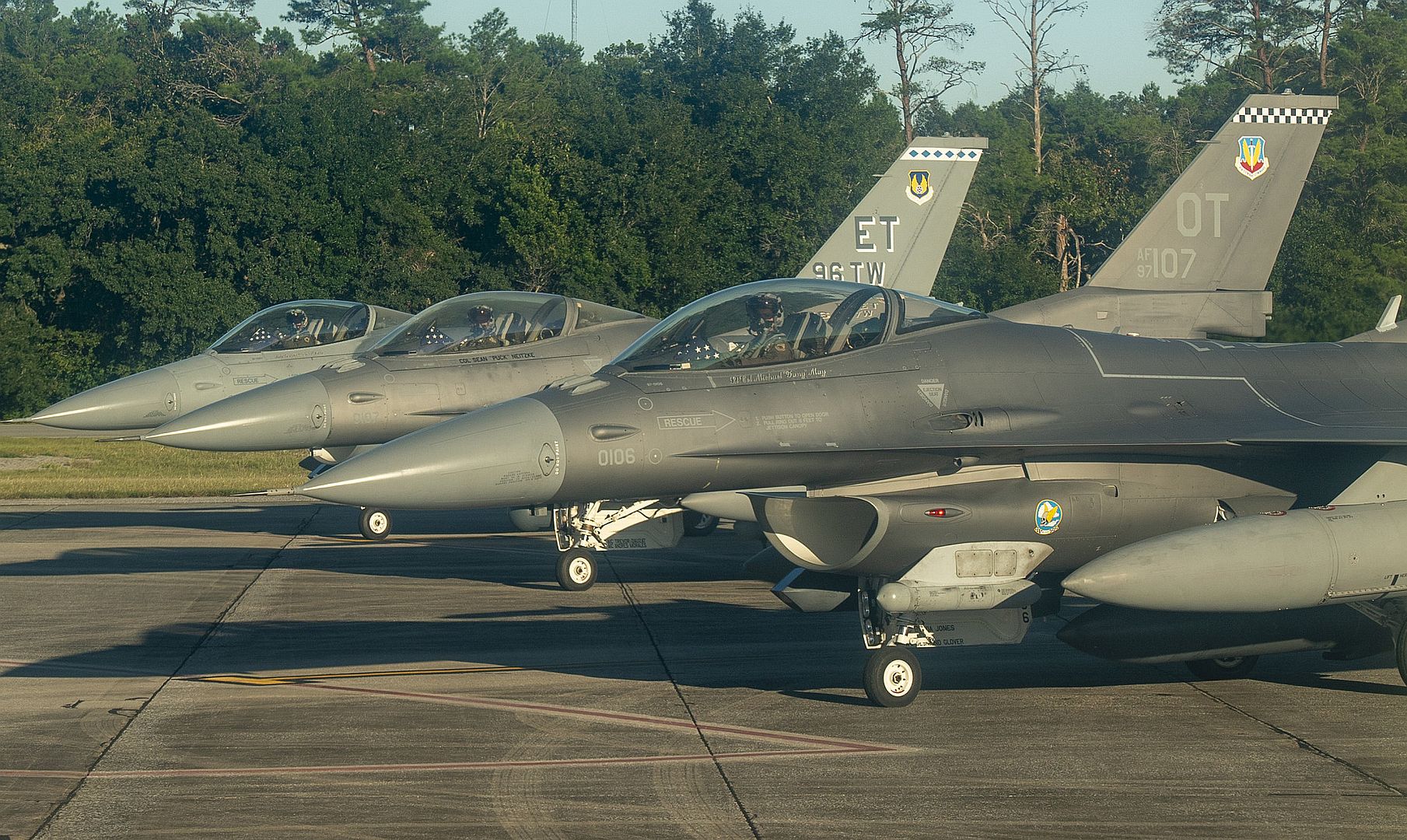
PHILIPPINE SEA (Sept. 23, 2021) ) An F/A-18F Super Hornet assigned to the Bounty Hunters of Strike Fighter Squadron (VFA) 2 launches from the Nimitz-class aircraft carrier USS Carl Vinson (CVN 70), Sept. 23, 2021. Carl Vinson Carrier Strike Group is on a scheduled deployment in the U.S. 7th Fleet area of operations to enhance interoperability through alliances and partnerships while serving as a ready-response force in support of a free and open Indo-Pacific region. (U.S. Navy photo by Mass Communication Specialist 3rd Class Jeff D. Kempton)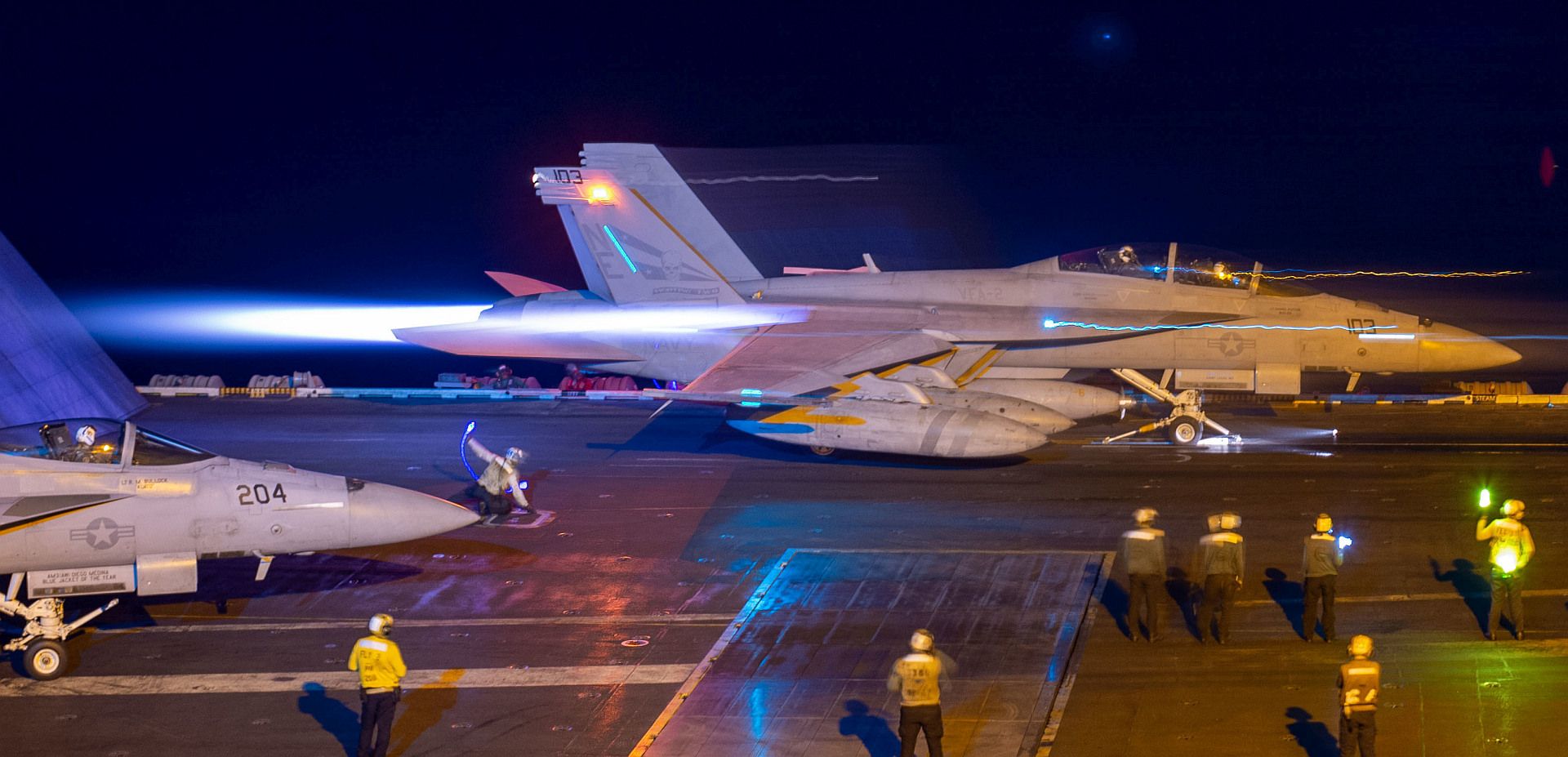
SOUTH CHINA SEA (Sept. 25, 2021) An E-2D Hawkeye, attached to the “Tiger Tails” of Airborne Early Warning Squadron (VAW) 125, lands on the flight deck of the U.S. Navy’s only forward-deployed aircraft carrier USS Ronald Reagan (CVN 76). Ronald Reagan, the flagship of Carrier Strike Group 5, provides a combat-ready force that protects and defends the United States, and supports alliances, partnerships and collective maritime interests in the Indo-Pacific region. (U.S. Navy photo by Mass Communication Specialist Seaman Matthew Mitchell)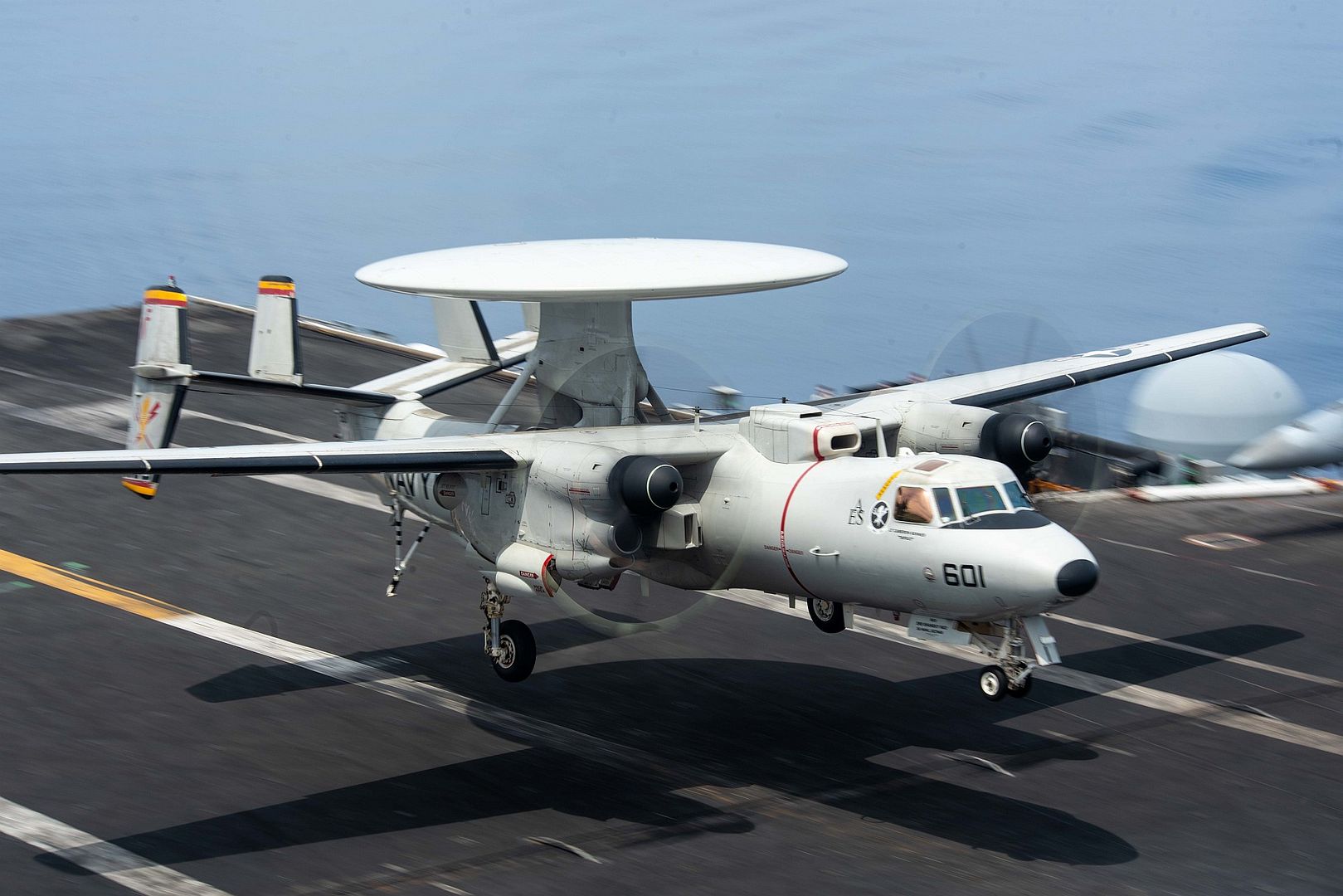
STRATFORD, Conn., Sept. 24, 2021 – Sikorsky, a Lockheed Martin company, today celebrated the first Connecticut-built CH-53K heavy-lift helicopter that will be delivered to the U.S. Marine Corps. This helicopter, which moves more troops and cargo more rapidly from ship to shore, was the first all digitally designed helicopter.
The CH-53K’s digital thread runs from design through production, maintenance, and sustainment, increasing mission availability while reducing pilot and crew workload.
“This Connecticut-built CH-53K aircraft is a testament to the Sikorsky legacy of building safe, reliable rotorcraft for decades. But the way we design, test and build helicopters has transformed,” said Paul Lemmo, President, Sikorsky. “Our employees are using digital tools and other advanced technologies such as manufacturing simulation and 3D laser inspection technology. This factory transformation is a model for all future helicopter programs at Sikorsky.”
This King Stallion™ helicopter will be stationed at Marine Corps Aviation Station New River in Jacksonville, North Carolina where Marines will conduct training flights and support the fleet with heavy-lift missions with the aircraft in preparation for the CH-53K’s first deployment in 2024. This heavy-lift helicopter is part of a 200 aircraft Program of Record for the Marine Corps with a total of 33 aircraft currently on contract and an additional nine on contract for long lead parts.
“The CH-53K helicopter provides advanced capabilities allowing Marines to get anywhere in the world where the mission requires heavy-lift logistics support,” said Deputy Commandant for Aviation, Lt. Gen. Mark R. Wise during a ceremony at Sikorsky. “This helicopter is a much safer aircraft because it can maneuver in low visibility environments. It will forward deploy Marines quickly and effectively.”
Ramping Up Production in Sikorsky’s Digital Factory
The factory floor at Sikorsky is active with six CH-53K aircraft in build, and there are 36 more in various stages of production including the nine that we are procuring long lead parts for. Sikorsky has made significant investments in workforce training, tooling, and machinery to increase the number of aircraft built and delivered year over year.
This is the first CH-53K helicopter to roll off the Stratford, Connecticut production line, with the next one set to be delivered in early 2022. Since October 2020, Sikorsky has delivered three operational CH-53K King Stallion heavy-lift helicopters to the U.S. Marine Corps in Jacksonville, North Carolina.
Flying in the Fleet Environment
The CH-53K program entered initial Operational Test & Evaluation (IOT&E) in July. Four aircraft are now in the hands of VMX-1 operational and test evaluation squadron. Marine pilots and maintainers are operating the CH-53K in a fleet environment as part of the rigorous test program.
Marines are learning to fly and maintain the CH-53K using a suite of training devices developed by Sikorsky. Pilots receive hands-on training by experiencing a highly immersive virtual environment in the Containerized Flight Training Device (CTFD). The CFTD replicates the functionality, flight characteristics, mission profiles, and unmatched capabilities of the CH-53K helicopter. The device can replicate the various environmental conditions that the aircraft is likely to fly in as well as a multitude of mission profiles in the operation of a true heavy-lift helicopter.
Maintenance personnel also prepare with a virtual aircraft environment through the Helicopter Emulation Maintenance Trainer. Marines train with an immersive experience to practice avionics and airframe maintenance in the schoolhouse in order to be fully prepared to perform maintenance on their fleet aircraft.
#OnlyTheKCan
The CH-53K is the only sea-based, long range, heavy-lift helicopter in production and will immediately provide three times the lift capability of its predecessor.
The CH-53K will further support the U.S. Marine Corps in its mission to conduct expeditionary heavy-lift assault transport of armored vehicles, equipment and personnel to support distributed operations deep inland from a sea-based center of operations, critical in the Indo-Pacific region.
The new CH-53K has heavy-lift capabilities that exceed all other DoD rotary wing-platforms, and it is the only heavy-lifter that will remain in production through 2032 and beyond.
Arlington, Va., Sept. 27, 2021 – Boeing [NYSE: BA] delivered the first of 78 contracted Block III F/A-18 Super Hornets to the U.S. Navy. Block III gives the Navy the most networked and survivable F/A-18 built with a technology insertion plan that will outpace future threats.
“The fleet needs capabilities to keep its edge,” said Capt. Jason “Stuf” Denney, U.S. Navy F/A-18 and EA-18G program manager. “Getting the first operational Block III in our hands is a great step forward in supporting our capability and readiness goals.”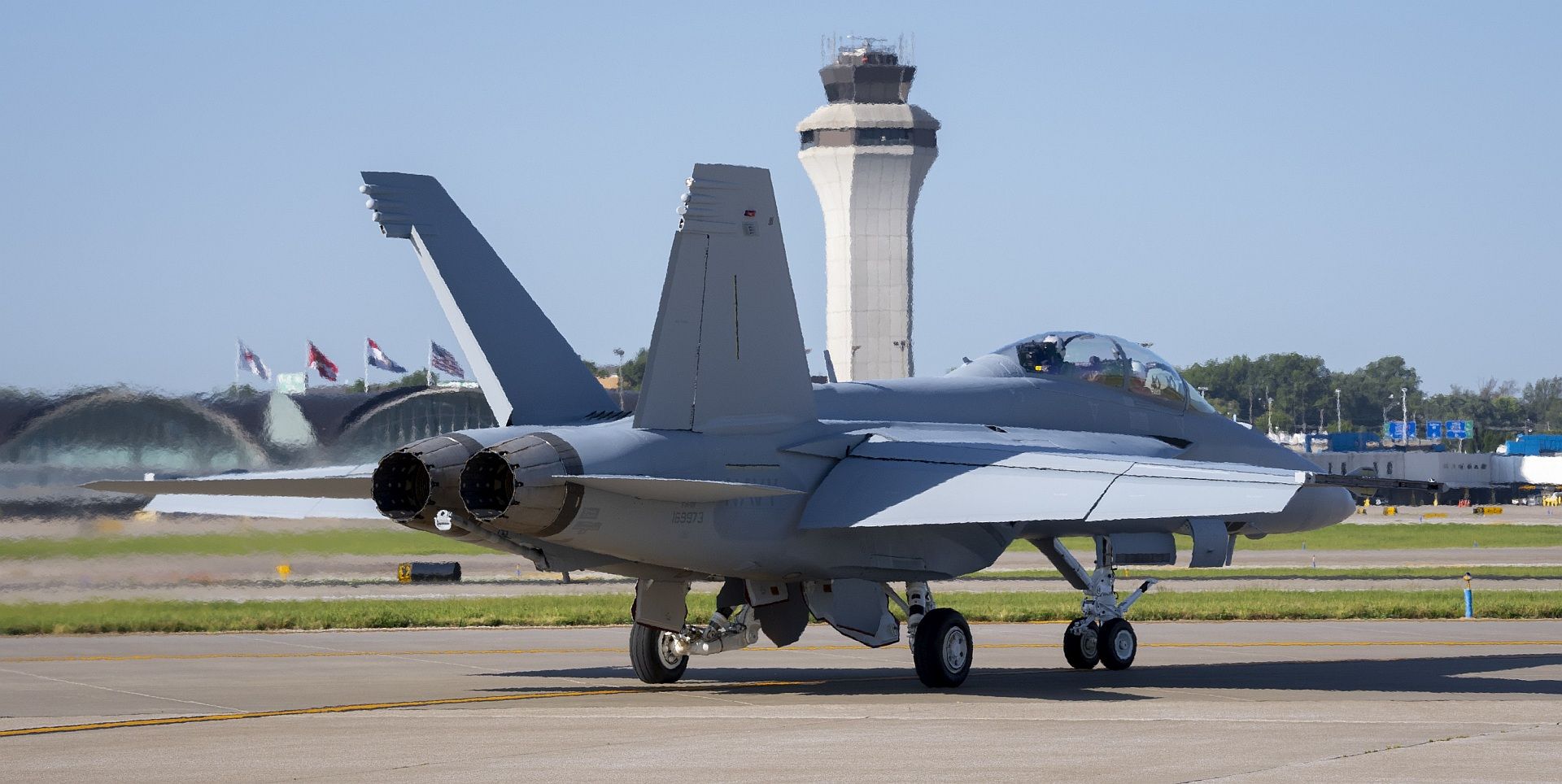
Block III’s new adjunct processor translates to a fighter that will do more work and in far less time increasing a pilot’s situational awareness. The jet is ready to receive apps-based solutions that will allow upgrades to the aircraft throughout its life span.
“We invested in Block III technology and developed the capabilities in partnership with the U.S. Navy to meet its emerging requirements,” said Jen Tebo, Boeing vice president of F/A-18 and EA-18G programs. “The hardware upgrades are complete. Today we are maximizing the open hardware and software and developing the apps to keep Block III ahead of future threats. We are giving Navy pilots the tools to make the fastest and most informed decisions possible now and in the future.”
Boeing will continue to deliver Block III capabilities to the Navy through the mid-2030s from three lines. One new build production, and two Service Life Modification lines extending the life and eventually upgrading Block II Super Hornets to Block III. The first aircraft delivered will complete the U.S. Navy flight test program before deploying to a squadron.
For more information on Boeing Defense, Space & Security, visit www.boeing.com. Follow us on Twitter: @BoeingDefense and @BoeingSpace.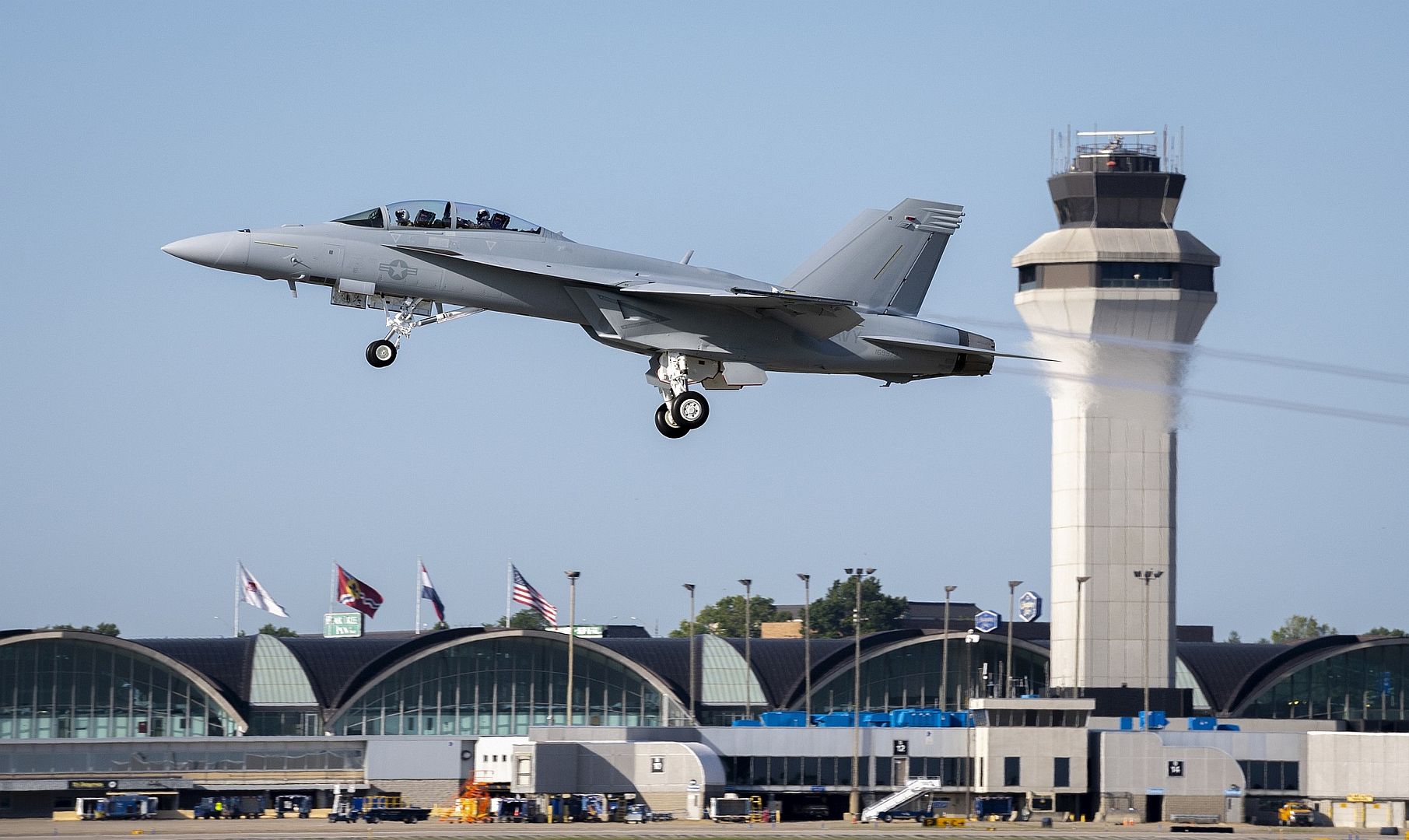
24 September 2021
Rolls-Royce North America has been selected to provide the powerplant for the B-52 Stratofortress under the Commercial Engine Replacement Program (CERP), further extending a long history of powering the United States Air Force.
The decision means the American-made Rolls-Royce F-130 engine will power the B-52 for the next 30 years. The Air Force made the announcement after a vigorous multi-year competition.
The F130 and its commercial family of engines have accumulated more than 27 million engine flight hours. The F130 is the perfect fit for the B-52 with proven reliability, superb life cycle cost, and low integration risk. A variant of the Rolls-Royce engine selected to power the iconic B-52 is already in service with the USAF around the world, powering both the C-37 and E-11 BACN aircraft.
Tom Bell, Chairman & CEO, Rolls-Royce North America, and President – Defense, said, “We are proud to join a truly iconic U.S. Air Force program and provide world-class, American-made engines that will power its missions for the next 30 years. The F130 is a proven, efficient, modern engine that is the perfect fit for the B-52.”
The F130 offers outstanding reliability with high mission readiness and low maintenance demands. Once installed, the F130 can stay on wing for the entire planned B-52 lifetime. In addition, the F130 engine will provide vastly greater fuel efficiency, increased range, and reduced tanker aircraft requirements. As importantly, the engine is ready for integration using Rolls-Royce state-of-the-art Digital Engineering tools.
Rolls-Royce will build and test the F130 engines at its Indianapolis, Indiana, facility following the recent completion of a $600 million investment to revitalize the advanced manufacturing campus -- providing some of the most technologically advanced state-of-the-art manufacturing facilities anywhere in the world. The B-52 CERP win creates demand for 650 engines to be produced at the site and will bring 150 new high-tech, high-skilled jobs for the state of Indiana.
Craig McVay, SVP Strategic Campaigns, Rolls-Royce Defense said: “This is a major win for Rolls-Royce. We’ve been planning and preparing for this outcome and are ready to hit the ground running to prove that we are the best choice for the Air Force and the B-52. Our employees stand prepared to deliver once again for the men and women who protect our freedoms every day.”
Rolls-Royce has a long and successful history providing the power to protect for U.S. military customers, having delivered thousands of engines to the U.S. Air Force for more than 70 years. Rolls-Royce powers C-130H, C-130J, CV-22 Osprey and Global Hawk in the USAF fleet – all engines designed and manufactured in Indianapolis.
“We couldn’t have reached this outcome on our own,” stated Tom. “Rolls-Royce is deeply appreciative of the strong support we have received from partners at the federal, state and city level. Thank you for all you’ve done to support our bid. This is a truly great day for Rolls-Royce, the State of Indiana, City of Indianapolis and the future of the B-52 program.”
(U.S. Air Force photo by Staff Sgt. Nicholas Crisp)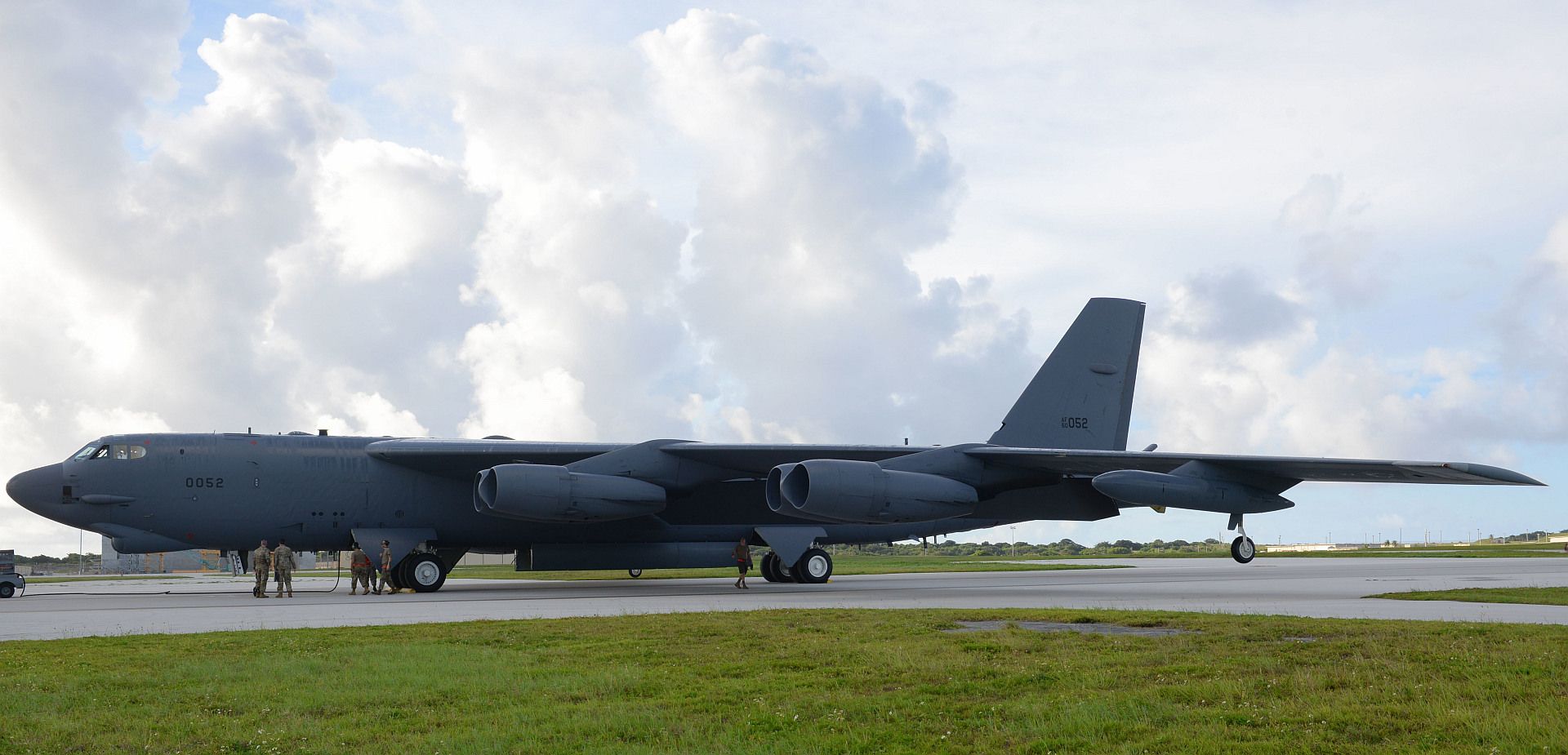
The US Naval Air Systems Command (NAVAIR) recently awarded a contract to Raytheon to upgrade 36 Royal Canadian Air Force CF-18A/B+ Hornet fighter aircraft with AN/APG-79 (V) 4 active electronically scanned array (AESA) radar.
The FMS contract, worth $ 140.4 million, is expected to be completed in March 2024. In addition to the radars, Raytheon will provide supplies and support including software, obsolescence management, engineering support, and associated technical, financial, and administrative data.
Most of the work related to this agreement will be performed in Forest, MS, and El Segundo, CA.
The proven APG-79 AESA radar system will enhance the Canadian Hornet fleet by providing the aircraft with active electronic beam scanning, thus allowing the radar beam to be steered at very high speeds.
Its agile beam also enables the multimode radar to interleave in near-real time so that pilots and crew can use both modes, simultaneously. The radar system also optimizes situational awareness and provides superior air-to-air and air-to-surface capabilities.
(Photo courtesy of the RCAF)
-
 Main AdminPHILIPPINE SEA (Sept. 27, 2021) A CMV-22B Osprey, assigned to the “Titans” of Fleet Logistics Multi-Mission Squadron (VRM) 30, prepares to take off from the flight deck of Nimitz-class aircraft carrier USS Carl Vinson (CVN 70), Sept. 27, 2021. Carl Vinson Carrier Strike Group is on a scheduled deployment in the U.S. 7th Fleet area of operations to enhance interoperability through alliances and partnerships while serving as a ready-response force in support of a free and open Indo-Pacific region. (U.S. Navy photo by Mass Communication Specialist 3rd Class Erin C. Zorich)
Main AdminPHILIPPINE SEA (Sept. 27, 2021) A CMV-22B Osprey, assigned to the “Titans” of Fleet Logistics Multi-Mission Squadron (VRM) 30, prepares to take off from the flight deck of Nimitz-class aircraft carrier USS Carl Vinson (CVN 70), Sept. 27, 2021. Carl Vinson Carrier Strike Group is on a scheduled deployment in the U.S. 7th Fleet area of operations to enhance interoperability through alliances and partnerships while serving as a ready-response force in support of a free and open Indo-Pacific region. (U.S. Navy photo by Mass Communication Specialist 3rd Class Erin C. Zorich)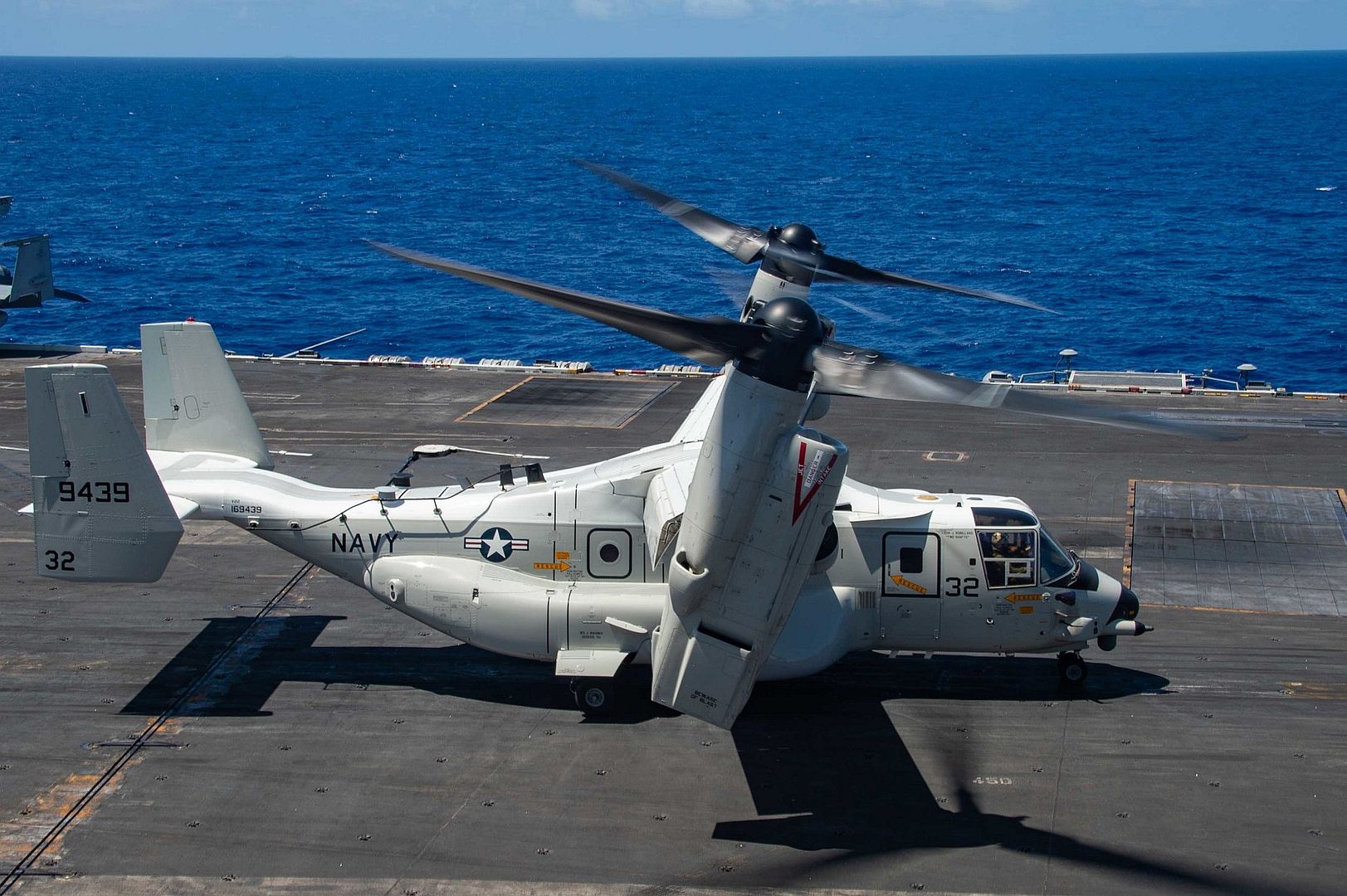
PHILIPPINE SEA (Sept. 27, 2021) A Sailor directs an E-2D Advanced Hawkeye, assigned to the “Black Eagles” of Carrier Airborne Early Warning Squadron (VAW) 113, on the flight deck of Nimitz-class aircraft carrier USS Carl Vinson (CVN 70), Sept. 27, 2021. Carl Vinson Carrier Strike Group is on a scheduled deployment in the U.S. 7th Fleet area of operations to enhance interoperability through alliances and partnerships while serving as a ready-response force in support of a free and open Indo-Pacific region. (U.S. Navy photo by Mass Communication Specialist 3rd Class Erin C. Zorich)
A T-38C Talon aircraft, the flagship of the 87th Flying Training Squadron, Laughlin Air Force Base, Texas, taxis after landing at Nellis AFB, Nevada, Sept. 24, 2021. The T-38C is a supersonic jet trainer aircraft primarily used for specialized undergraduate pilot training. (U.S. Air Force photo by William R. Lewis)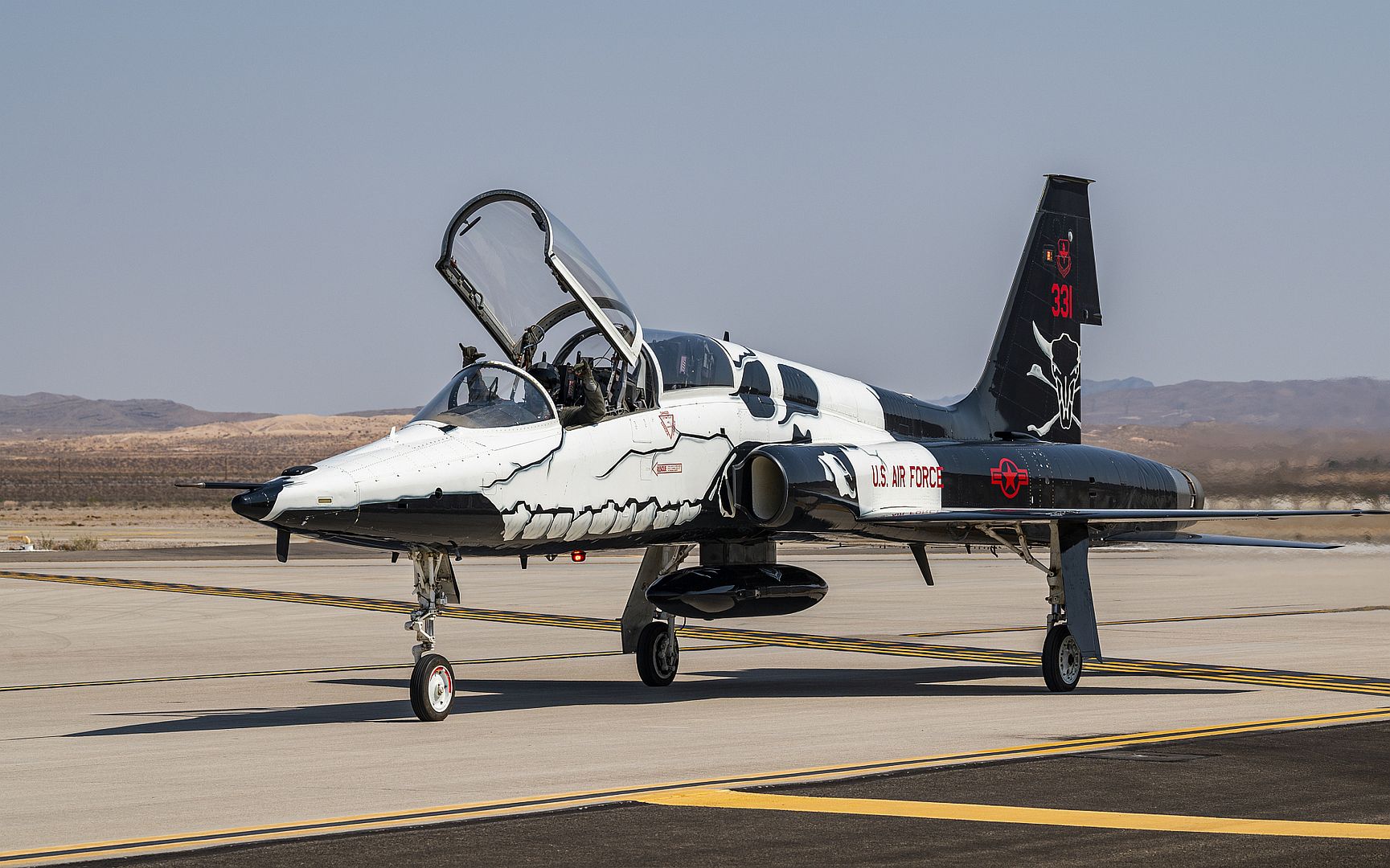
A T-38 Talon aircraft assigned to the 87th Flying Training Squadron, Laughlin Air Force Base, Texas, lands at Nellis AFB, Nevada, Sept. 24, 2021. The T-38s traveled to Nellis to participate in a first assignment instructor pilot exercise referred to as FAIP Flag. (U.S. Air Force photo by William R. Lewis)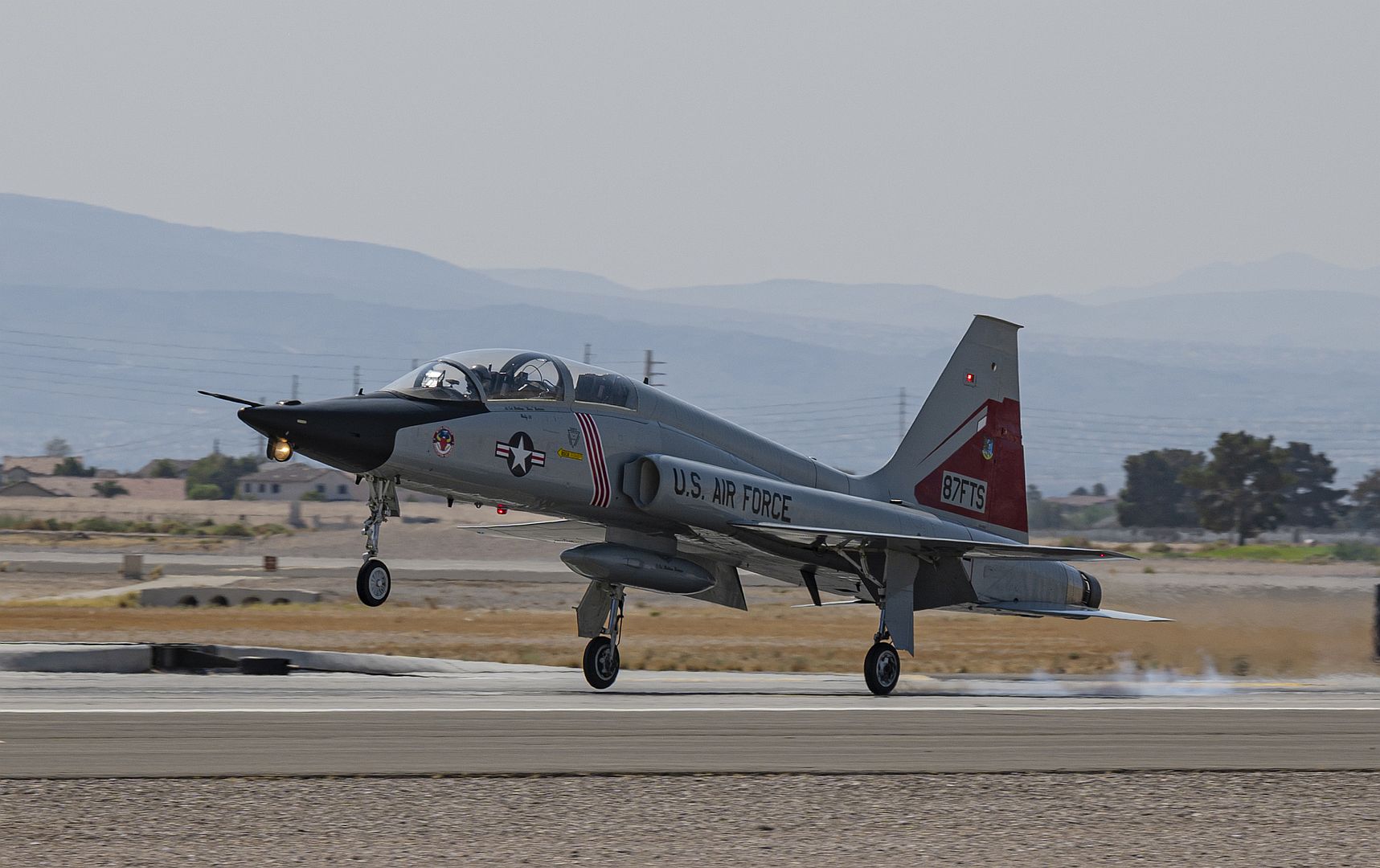
PHILIPPINE SEA (Sept. 25, 2021) An F/A-18F Super Hornet, assigned to the "Bounty Hunters" of Strike Fighter Squadron (VFA) 2, approaches the flight deck of Nimitz-class aircraft carrier USS Carl Vinson (CVN 70), Sept. 25, 2021. Carl Vinson Carrier Strike Group is on a scheduled deployment in the U.S. 7th Fleet area of operations to enhance interoperability through alliances and partnerships while serving as a ready-response force in support of a free and open Indo-Pacific region. (U.S. Navy photo by Mass Communication Specialist Seaman Mason Congleton)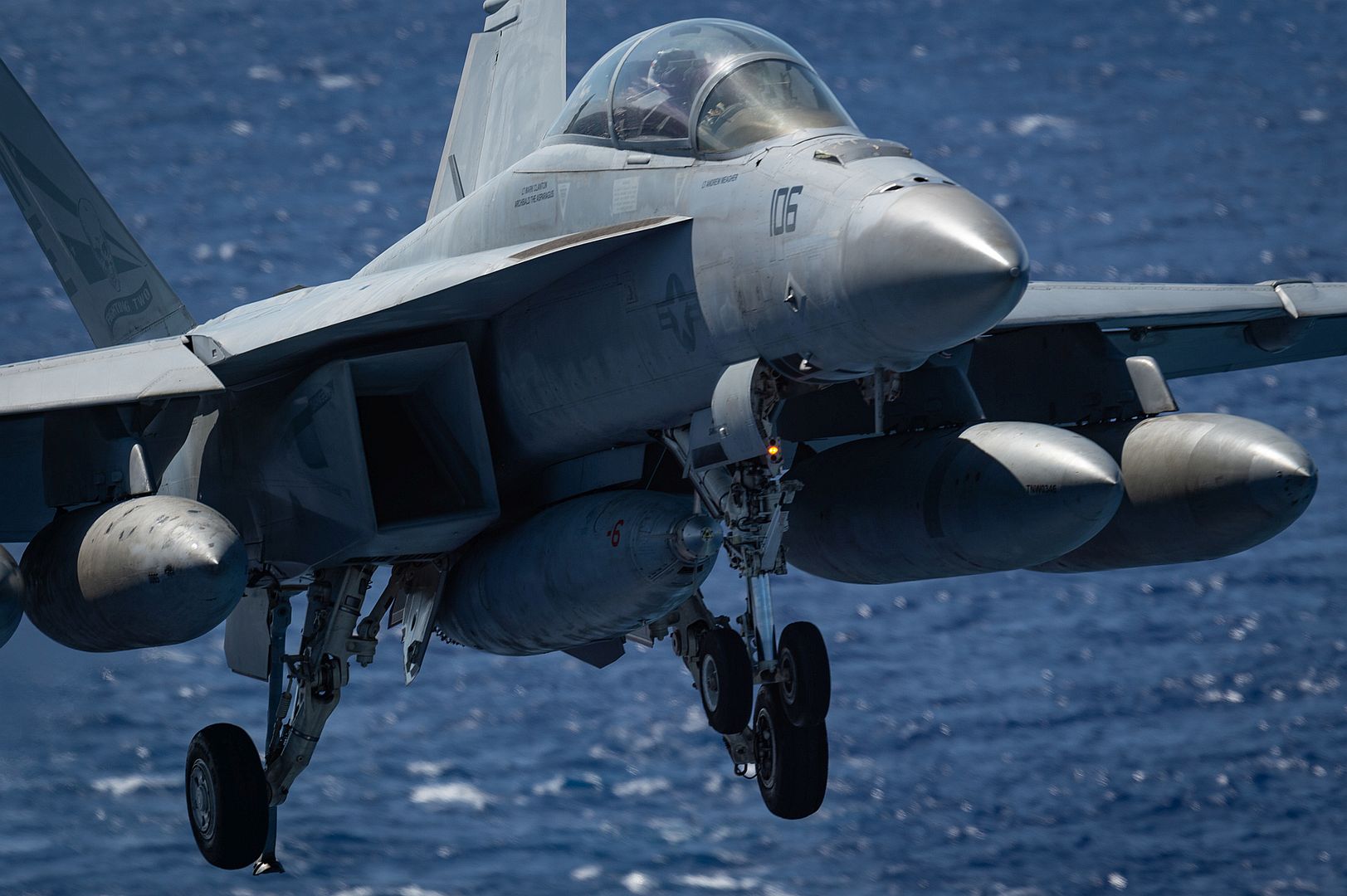
28.09.2021
Mi-24 attack helicopters and Mi-8 transport and combat helicopters of the Central Military District returned to their home airfields after participating in the joint military anti-terrorist command and staff exercise of the Shanghai Cooperation Organization (SCO) member states Peace Mission-2021 at the Donguz training ground in the Orenburg region.
The crews of more than 20 helicopters flew to airfields stationed in the Chelyabinsk, Sverdlovsk and Novosibirsk regions, covering distances from 600 to more than 2000 kilometers.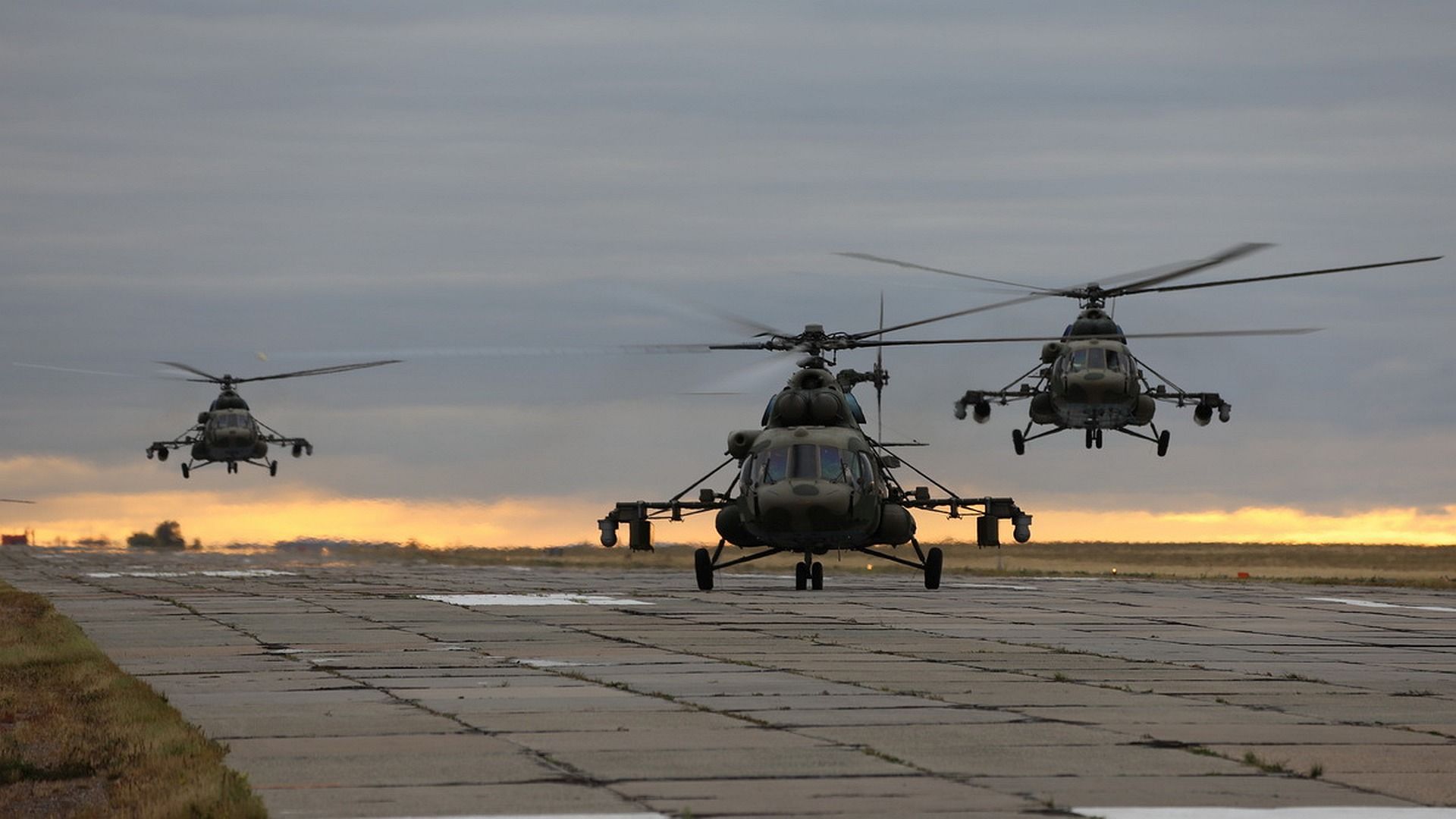
During the international anti-terrorist exercise Peace Mission-2021, army aviation crews were involved in working out three tactical episodes, within the framework of which they provided fire support to ground forces, performed the installation of minefields from the air, landed tactical airborne troops of the united group of troops, and also performed tasks for transport support of the international exercise Peace Mission-2021.
The joint military anti-terrorist command and staff exercise of the armed forces of the Shanghai Cooperation Organization member states Peace Mission-2021 was held from September 20 to 24, 2021 at the Donguz training ground in the Orenburg region. The main objectives of the exercise were: improving the coherence of the management bodies of the coalition group of troops in the preparation and conduct of a joint anti-terrorist operation, exchanging experience in countering terrorism, as well as mastering the basic tactical techniques and methods of action of the forces (troops) under the leadership of the joint military administration body.
The joint anti-terrorist exercise of the member States of the Shanghai Cooperation Organization Peace Mission has been held every two years since the organization was established in 2001.
(Photos courtesy of the Ministry of Defence of the Russian Federation)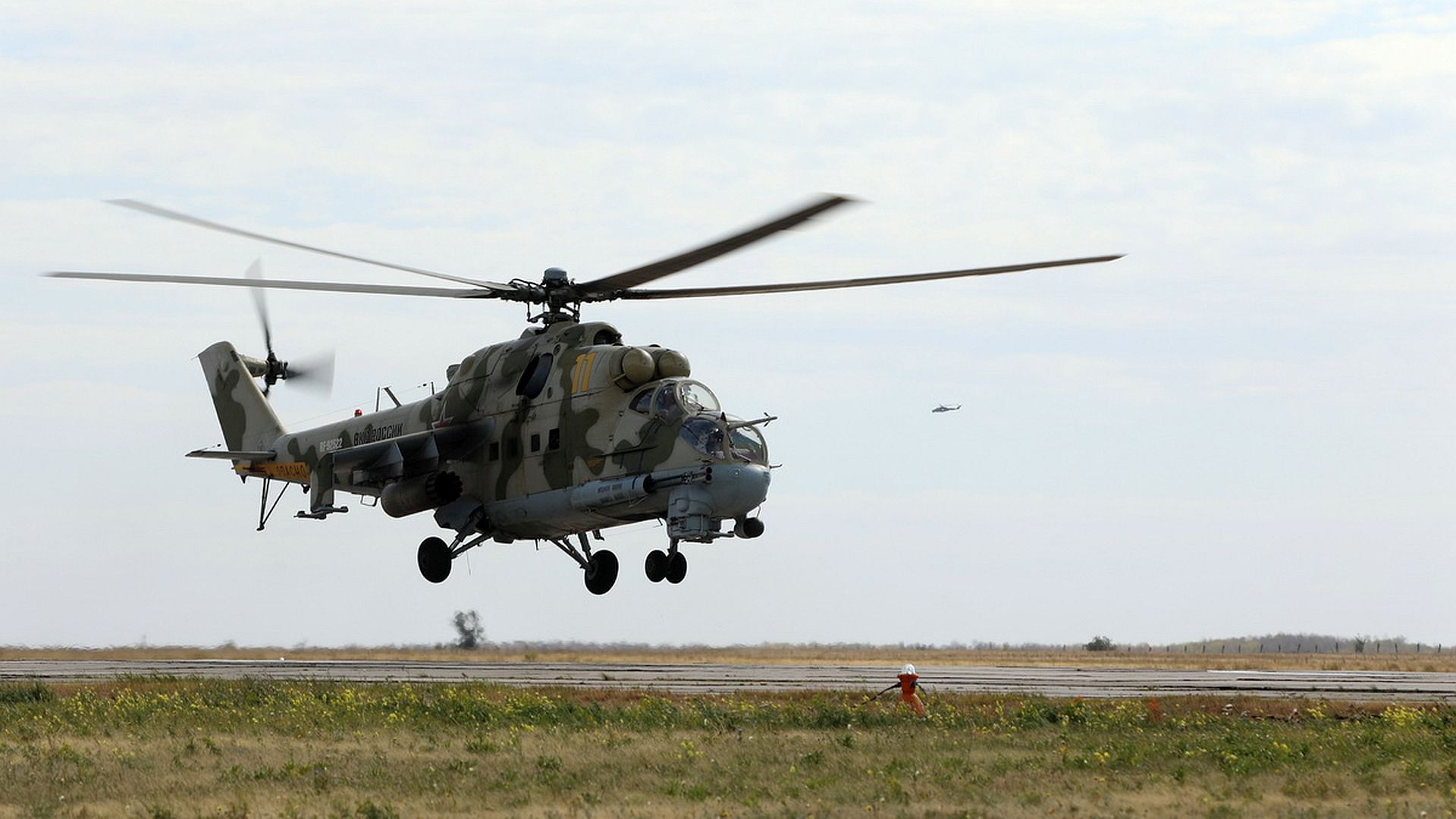
ZHUHAI, China, Sept. 28, 2021—Boeing and Guangzhou Aircraft Maintenance Engineering Company Limited (GAMECO) today announced plans to create additional capacity for the 767-300 Boeing Converted Freighter (BCF) to help meet continued strong market demand.
The agreement, revealed by the two companies during a signing ceremony at the China International Aviation & Aerospace Exhibition in Zhuhai, will expand freighter conversion capacity at GAMECO, opening two new 767-300BCF conversion lines next year.
“It was mutually beneficial to continue building our relationship with GAMECO to provide additional conversion capacity for the 767-300BCF while supporting growth in the region,” said Peter Gao, vice president, Boeing Commercial Sales and Marketing for China. “GAMECO has demonstrated excellent execution on the 737-800BCF program. We know it will bring the same expertise and proven capability to help deliver our medium widebody freighter conversions to our global customers.”
GAMECO will be the first MRO in China to convert the 767-300BCF and the only MRO converting both the 767-300BCF and the 737-800BCF. Earlier this year, GAMECO announced plans to open a third 737-800BCF conversion line.
“GAMECO is very proud to extend its relationship with Boeing and their converted freighter program to include another aircraft type,” said Norbert Marx, general manager, GAMECO. “The introduction of the 767-300BCF program further grows GAMECO’s regional presence and enhances our strategic focus around meeting the strong customer demand. We will open the 767-300BCF conversion lines in our new hangar.”
Boeing forecasts 1,720 freighter conversions will be needed over the next 20 years. Of those, 520 will be widebody conversions with Asia carriers accounting for more than 40 percent of that demand. The 767-300BCF has more than 95 orders and commitments.
-
 Main AdminU.S. Marine Corps F/A-18 Hornet aircraft with Marine Fighter Attack Squadron (VMFA) 112 taxi the flight line at Marine Corps Air Station (MCAS) Iwakuni, Japan, in support of Noble Jaguar 2021, Sept. 29, 2021. The Marine Corps and Navy leverage integrated command and control and joint sensors to expand battlefield awareness, share targeting data, and conduct long-range precision strikes in support of sea control and sea denial in contested and distributed maritime environments. III Marine Expeditionary Force executed these actions as a part of an integrated operation with 7th fleet to maintain readiness and demonstrate U.S. resolve to preserve regional security. (U.S. Marine Corps photo by Lance Cpl. Tyler Harmon)
Main AdminU.S. Marine Corps F/A-18 Hornet aircraft with Marine Fighter Attack Squadron (VMFA) 112 taxi the flight line at Marine Corps Air Station (MCAS) Iwakuni, Japan, in support of Noble Jaguar 2021, Sept. 29, 2021. The Marine Corps and Navy leverage integrated command and control and joint sensors to expand battlefield awareness, share targeting data, and conduct long-range precision strikes in support of sea control and sea denial in contested and distributed maritime environments. III Marine Expeditionary Force executed these actions as a part of an integrated operation with 7th fleet to maintain readiness and demonstrate U.S. resolve to preserve regional security. (U.S. Marine Corps photo by Lance Cpl. Tyler Harmon)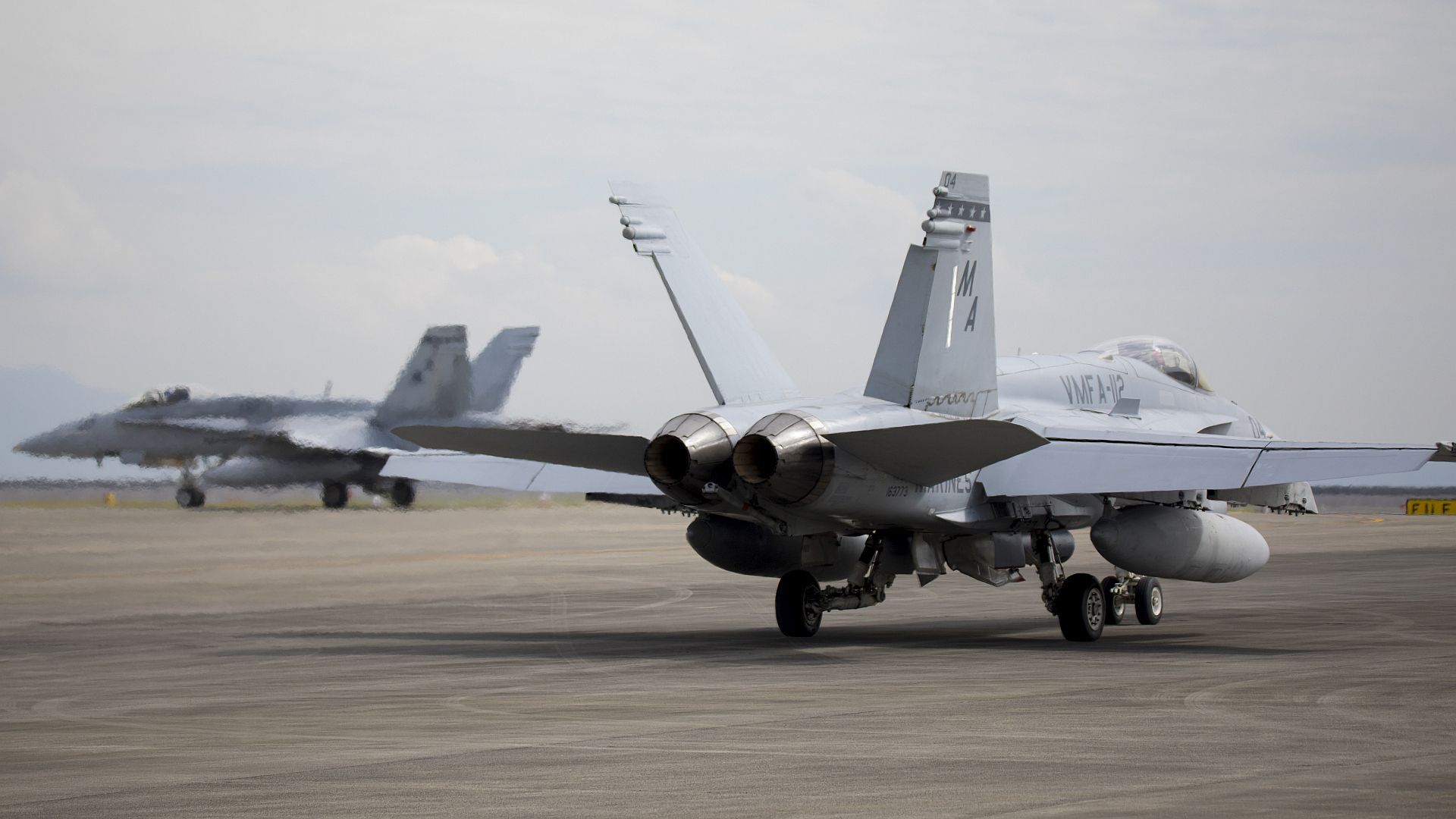
A U.S. Marine Corps F/A-18 Hornet aircraft with Marine Fighter Attack Squadron (VMFA) 112 takes off from Marine Corps Air Station (MCAS) Iwakuni, Japan, in support of Noble Jaguar 2021, Sept. 29, 2021. The Marine Corps and Navy leverage integrated command and control and joint sensors to expand battlefield awareness, share targeting data, and conduct long-range precision strikes in support of sea control and sea denial in contested and distributed maritime environments. III Marine Expeditionary Force executed these actions as a part of an integrated operation with 7th fleet to maintain readiness and demonstrate U.S. resolve to preserve regional security. (U.S. Marine Corps photo by Lance Cpl. Tyler Harmon)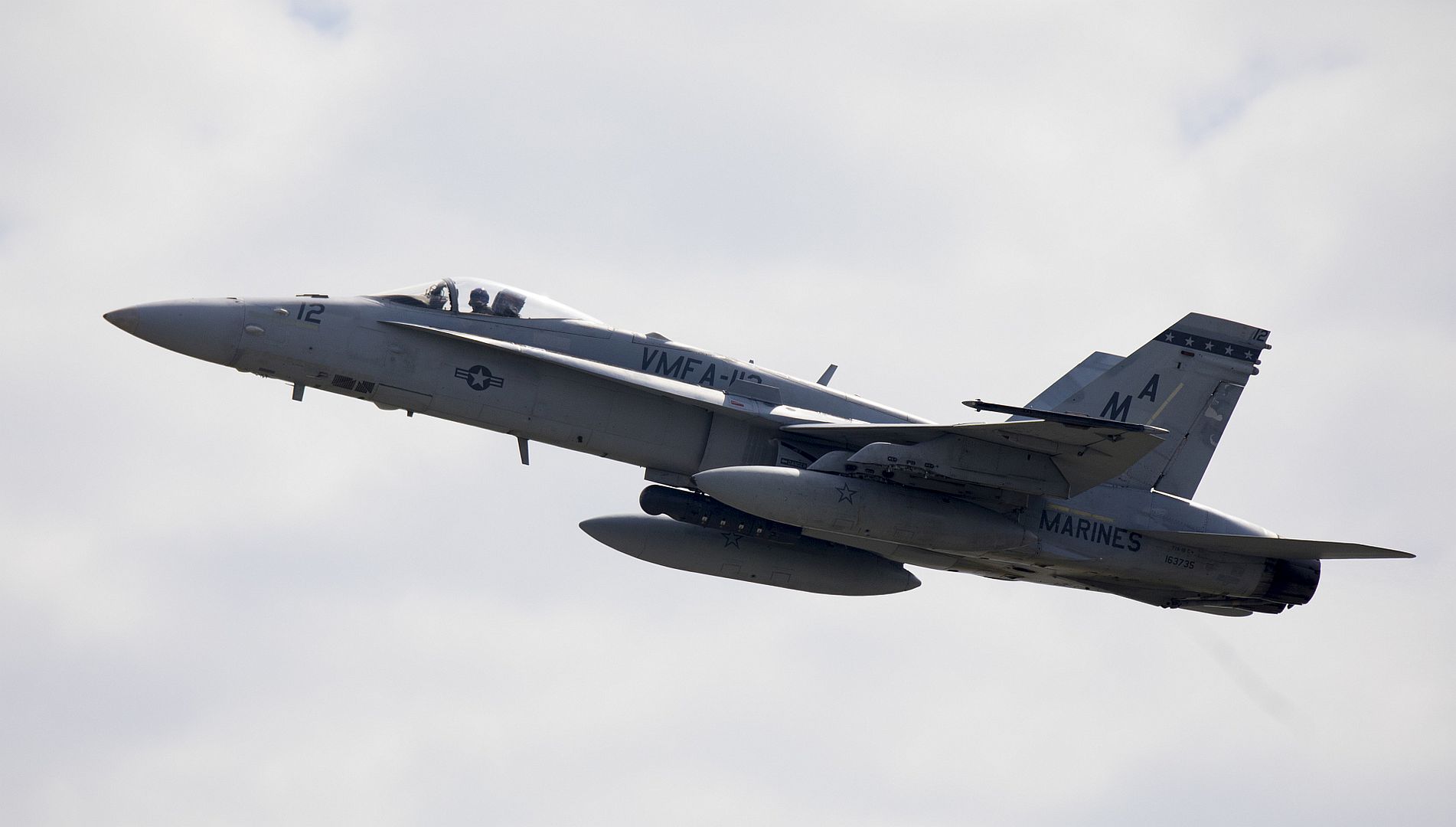
EASTERN PACIFIC OCEAN (Sept. 28, 2021) A Peruvian naval UH-3H Sea King Helicopter flies overhead BAP Carrasco (BOP 171) during a training exercise as part of UNITAS LXII, Sept. 28. UNITAS is the world's longest-running maritime exercise. Hosted this year by Peru, it brings together multinational forces from 20 countries and includes 32 ships, four submarines, and 26 aircraft conducting operations off the coast of Lima and in the jungles of Iquitos. The exercise trains forces to conduct joint maritime operations and focuses on strengthening partnerships and increasing interoperability and capability between participating naval and marine forces. (U.S. Navy Photo by Mass Communication Specialist 2nd Class James S. Hong/Released)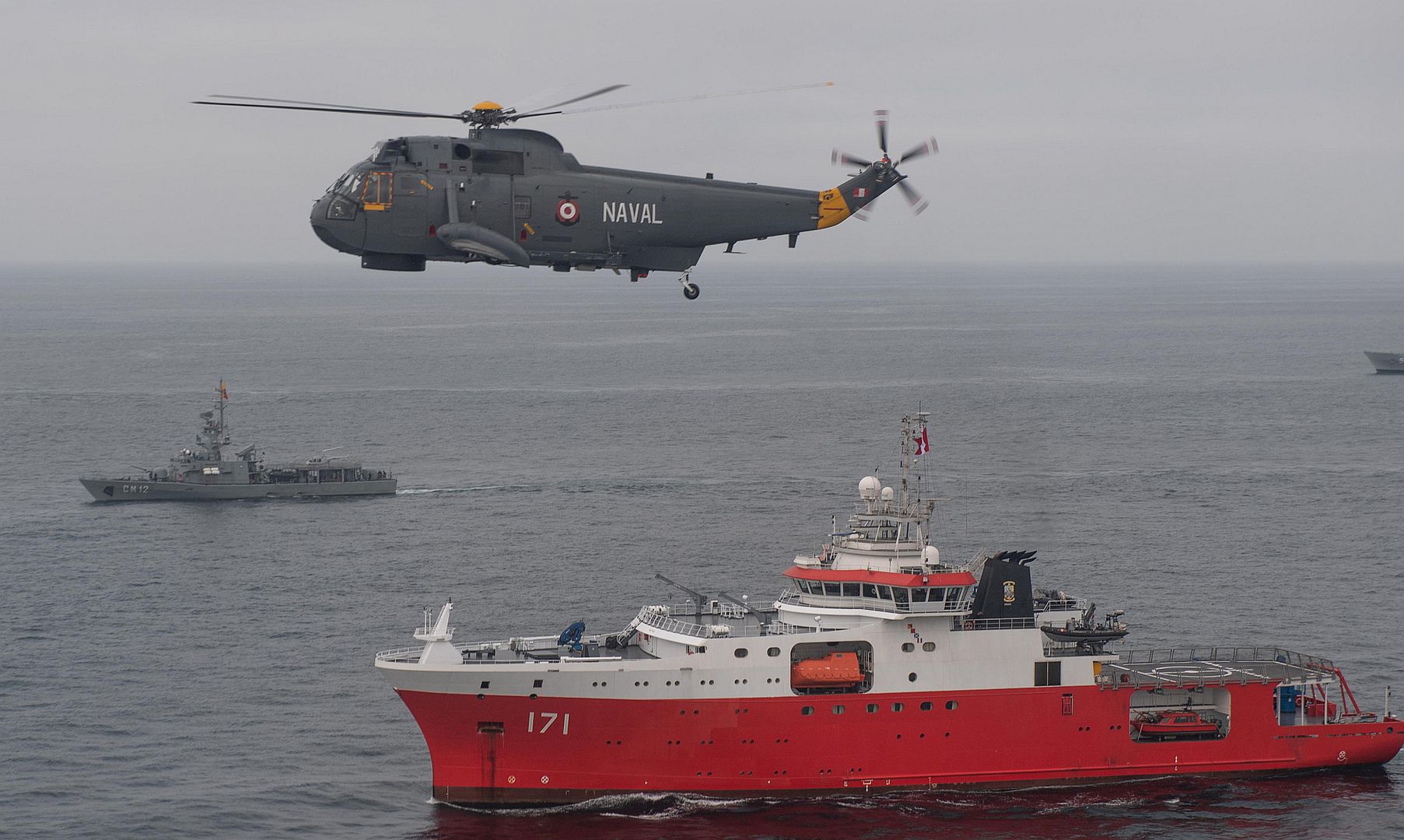
MISAWA, Japan (Sept. 28, 2021) – An EA-18G Growler, assigned to the “Yellow Jackets" of Electronic Attack Squadron (VAQ) 138, launches from Misawa Air Base. VAQ-138 is an expeditionary squadron deployed to Naval Air Facility Misawa supporting security and stability in the U.S. 7th Fleet area of operations. (U.S. Navy photo by Mass Communication Specialist 3rd Class Benjamin Ringers)
PHILIPPINE SEA (Sept. 27, 2021) An F/A-18F Super Hornet, assigned to the “Bounty Hunters” of Strike Fighter Squadron (VFA) 2, taxis on the flight deck of Nimitz-class aircraft carrier USS Carl Vinson (CVN 70), Sept. 27, 2021. Carl Vinson Carrier Strike Group is on a scheduled deployment in the U.S. 7th Fleet area of operations to enhance interoperability through alliances and partnerships while serving as a ready-response force in support of a free and open Indo-Pacific region. (U.S. Navy photo by Mass Communication Specialist 3rd Class Jeff D. Kempton)
An F-16 Fighting Falcon from the Egyptian Armed Forces receives fuel from a KC-135 Stratotanker assigned to the 93rd Expeditionary Air Refueling Squadron during Bright Star 21, over northern Egypt, Sept. 15, 2021. The 93rd EARS supported aerial refueling during Bright Star to both ensure participation from U.S. Air Force F-15E Strike Eagle aircraft assigned to the 332nd Air Expeditionary Wing and provide training qualification opportunities for 12 Egyptian air force F-16 Fighting Falcon pilots. Bright Star 21 occurred from Sept. 2-16, 2021, and comprised three main events: a command post exercise, field training exercise and senior leader seminar. Bright Star builds on the strategic relationship between the U.S. and Egypt to support counterterrorism, contribute to regional security, and combat violent extremism. (U.S. Air Force photo by Staff Sgt. Jacob Derry)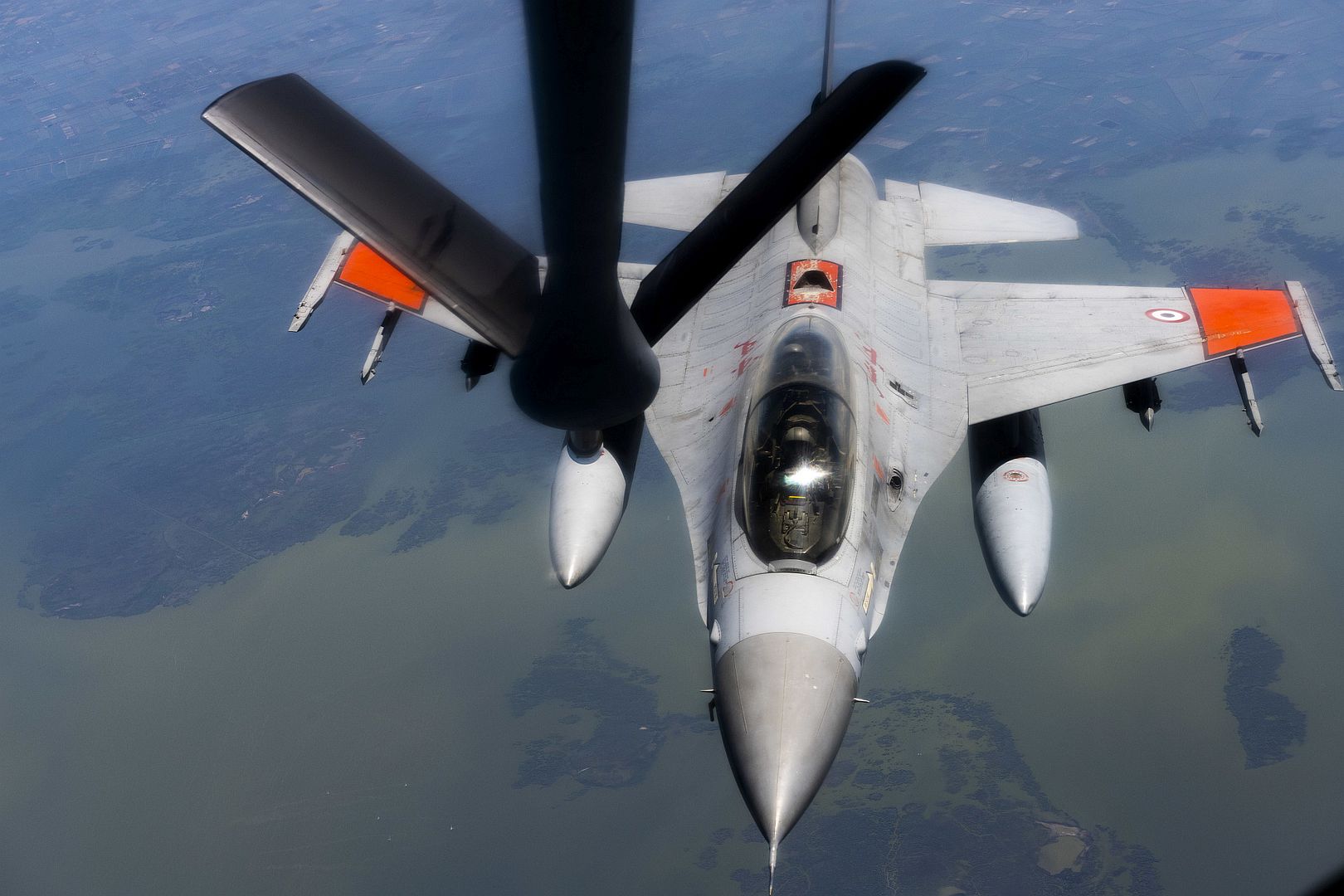
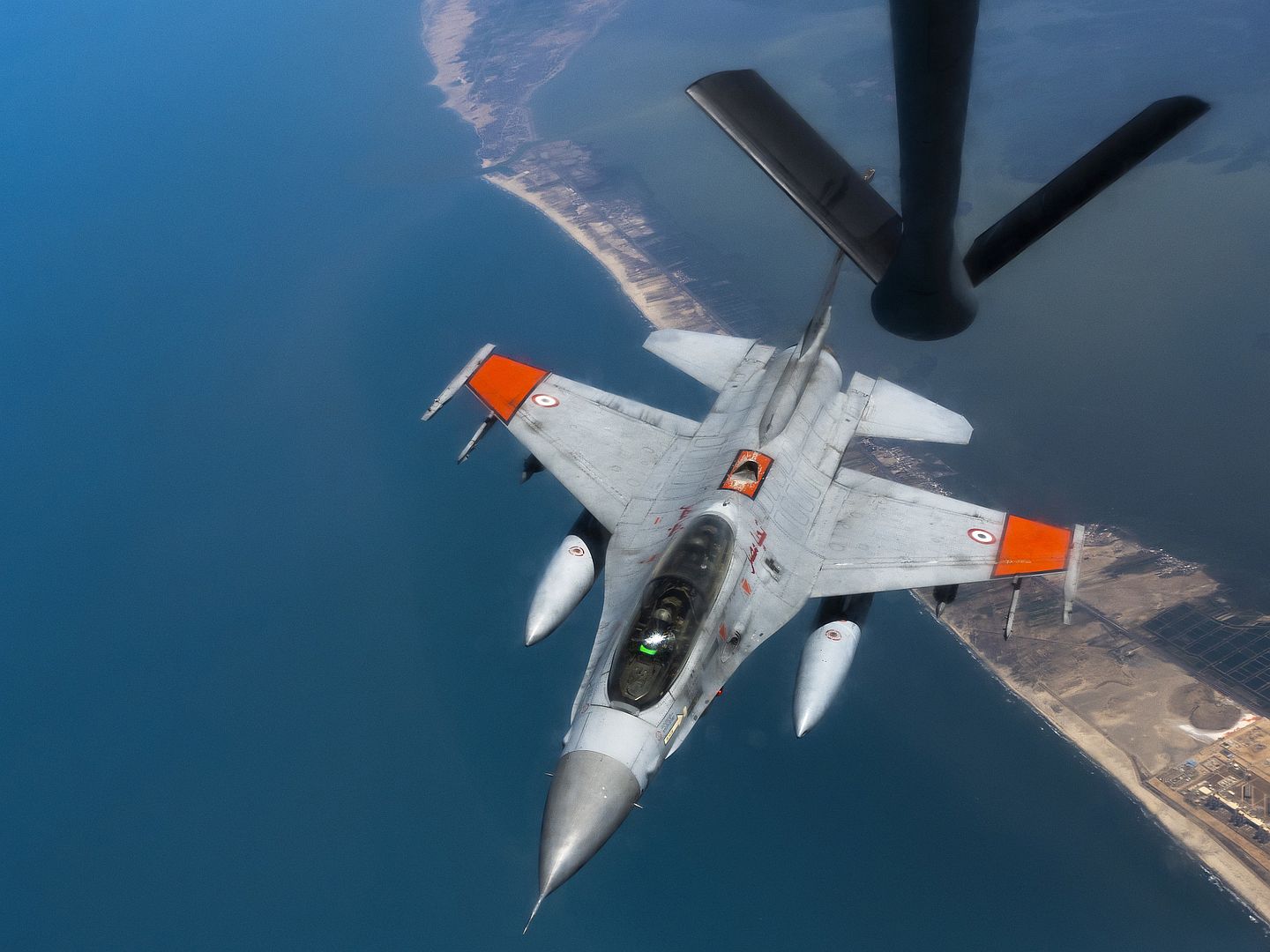
Three Egyptian air force F-16 Fighting Falcons fly in formation during Bright Star 21, over northern Egypt, Sept. 16, 2021. The 93rd EARS supported aerial refueling during Bright Star to both ensure participation from U.S. Air Force F-15E Strike Eagle aircraft assigned to the 332nd Air Expeditionary Wing and provide training qualification opportunities for 12 Egyptian air force F-16 Fighting Falcon pilots. Bright Star 21 occurred from Sept. 2-16, 2021, and comprised three main events: a command post exercise, field training exercise and senior leader seminar. Bright Star builds on the strategic relationship between the U.S. and Egypt to support counterterrorism, contribute to regional security, and combat violent extremism. (U.S. Air Force photo by Senior Airman Derek Seifert)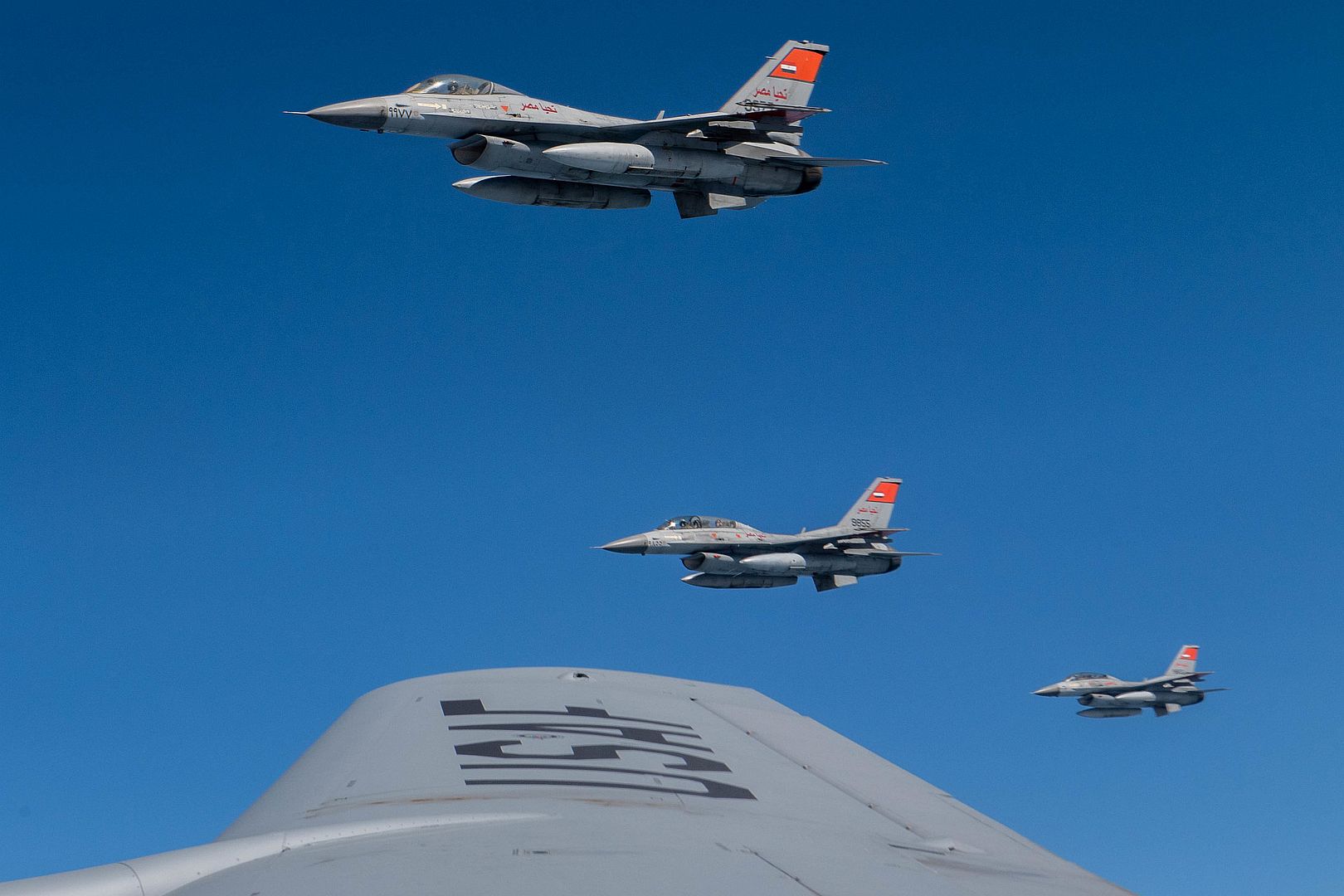
A F-35B Lightning II Jet with Marine Fighter Attack Training Squadron (VMFAT) 501, prepares for takeoff during the 2021 Marine Corp Air Station (MCAS) Cherry Point Air Show and 80th Anniversary celebration on MCAS Cherry Point, North Carolina, Sept. 26, 2021. The air show is MCAS Cherry Point and the 2nd Marine Aircraft Wing's immense, community outreach event that is a show appreciation to its regional neighbors and community partners for their enduring support in mission success. (U.S. Marine Corps photo by Lance Cpl. Christopher Hernandez)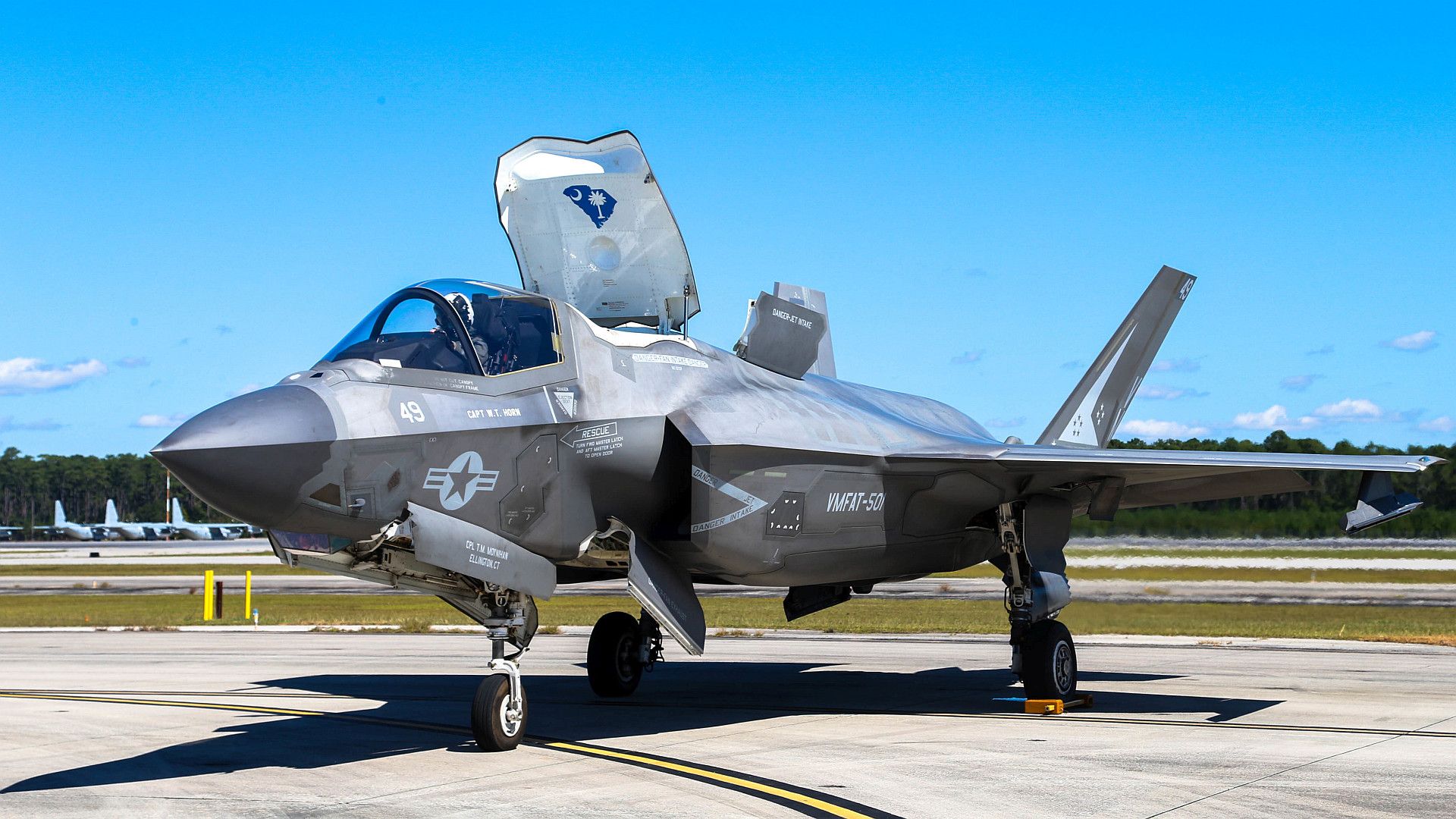
Mirabel, Quebec, Canada, 29 September, 2021 – Air France has received its first A220-300 from an order for 60 aircraft of the type, the largest A220 order from a European carrier. The aircraft was delivered from Airbus’ final assembly line in Mirabel, Quebec, Canada and officially unveiled to the public during a ceremony held at Paris Charles-De-Gaulle Airport.
The A220 is the most efficient and flexible aircraft in the 100 to 150 seat market segment today. The renewal of the Air France single-aisle fleet with this latest generation aircraft will increase efficiency along with customer comfort and support Air France to meet its environmental goals and sustainability objectives.
The first Air France A220-300 will be operated on its medium-haul network from the 2021 winter season. Currently, Air France operates a fleet of 136 Airbus aircraft. Air France is also renewing its long-haul fleet, and has already taken delivery of 11 A350s out of an order of 38.
The Air France A220-300 cabin is configured in a single-class layout to comfortably welcome 148 passengers. Offering superior single-aisle comfort, with the widest leather seats, largest windows and up to 20% more overhead stowage space per passenger, the Air France A220 also features full WiFi connectivity throughout the cabin and two USB sockets at each passenger seat.
The A220 is the only aircraft purpose-built for the 100-150 seat market and brings together state-of-the-art aerodynamics, advanced materials and Pratt & Whitney’s latest-generation geared turbofan engines. With a range of up to 3,450 nm (6,390 km), the A220 gives airlines added operational flexibility. The A220 delivers up to 25% lower fuel burn and CO2 emissions per seat compared to previous generation aircraft, and 50% lower NOx emissions than industry standards. In addition, the aircraft noise footprint is reduced by 50% compared to previous generation aircraft - making the A220 a good neighbour around airports.
As of the end of August, over 170 A220s have been delivered to 11 operators worldwide.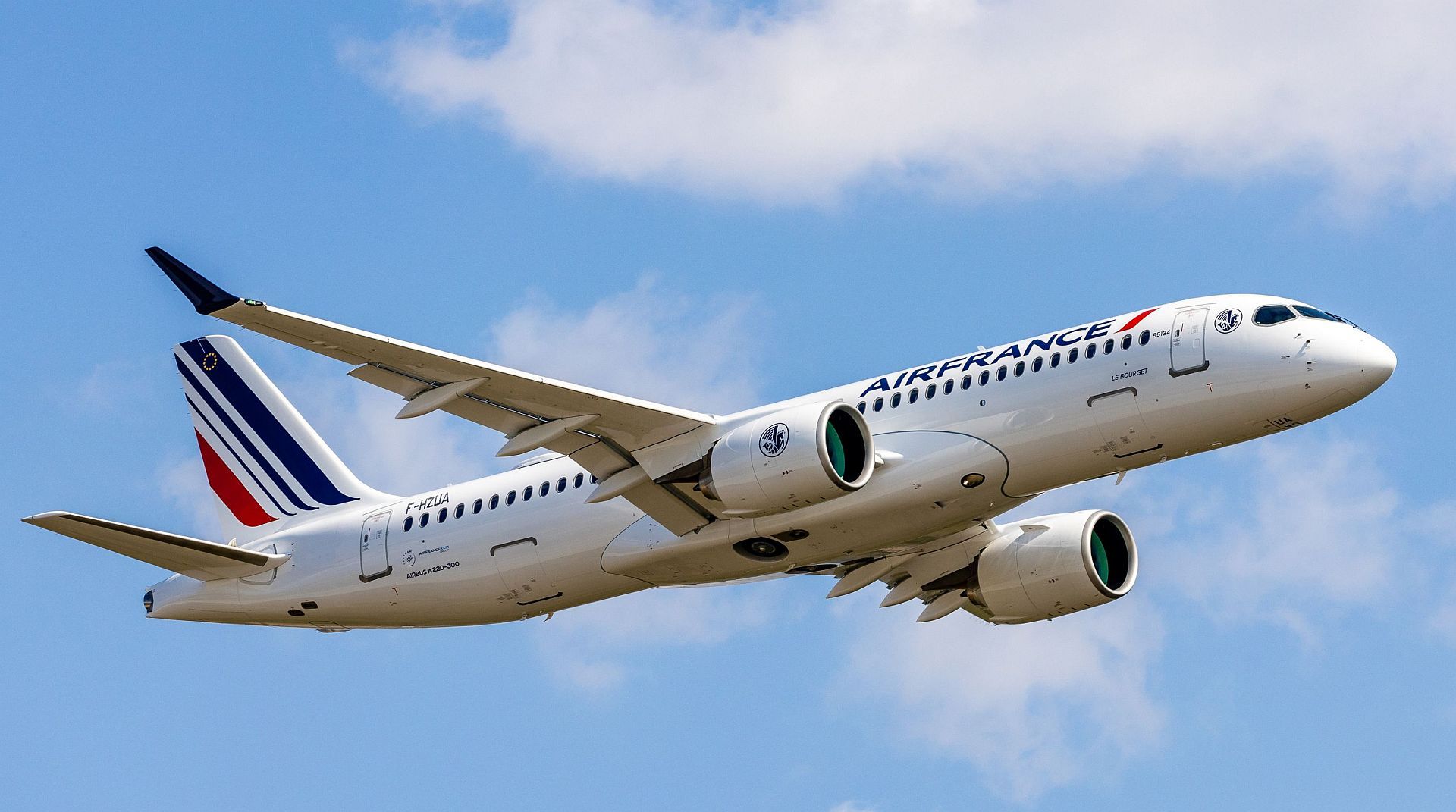
Rome 29 September 2021
The International Flight Training School (IFTS) continues to host new students. Two pilots from the German Air Force have recently begun their advanced flight training phase, known as Phase IV or Lead-In to Fighter Training, at the Italian Air Force’s 61st Wing Airbase in Lecce Galatina (Southern Italy). This is in accordance to an agreement signed by the Air Squad General Alberto Rosso, Chief of Staff of the Italian Air Force, and Maj. Gen. Klement, Commander of the Flying Units of the German Air Force.
The training provided to the German pilots follows activities undertaken by the Qatar Emiri Air Force’s pilots, which commenced at IFTS in June this year. The Qatar Emiri Air Force pilots have completed the synthetic training modules both on the Partial Task Trainer (PTT) and the Full Mission Simulator (FMS) – two of the ultra-technological simulator devices integrated into the training system based on the T-346A aircraft. The pilots have now begun the in-flight instructional training. The agreement between the Italian and German Air Forces for advanced flight training services foresees the possibility to extend the collaboration to Phase III in the future, which brings the cadet to the military pilot qualification.
The IFTS is the result of a strategic collaboration between the Italian Air Force and Leonardo, aimed at the establishment of an advanced flight training centre, an international benchmark for military pilots’ training, particularly in the Phase IV (Advanced/Lead-In to Fighter Training) phase. This also includes an industrial partnership between Leonardo and CAE for the maintenance / support of the aircraft fleet and simulators. IFTS is a virtuous example of collaboration and synergy for the country, capable of satisfying the growing demand of partner countries for the training of their pilots. In fact, this project brings together two national excellences: the expertise and tradition of the Italian Air Force and Leonardo's capabilities in the training sector.
The Qatari Air Force’s and now German Air Force’s decision to send their pilots to train in Italy at the IFTS provides clear evidence of the recognition of the Italian training system and testifies the potential of this ambitious international project.
A new wider IFTS campus is under construction at Decimomannu Air Force Base in Sardinia, a flight academy capable of hosting students and technical staff, in addition to accommodation, recreational areas, a cafeteria, sports facilities. Its infrastructure will assure the operations of the 22 M-346 (designated T-346A by the Italian Air Force) aircraft fleet. An entire building will be home to the Ground Based Training System (GBTS), with classrooms and the installation of a modern training system, which is based on the latest generation of simulation devices.
-
 Main AdminA row of KC-135 Stratotankers taxi on the flightline at Fairchild Air Force Base, Washington, Sept. 29, 2021. Following the taxi, 20 aircraft took off from the flightline, which provided an opportunity to showcase the readiness of Fairchild aircrews and the fleet of aircraft. (U.S. Air Force photos by Staff Sgt. Dustin Mullen)
Main AdminA row of KC-135 Stratotankers taxi on the flightline at Fairchild Air Force Base, Washington, Sept. 29, 2021. Following the taxi, 20 aircraft took off from the flightline, which provided an opportunity to showcase the readiness of Fairchild aircrews and the fleet of aircraft. (U.S. Air Force photos by Staff Sgt. Dustin Mullen)
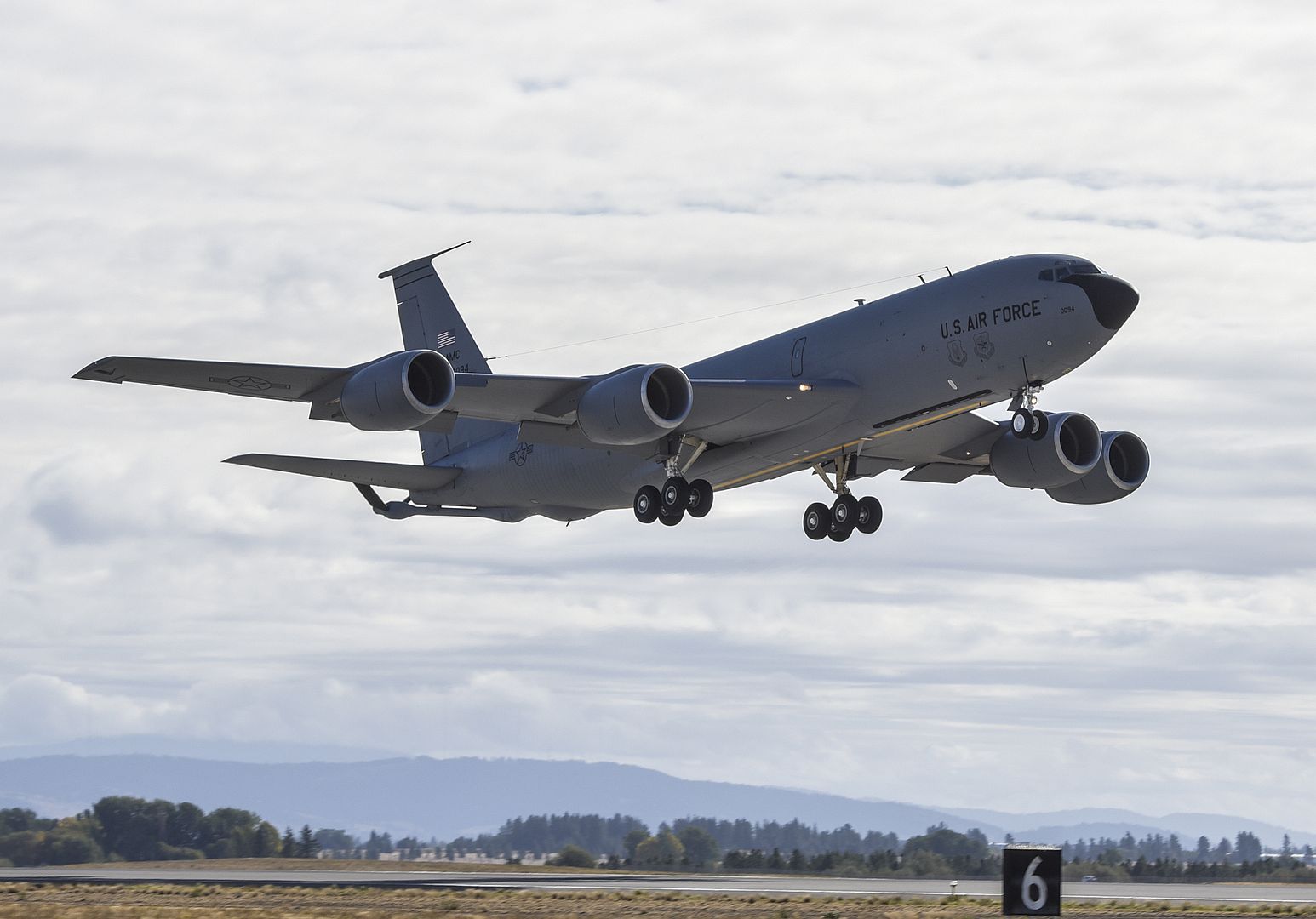
PHILIPPINE SEA (Sept. 29, 2021) An F/A-18F Super Hornet, assigned to the “Bounty Hunters” of Strike Fighter Squadron (VFA) 2, taxis across the flight deck of Nimitz-class aircraft carrier USS Carl Vinson (CVN 70), Sept. 29, 2021. Carl Vinson Carrier Strike Group is on a scheduled deployment in the U.S. 7th Fleet area of operations to enhance interoperability through alliances and partnerships while serving as a ready-response force in support of a free and open Indo-Pacific region. (U.S. Navy photo by Mass Communication Specialist 3rd Class Isaiah Williams)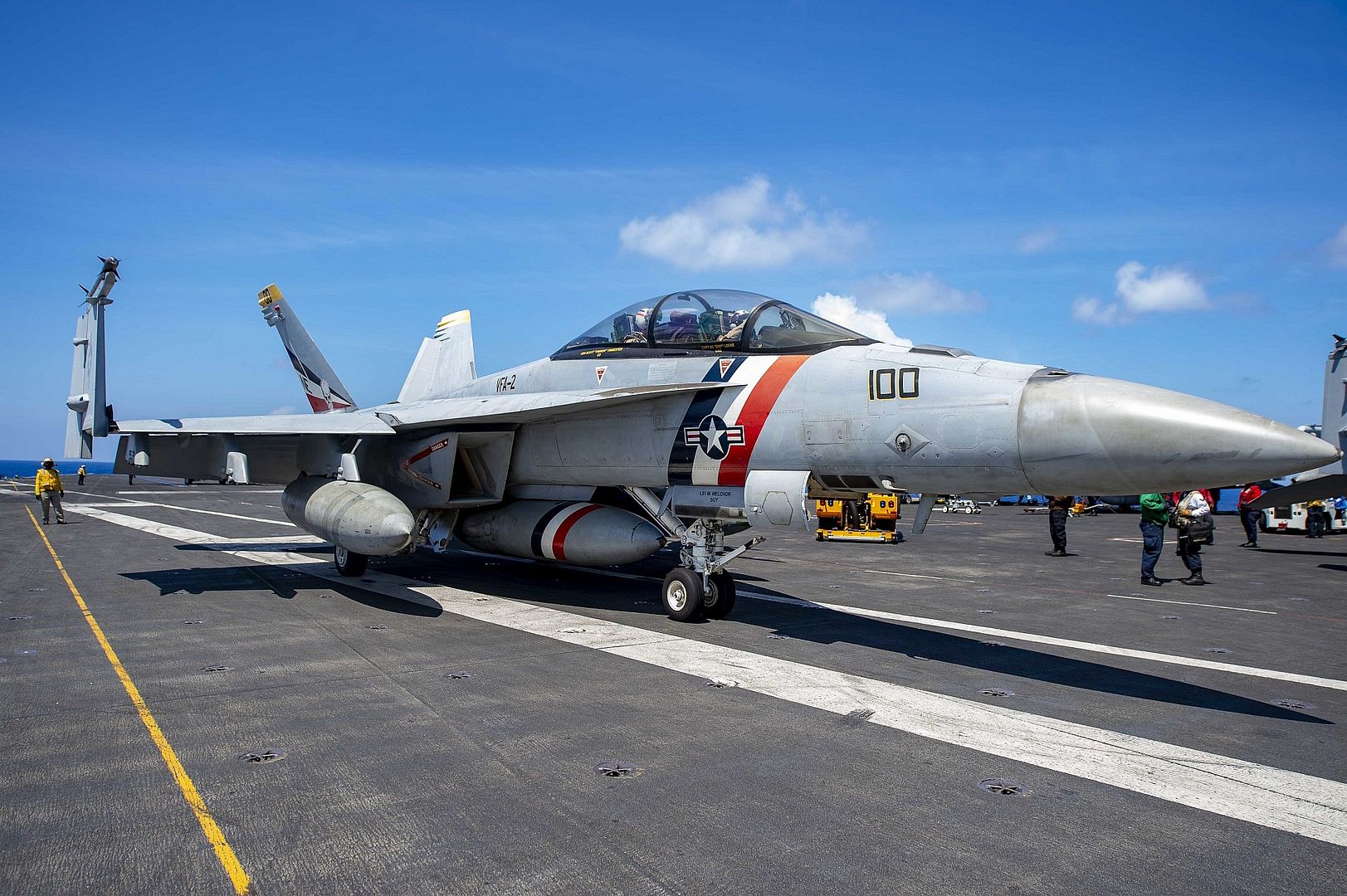
PHILIPPINE SEA (Sept. 29, 2021) An F/A-18E Super Hornet, assigned to the “Golden Dragons” of Strike Fighter Squadron (VFA) 192, launches off the flight deck of Nimitz-class aircraft carrier USS Carl Vinson (CVN 70), Sept. 29, 2021. Carl Vinson Carrier Strike Group is on a scheduled deployment in the U.S. 7th Fleet area of operations to enhance interoperability through alliances and partnerships while serving as a ready-response force in support of a free and open Indo-Pacific region. (U.S. Navy photo by Mass Communication Specialist 3rd Class Isaiah Williams)
September 30, 2021
Bombardier is pleased to announce a firm order for 20 Challenger 3500 business jets to a customer who wishes to remain confidential. This is Bombardier’s largest business jet transaction of 2021, representing a value of $534 million U.S., based on current list pricing.
“This significant order comes just days after the unveiling of the Challenger 3500 business jet, quickly reinforcing the supremacy of this platform in the super mid-size market. The new Challenger 3500 aircraft is ideally suited to meet a growing demand for business travel,” said Peter Likoray, Senior Vice President, Sales, New Aircraft, Bombardier. “It offers an unmatched combination of performance, advantageous operating costs, cabin experience, innovation and a smooth ride – the perfect package for fleet operators, corporate flight departments and individual customers, including those looking to enter the business jet market.”
An evolution of the best-selling Challenger 350 aircraft, the Challenger 3500 business jet was unveiled on Sept. 14. This new business jet boasts a redesigned interior featuring the patented Nuage seat, a masterpiece of comfort inherited from Bombardier’s large-cabin Global aircraft. The stunning new passenger spaces offer a host of new technologies, including the industry’s first voice-controlled cabin, wireless chargers throughout the cabin, and the only 24-inch, 4K displays in its class. The altitude in the cabin is 31% lower than that of its predecessor.
In the flight deck, the Challenger 3500 aircraft has more baseline features than any of its competitors, with a standard auto-throttle system to further enhance the experience for Challenger pilots.
The Challenger 3500 aircraft was designed through a sustainable lens and will be the first business jet in the super mid-size segment with an Environmental Product Declaration, an open book on the aircraft’s environmental footprint throughout its entire life cycle. Customers also have the option of furnishing their cabin with high-end sustainable materials. Other sustainably minded initiatives for this aircraft include the introduction of the first eco app* solution in business aviation, and a carbon neutral flight test program.
The Challenger 3500 business jet is expected to enter service in the second half of 2022..jpg?width=1920&height=1080&fit=bounds)
-
 Main AdminKADENA AIR BASE, JAPAN - A Marine Fighter Attack Squadron 112 F/A-18 Hornet taxis the flight line during exercise Noble Jaguar 2021, a combined-arms exercise with 3d Marine Expeditionary Force and U.S. Navy 7th Fleet, Sept. 29, 2021. The Marine Corps and Navy leverage integrated command and control and joint sensors to expand battlefield awareness, share targeting data, and conduct long-range precision strikes in support of sea control and sea denial in contested and distributed maritime environments. III Marine Expeditionary Force executed these actions as a part of an integrated operation with 7th fleet to maintain readiness and demonstrate U.S. resolve to preserve regional security. (U.S. Marine Corps photo by Sgt. Booker T. Thomas III)
Main AdminKADENA AIR BASE, JAPAN - A Marine Fighter Attack Squadron 112 F/A-18 Hornet taxis the flight line during exercise Noble Jaguar 2021, a combined-arms exercise with 3d Marine Expeditionary Force and U.S. Navy 7th Fleet, Sept. 29, 2021. The Marine Corps and Navy leverage integrated command and control and joint sensors to expand battlefield awareness, share targeting data, and conduct long-range precision strikes in support of sea control and sea denial in contested and distributed maritime environments. III Marine Expeditionary Force executed these actions as a part of an integrated operation with 7th fleet to maintain readiness and demonstrate U.S. resolve to preserve regional security. (U.S. Marine Corps photo by Sgt. Booker T. Thomas III)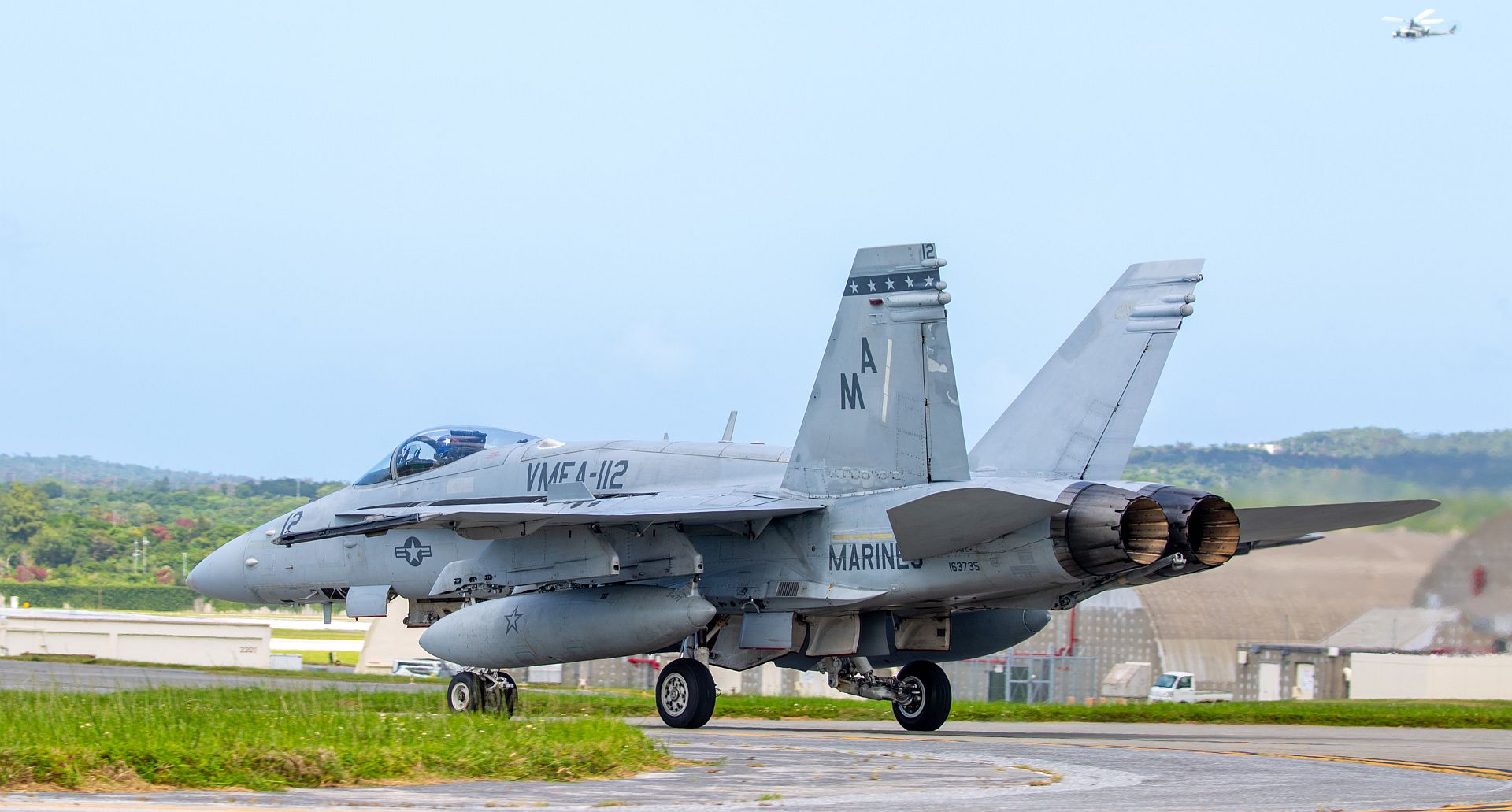
1 October 2021.
Saab has shipped its third aft airframe section for use in the T-7A Red Hawk flight test program for the United States Air Force.
The shipment on 10 September 2021 was from Saab’s Linköping site in Sweden to Boeing in St. Louis, Missouri, USA and arrived there a few days later. The production and shipment of this aft airframe section is the latest milestone in Saab’s contribution to the Engineering and Manufacturing Development (EMD) phase of the T-7A Red Hawk trainer for the United States Air Force. On completion of the EMD phase, Saab’s brand new facility in West Lafayette, Indiana, USA will undertake Saab’s production of the aft airframe sections for the T-7A program.
“This delivery shows we are committed to our plan and the solid progress achieved towards completing our EMD schedule. This airframe will be part of the first T-7A to fly and is another step towards the start of production in our brand new state of the art facility in West Lafayette, Indiana,” said Jonas Hjelm, Senior Vice President and head of Saab business area Aeronautics.
Boeing has spliced together Saab’s aft section with the front section. This is followed by assembly of the wings, fins and tail to become a complete test aircraft for use in the EMD’s flight test program. The aft section with installed subsystems - hydraulics, fuel and secondary power system - extends from behind the cockpit to the end of the aircraft.
In April 2021, Saab delivered its first T-7A Red Hawk aft airframe section followed by the second delivery in July 2021. Upon arrival at Boeing in St. Louis, Saab’s aft section was joined perfectly with the front fuselage in less than 30 minutes. That achievement is a testament to the use of digital design and engineering, which delivers accuracy, efficiency and improved quality throughout the design and delivery of T-7A Red Hawk.
T-7A Red Hawk is an all-new, advanced pilot training system designed for the U.S. Air Force to train the next generation of combat pilots for decades to come. The aircraft has benefited from Saab and Boeing’s “breaking the norm” approach to military aircraft design, engineering and production, which saw the preceding T-X aircraft go from concept to first flight in just 36 months.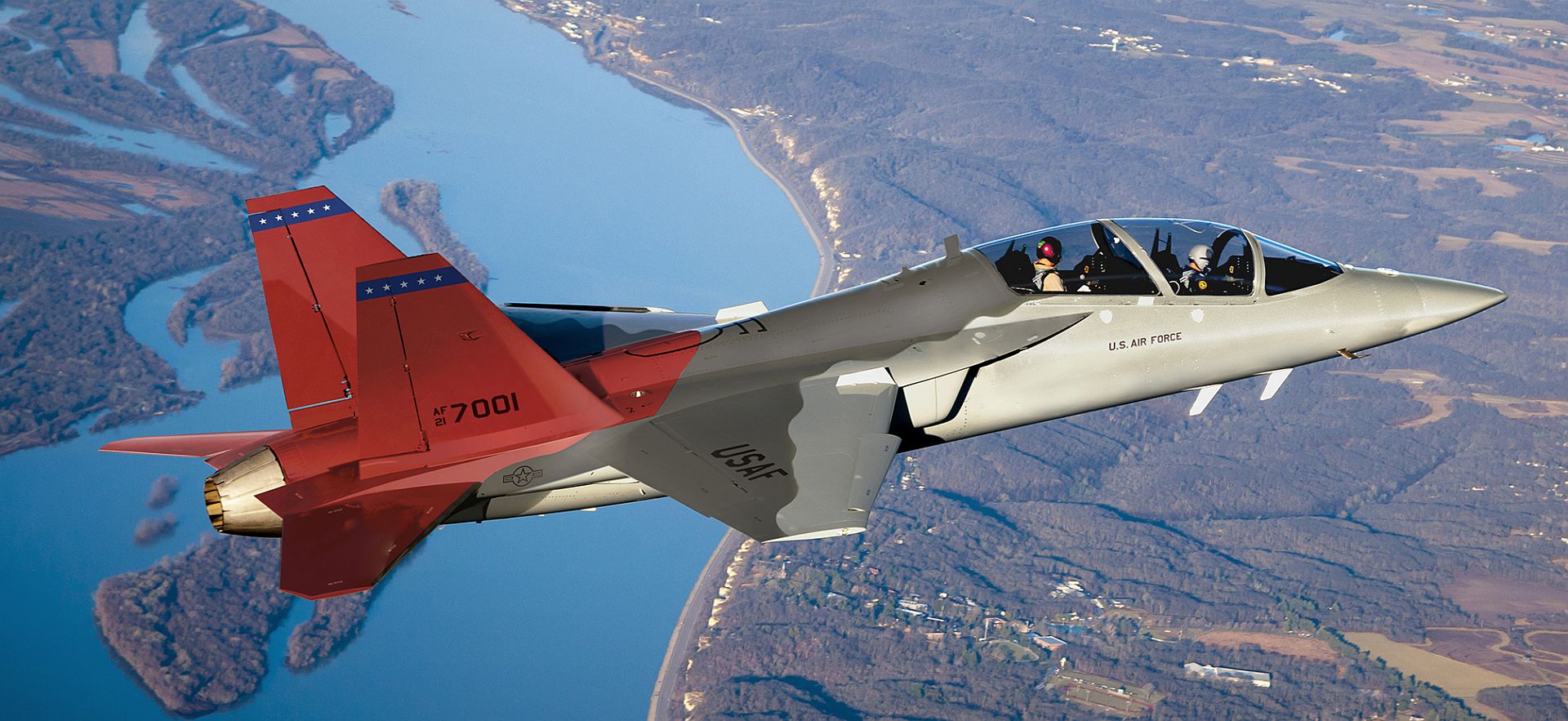
Botucatu - SP, October 1st, 2021 – Embraer's agricultural aviation division ended September with a total of 50 Ipanema EMB-203 aircraft sold throughout the year to date. This is double the total sold in 2020. The increase in orders reflects the strong performance of Brazil’s agribusiness sector and confidence among farmers and aero-agricultural companies for 2022, who already account for 30% of new orders.
“The Ipanema is a great ally for Brazilian agribusiness with its efficiency, productivity, cost-effectiveness, and robustness, as agricultural aviation is an essential tool for the country. We are pleased with the results we’ve seen this year and with each new delivery, our confidence regarding the outlook for the coming years grows,” said Sany Onofre, head of Embraer's agricultural aviation division.
This model combines high technology and the tradition of an aircraft that has evolved continuously to serve the demands for high productivity and low costs in modern agriculture, especially when compared with other crop sprayers.
September also marked the delivery of the one-hundredth model 203 aircraft, the current version of the original Ipanema line, which features the latest technological innovations in the segment. The aircraft was delivered to a customer in the city of Tapurah, Mato Grosso State.
Since 2005, the Ipanema has run on ethanol, being Embraer's first aircraft certified and mass-produced to fly on renewable energy, leading a wide range of the company's historic activities in research and use of biofuels in aviation. The aircraft is the market leader in the aerial spraying segment, with a 60% national market share, and almost 1,500 units delivered.
-
 Main AdminAn A-29 Super Tucano aircraft pilot taxis down the runway to depart Moody Air Force Base, Georgia, Sept. 15, 2021. The U.S. government sold 12 A-29 aircraft to the Nigerian Air Force to enhance their capabilities in providing national security for Nigeria. (U.S. Air Force photo by Senior Airman Rebeckah Medeiros)
Main AdminAn A-29 Super Tucano aircraft pilot taxis down the runway to depart Moody Air Force Base, Georgia, Sept. 15, 2021. The U.S. government sold 12 A-29 aircraft to the Nigerian Air Force to enhance their capabilities in providing national security for Nigeria. (U.S. Air Force photo by Senior Airman Rebeckah Medeiros)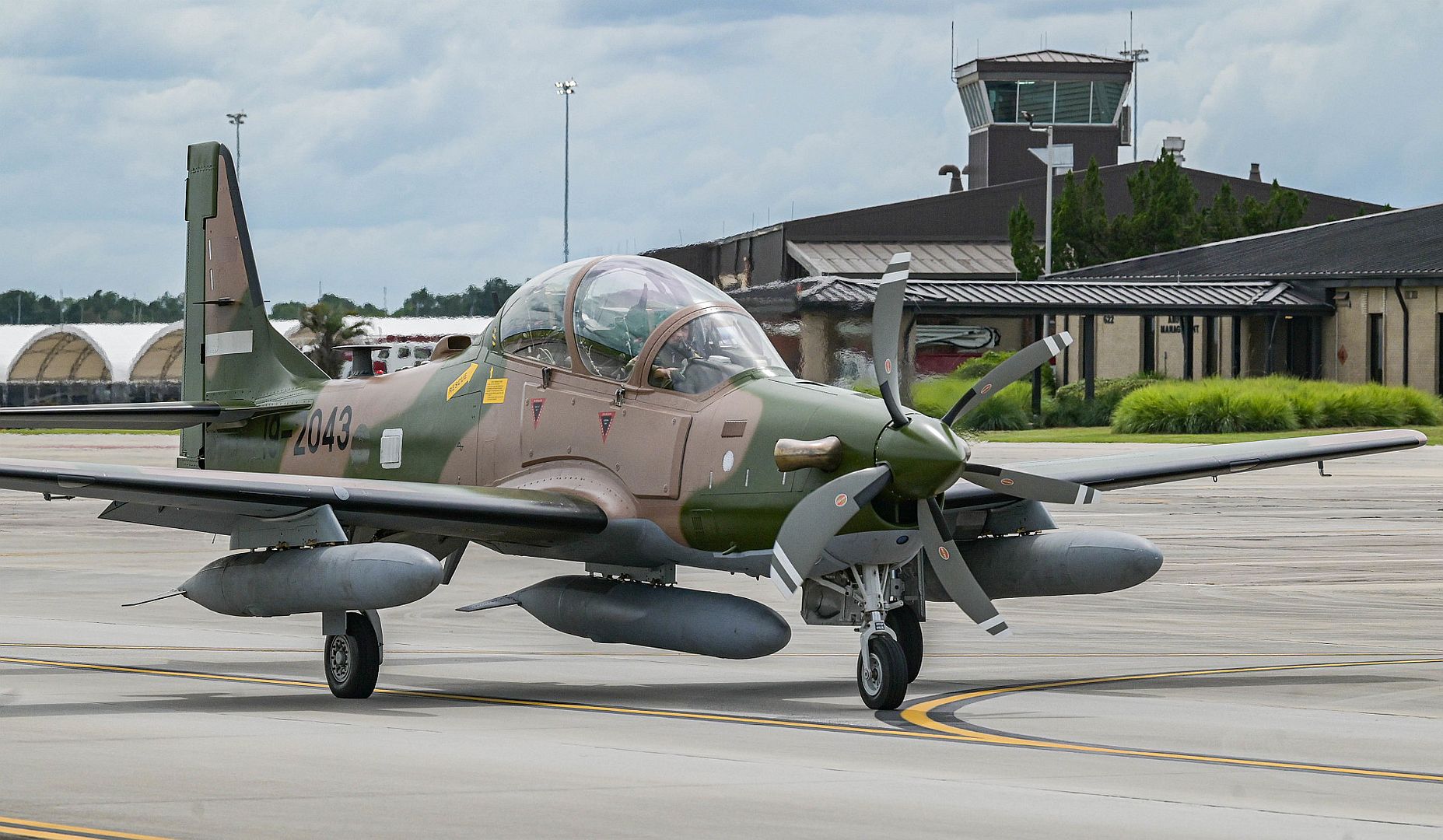
An A-29 Super Tucano aircraft pilot from the 81st Fighter Squadron performs a preflight inspection at Moody Air Force Base, Georgia, Sept. 15, 2021. Nigeria purchased the A-29s through the Foreign Military Sales program, following the Department of Defense’s “Total Package Approach” model. The nearly $500 million sale is the largest FMS program in sub-Saharan Africa. (U.S. Air Force photo by Senior Airman Rebeckah Medeiros)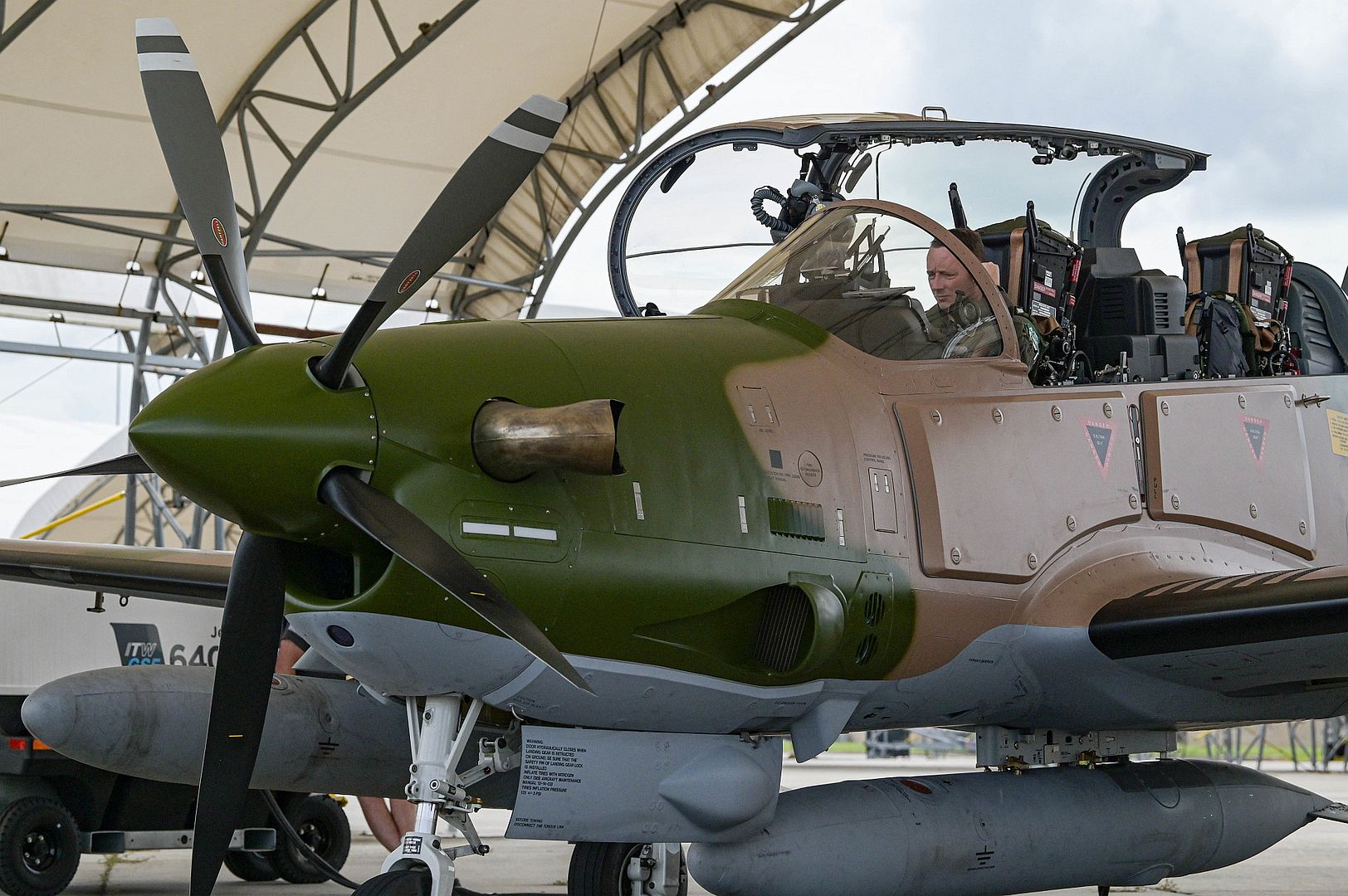
Airman 1st Class Javier Farcia-Bustos marshals an F-35A Lightning II as it taxis to complete the final test exercise of the nuclear design certification process at Nellis Air Force Base, Nevada, Sept. 21, 2021. This event included the first release of the most representative B61-12 test asset from an operationally representative F-35A, resulting in the B61-12 becoming the first F-35 weapon to complete development and integration during the aircraft’s modernization phase. (U.S. Air Force photo by Airman 1st Class Zachary Rufus)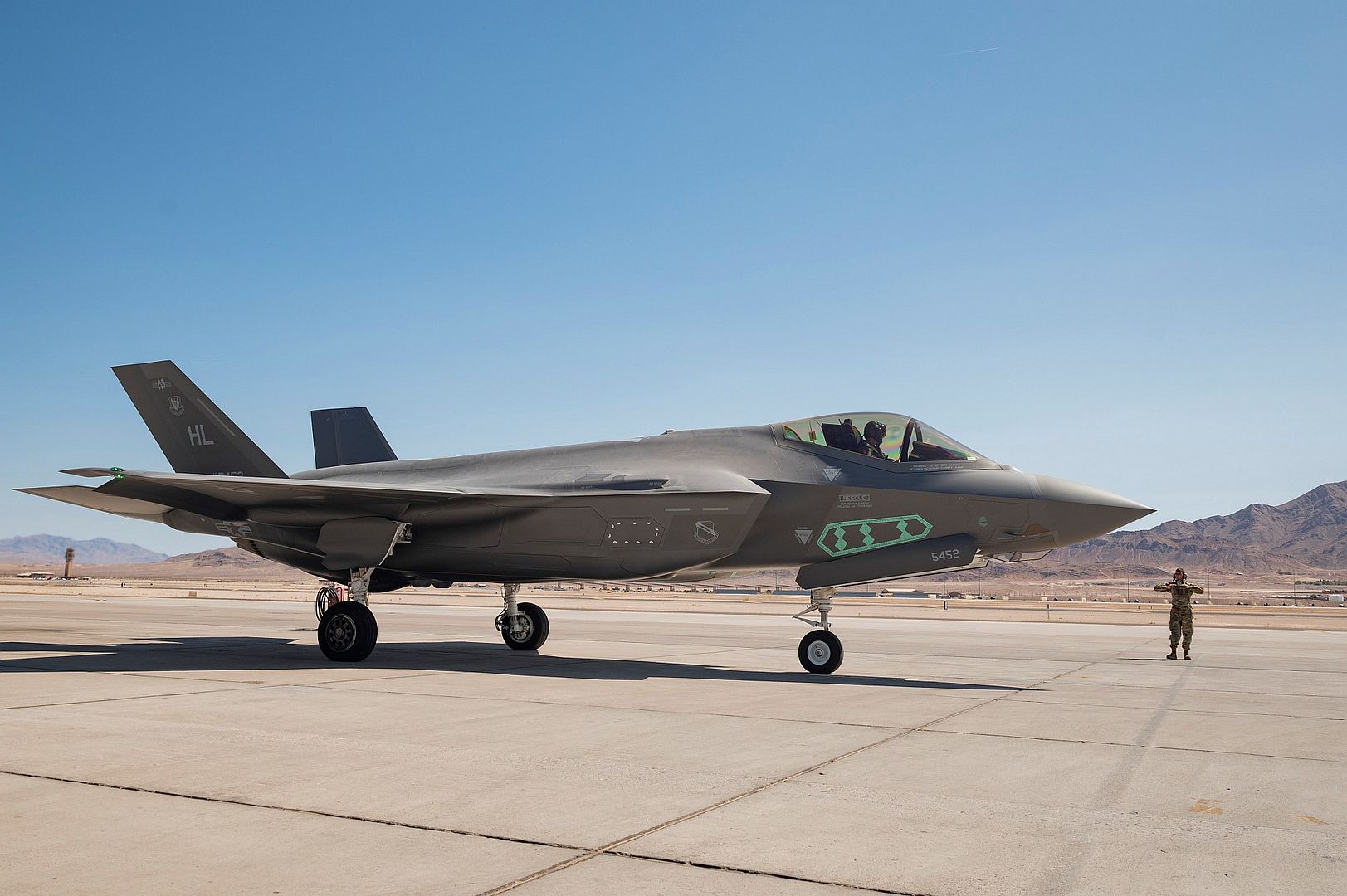
An F-35A Lighting II from Hill Air Force Base, Utah, carrying a B61-12 Joint Test Assembly sits on the flight line at Nellis Air Force Base, Nevada, Sept. 21, 2021. Two F-35A Lightning II aircraft released B61-12 Joint Test Assemblies during the first Full Weapon System Demonstration, completing the final flight test exercise of the nuclear design certification process. (U.S. Air Force photo by Airman 1st Class Zachary Rufus)
An F-35A Lightning II takes off to complete the final test exercise of the nuclear design certification process at Nellis Air Force Base, Nevada, Sept. 21, 2021 . Test pilots flew to the Tonopah Test Range at Nellis AFB and released two B61-12 Joint Test Assemblies from operationally realistic flight envelopes. (U.S. Air Force photo by Airman 1st Class Zachary Rufus)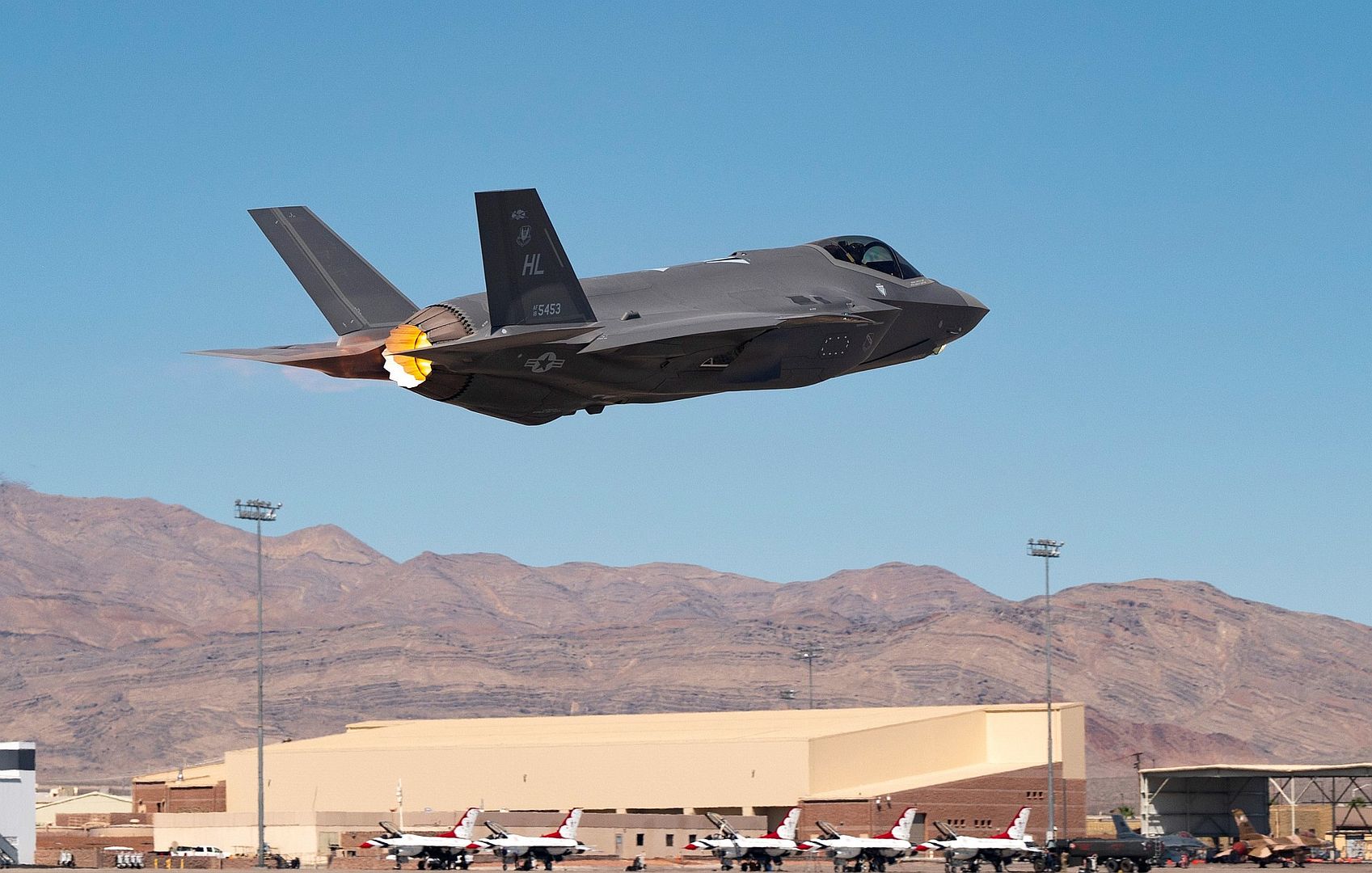
ARABIAN GULF (Sept. 28, 2021) Aviation Boatswain’s Mate (Handling) 1st Class Landon Jamison signals to an AV-8B Harrier attached to Marine Attack Squadron (VMA) 214, 11th Marine Expeditionary Unit (MEU), on the flight deck of the amphibious assault ship USS Essex (LHD 2) during flight operations, Sept. 28, 2021. Essex and the 11th MEU are deployed to the U.S. 5th Fleet area of operations in support of naval operations to ensure maritime stability and security in the Central Region, connecting the Mediterranean and the Pacific through the western Indian Ocean and three strategic choke points. (U.S. Navy photo by Mass Communication Specialist 2nd Class Wesley Richardson)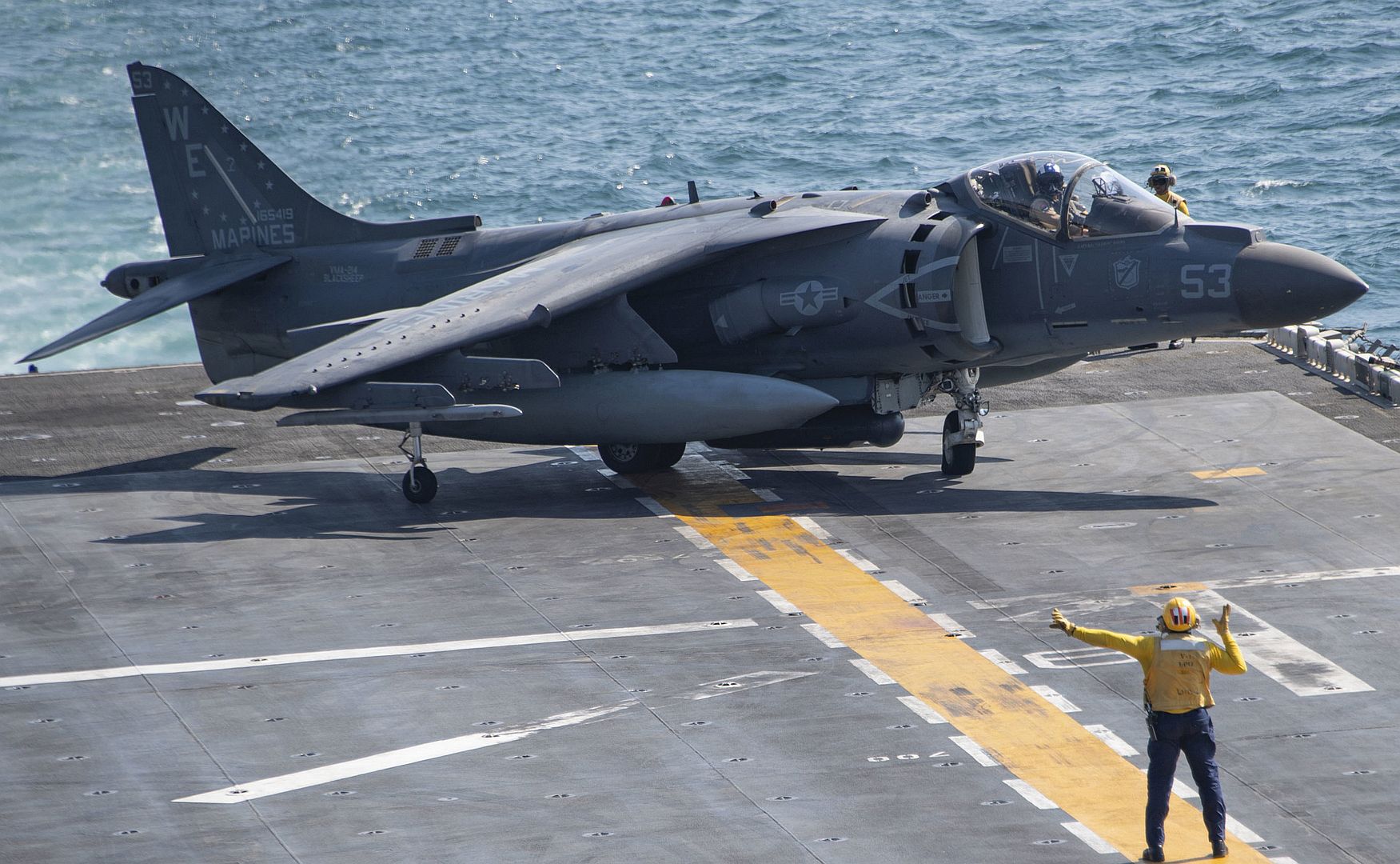
04.10.2021 .
At the joint Russian–Mongolian exercise Selenga-2021, which takes place on the territory of Mongolia, the army aviation of the Eastern Military District is involved, the flight crew of which for the first time perform flights together with pilots of the Mongolian Air Force on Mi-8 helicopters.
The personnel of the Russian Aerospace Forces and the Mongolian Air Force jointly conduct flight training, maintenance of aviation equipment and exchange experience.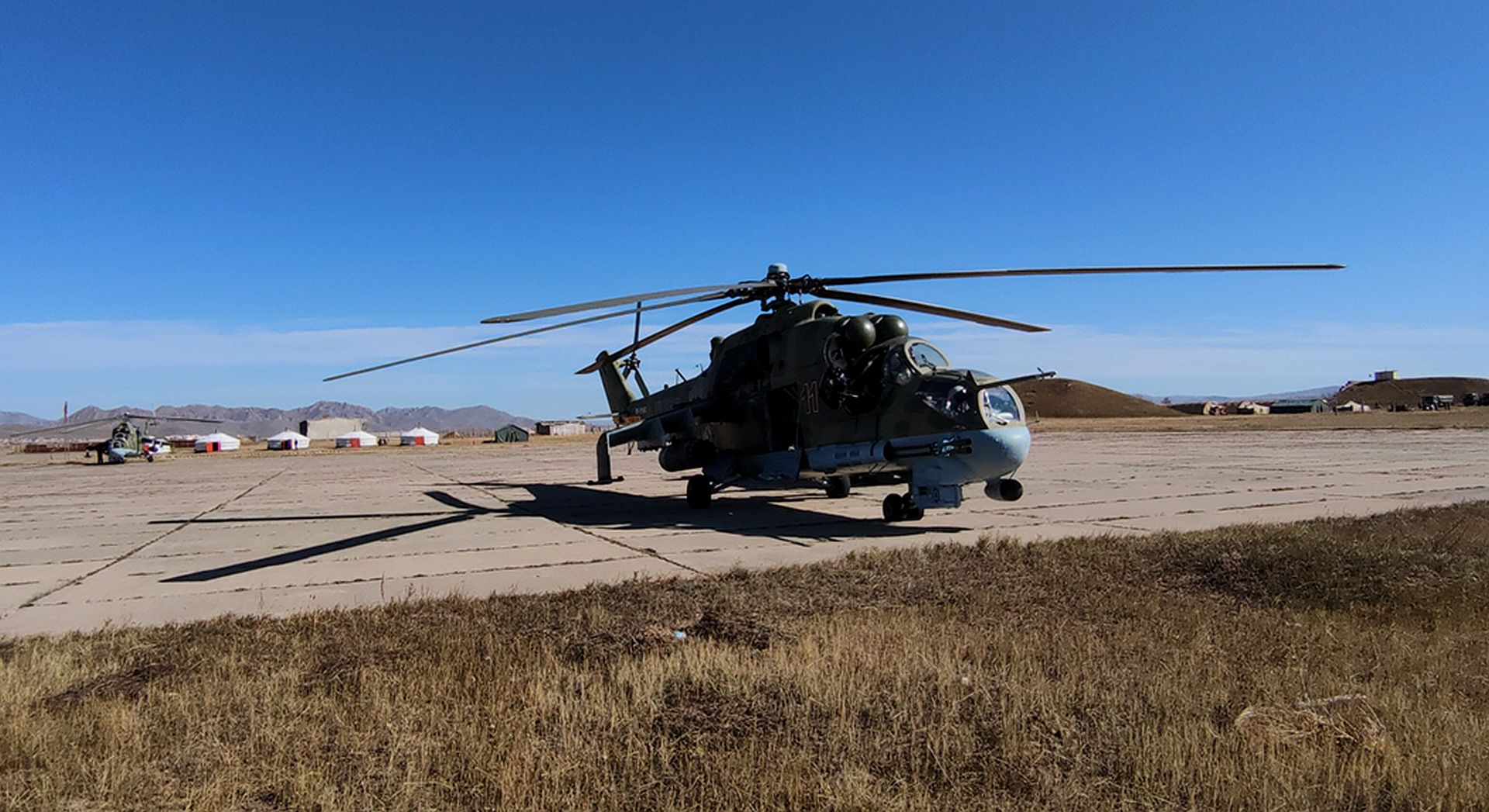
The difficulty of performing training flights lies in the fact that the Nalaykh airfield, where aviation equipment is temporarily based, and the Doityn Am training ground are located in a high-altitude area, the height of which exceeds 1.6 thousand meters above sea level. The conditions of accommodation require special and thorough training in piloting techniques from the flight crew.
During the practical application of army aviation at the joint Russian-Mongolian exercise Selenga-2021, a new tactical technique will be performed for the first time. The Mi-24 aviation unit is separated in the air, after which, from two opposite flanks, they simultaneously enter the combat course in pairs.
For the first time at the annual Selenga exercise on Mi-8 helicopters, one of the most difficult elements for the evacuation of wounded from the training battlefield of the Russian and Mongolian sides will be worked out simultaneously. Also, for the first time in an international exercise, aerial mining of terrain areas in the most likely places of movement of a mock enemy will be carried out.
In addition, during the stage of combat operations, MI-8AMTSh Terminator helicopters will deliver tactical troops of friendly countries to a given area to destroy a mock enemy.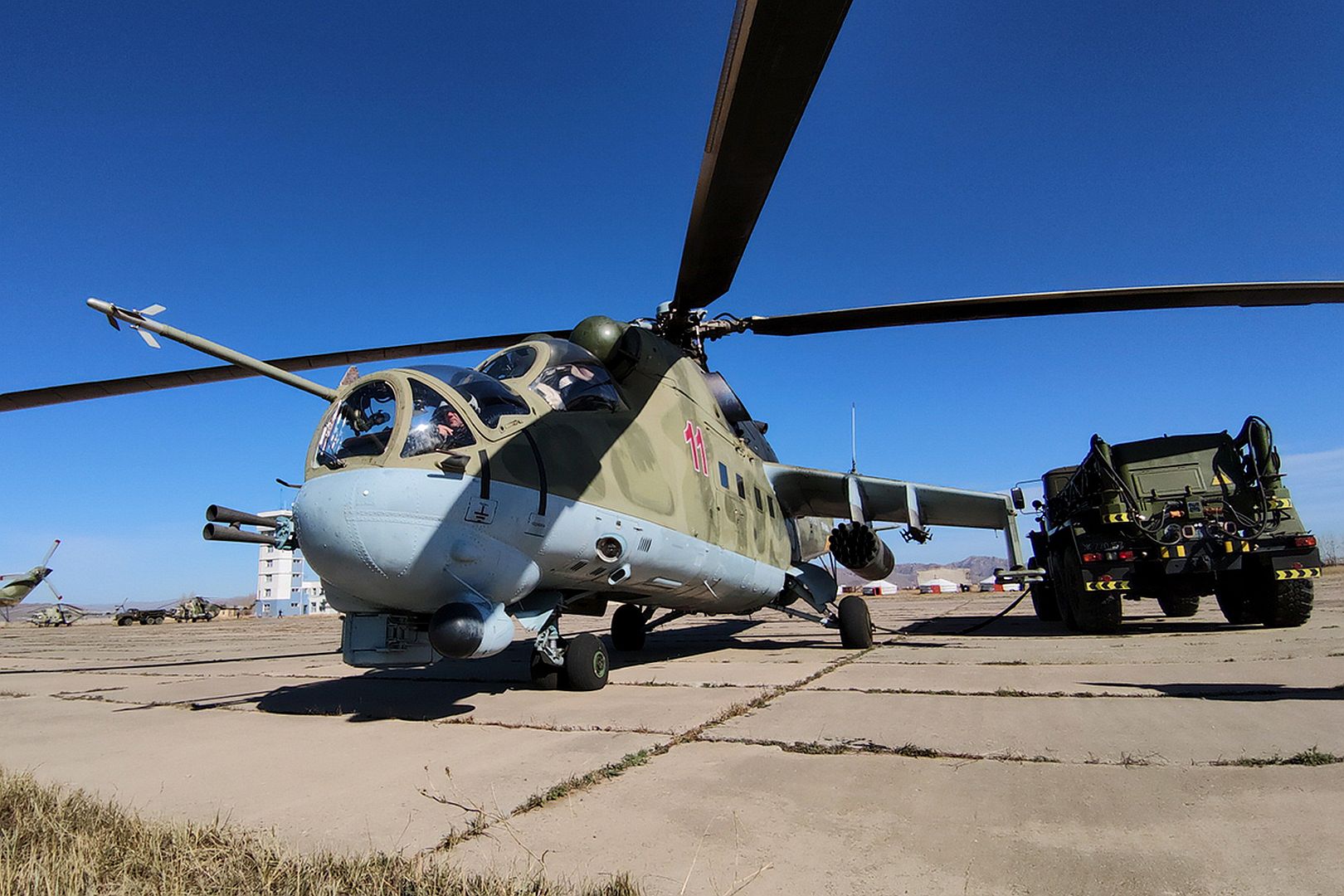
Recall that this year, the international exercise Selenga-2021 involved military personnel of the motorized rifle unit of the combined arms army of the Eastern Military District, stationed in the Republic of Buryatia and units of the Armed Forces of Mongolia with a total strength of about 1.5 thousand people and more than 200 units of military equipment.
The tactical exercise aimed at combating international terrorism is being held on the eve of the 100th anniversary of the creation of the Armed Forces of Mongolia and on the eve of the 100th anniversary of the establishment of diplomatic relations between Russia and Mongolia.
(Photos courtesy of the Ministry of Defence of the Russian Federation)
PHILADELPHIA, Oct. 4, 2021- Boeing [NYSE: BA] and the U.S. Army have signed a $136 million contract for the first CH-47F Block II Chinooks.
The Army exercised options for four contracted CH-47F Block II Chinooks with the aircraft scheduled for delivery beginning 2023. Separately, the Army awarded Boeing a $29 million advanced procurement contract for the second production lot of CH-47F Block II aircraft.
The Block II Chinook features multiple upgrades aimed at providing additional lift capability and increasing commonality between U.S. and allied fleets, thus reducing maintenance costs.
“This is a big step in Chinook modernization, supporting the Army’s future multi-domain vision,” said Andy Builta, vice president of Cargo & Utility Helicopters and H-47 program manager. “The Block II technologies will drive commonality across the fleet and enable our soldiers to return home safely for decades.”
As a leading global aerospace company, Boeing develops, manufactures and services commercial airplanes, defense products and space systems for customers in more than 150 countries. As a top U.S. exporter, the company leverages the talents of a global supplier base to advance economic opportunity, sustainability and community impact. Boeing’s diverse team is committed to innovating for the future and living the company’s core values of safety, quality and integrity. Learn more at www.boeing.com.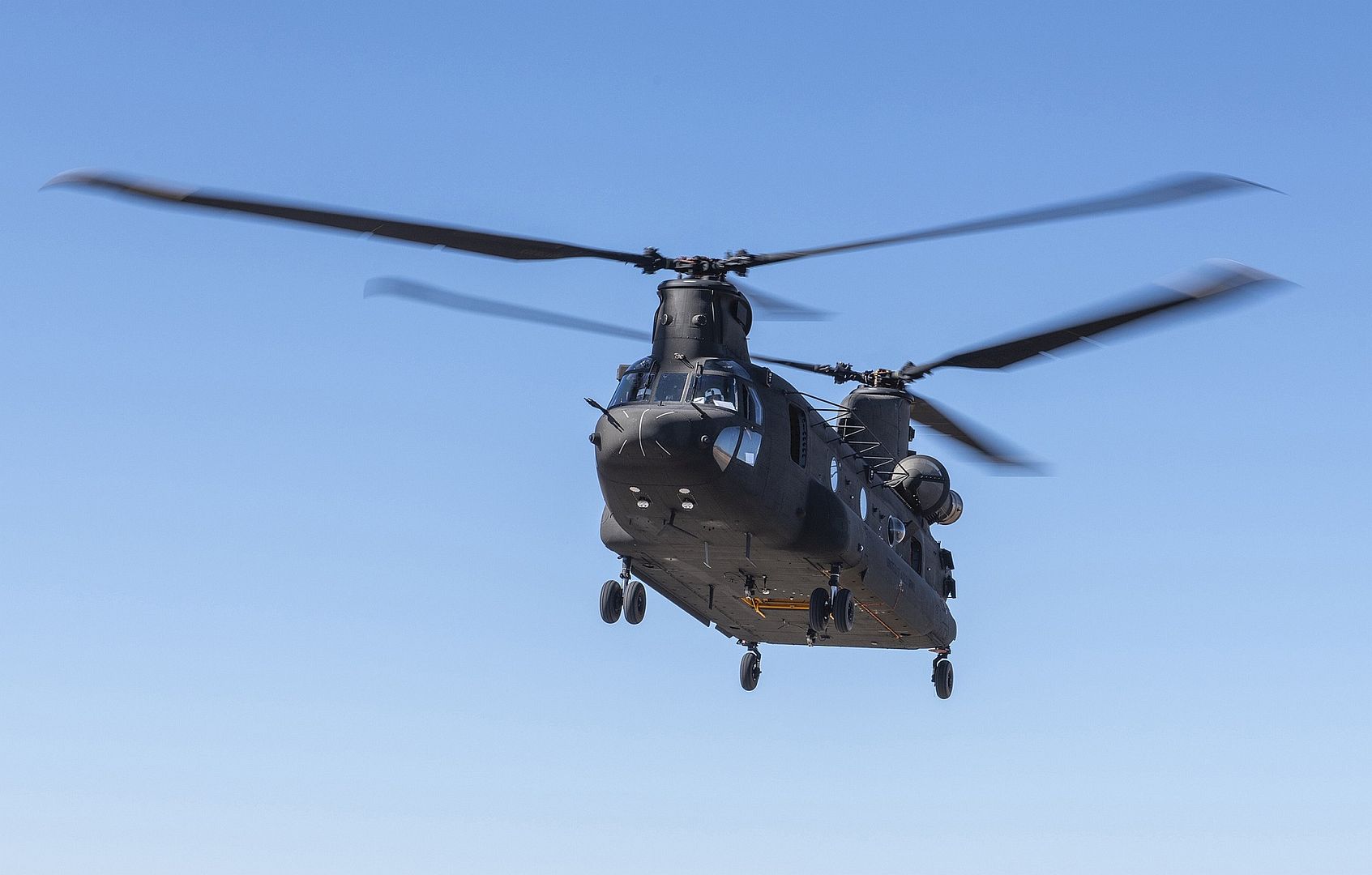
WICHITA, Kan. (October 4, 2021) – Textron Aviation today announced that Sichuan Longhao Flight Training Co., Ltd. (Longhao Flight Training School) in China, has signed a purchase agreement for 20 Cessna Skyhawk piston aircraft. The aircraft, which are expected to be delivered throughout 2022, will be utilized for primary pilot training in southwest and central China, further expanding and enhancing Longhoa’s training efforts. China continues to experience a growing number of licensed pilots in recent years following the General Office of the State Council’s efforts to accelerate the training and development of pilots.
The Cessna Skyhawk is designed and manufactured by Textron Aviation Inc., a Textron Inc. (NYSE:TXT) company.
“With a long-standing relationship with Longhao, this order demonstrates its support and confidence in Textron Aviation and our products,” said Mike Shih, vice president of Sales and Strategy in China, Textron Aviation. “We are pleased to be part of the efforts in China to cultivate new generations of pilots and promote the common development of aviation under the current 14th Five-Year Plan. Flight schools in the region continue to leverage the unique strengths and capabilities of the Cessna Skyhawk to support the need of pilots in China.”
The school currently utilizes 14 Skyhawk aircraft and three flight simulators for pilot training, as well as a Cessna Citation M2 as an advanced training aircraft.
About the Cessna Skyhawk
The Cessna Skyhawk is the most popular single-engine aircraft in aviation history. Since the aircraft first took to the sky in 1955, more than 45,000 Skyhawks have been delivered to customers around the world – more than any other aircraft in the industry, and solidifying the Skyhawk as the aircraft of choice for pilot training. The single-engine four-seat high-wing aircraft is renowned for offering the best combination of modern features, including the leading Garmin G1000 NXi avionics system with wireless connectivity, a standard angle-of-attack display system, and proven dependability.
-
 Main AdminA U.S. Marine Corps F-35B Lighting II aircraft with Marine Fighter Attack Squadron (VMFA) 242 conduct aerial refueling operations with Marine Aerial Refueler Transport Squadron (VMGR) 152 off the coast of Japan, Oct. 3, 2021. VMGR-152 provided aerial refueling to VMFA-242 during a capability test of U.S. Marine Corps F-35B Lightning II aircraft landing on the Japanese Ship Izumo. (U.S. Marine Corps photos by Cpl. Evan Jones)
Main AdminA U.S. Marine Corps F-35B Lighting II aircraft with Marine Fighter Attack Squadron (VMFA) 242 conduct aerial refueling operations with Marine Aerial Refueler Transport Squadron (VMGR) 152 off the coast of Japan, Oct. 3, 2021. VMGR-152 provided aerial refueling to VMFA-242 during a capability test of U.S. Marine Corps F-35B Lightning II aircraft landing on the Japanese Ship Izumo. (U.S. Marine Corps photos by Cpl. Evan Jones)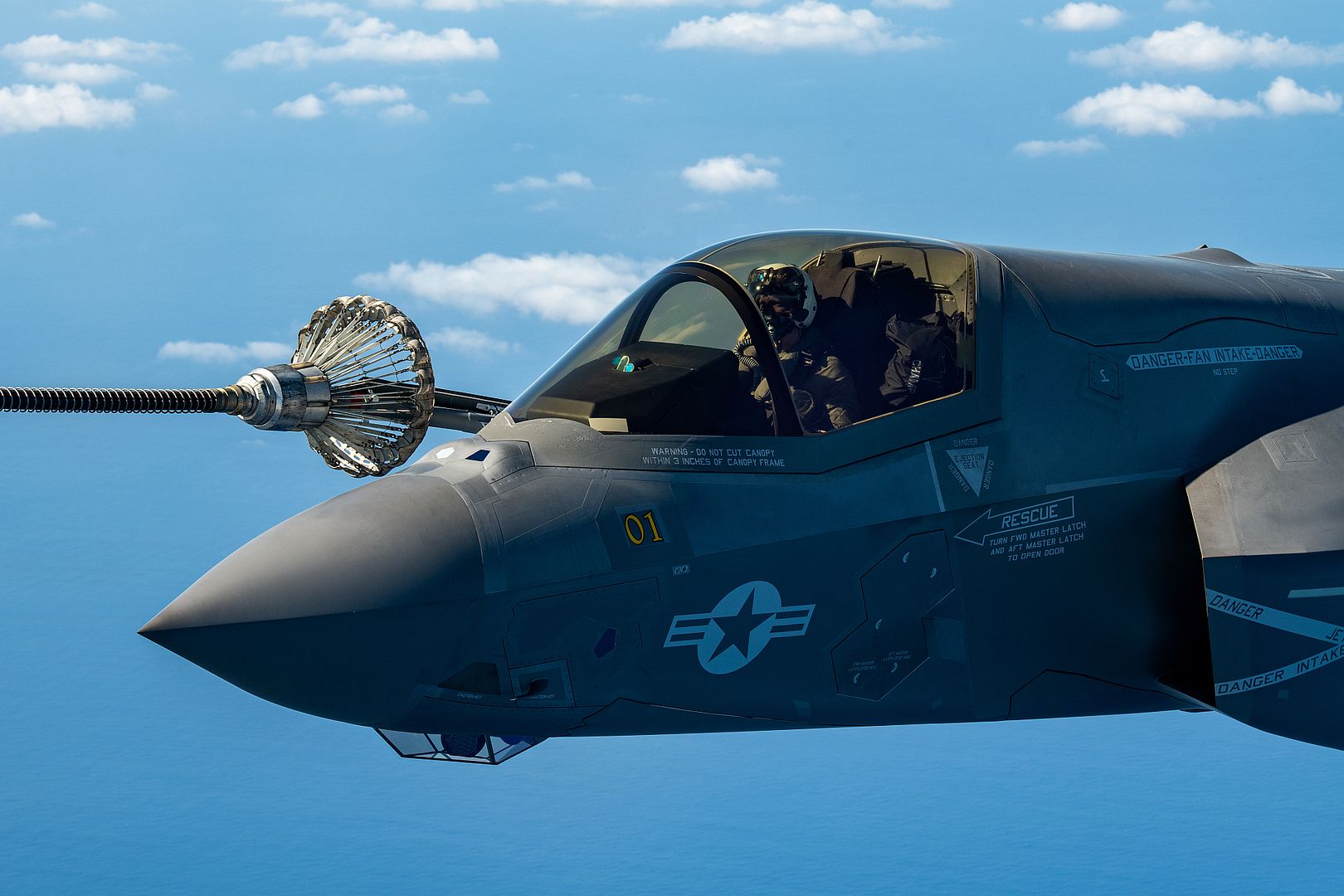
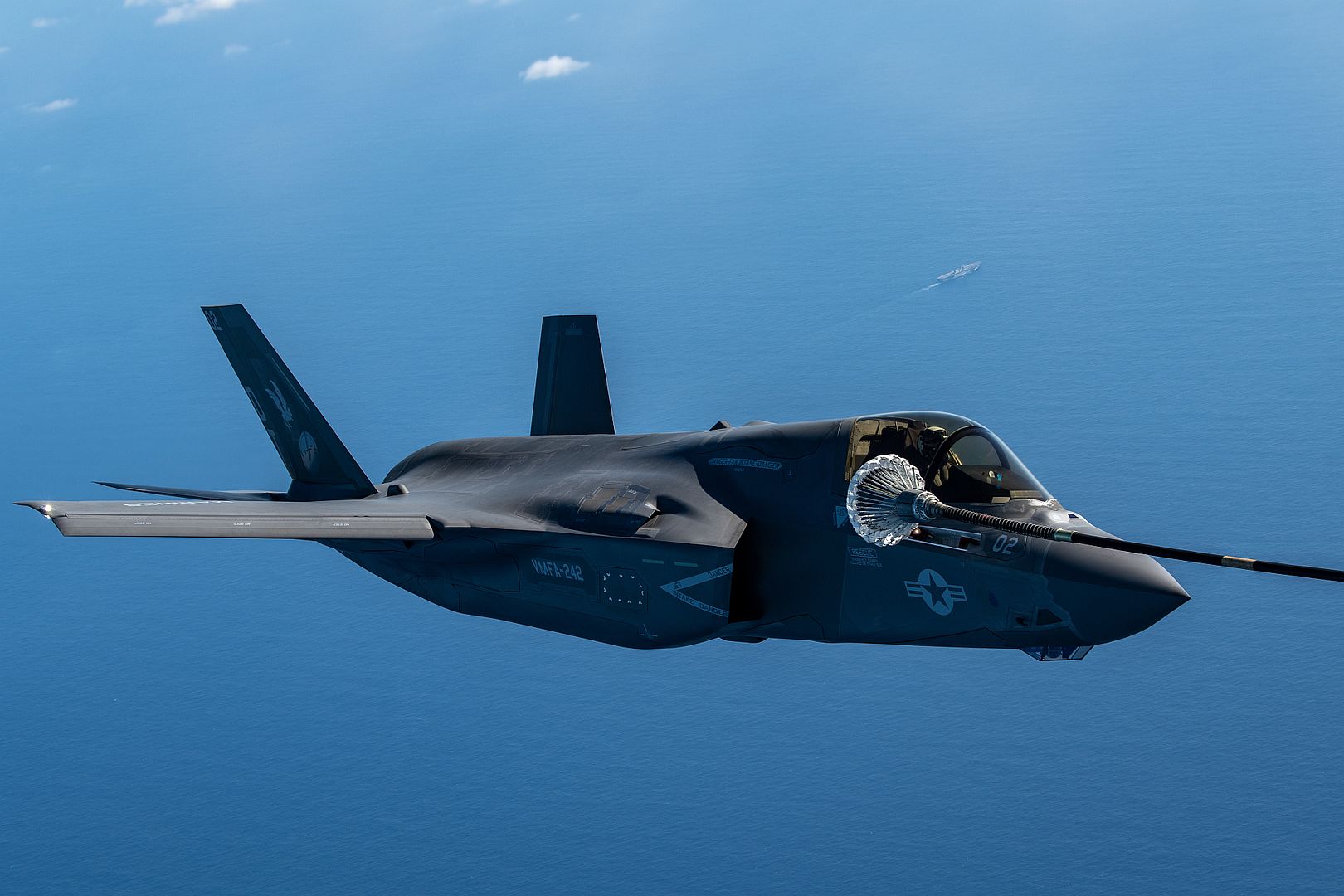

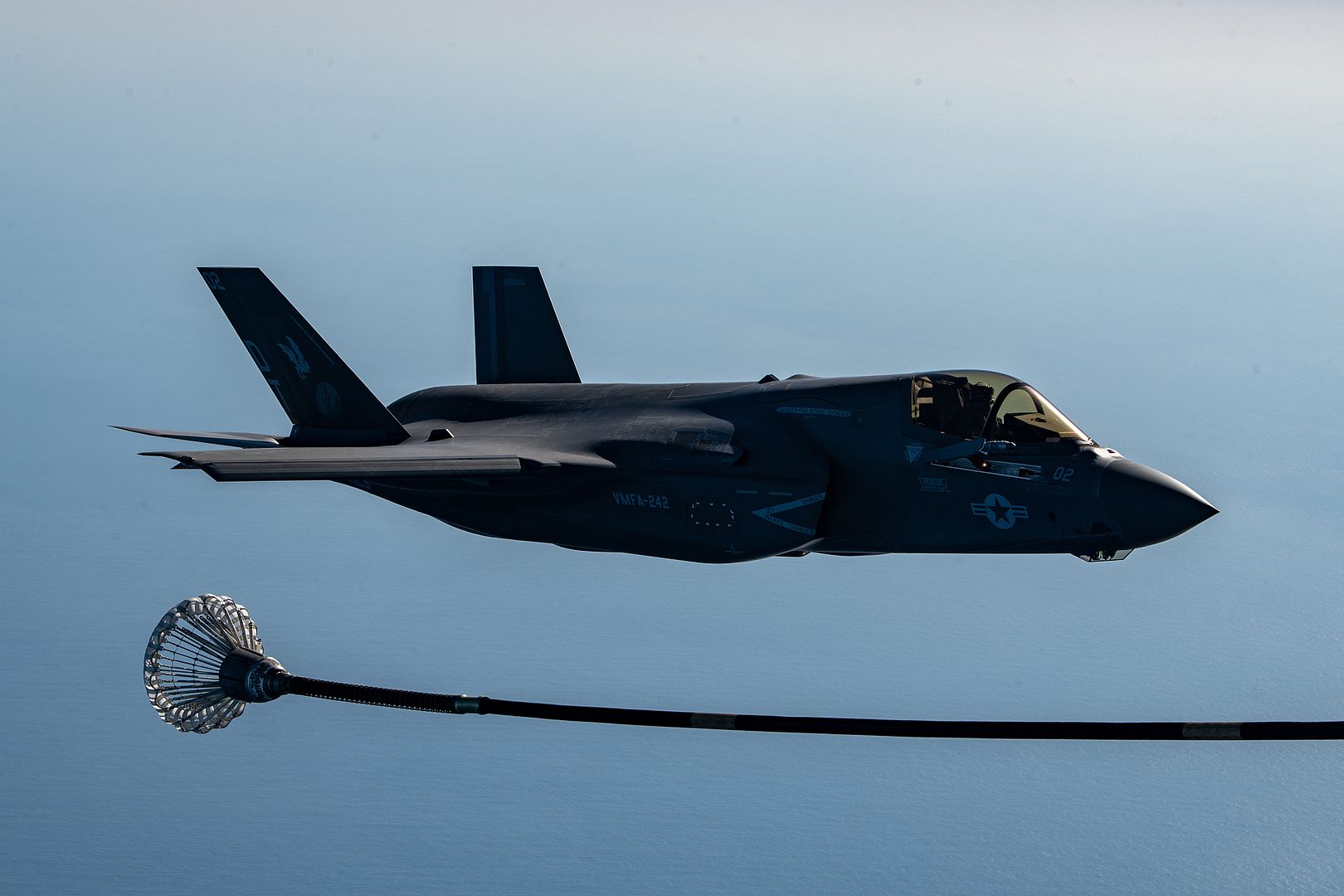
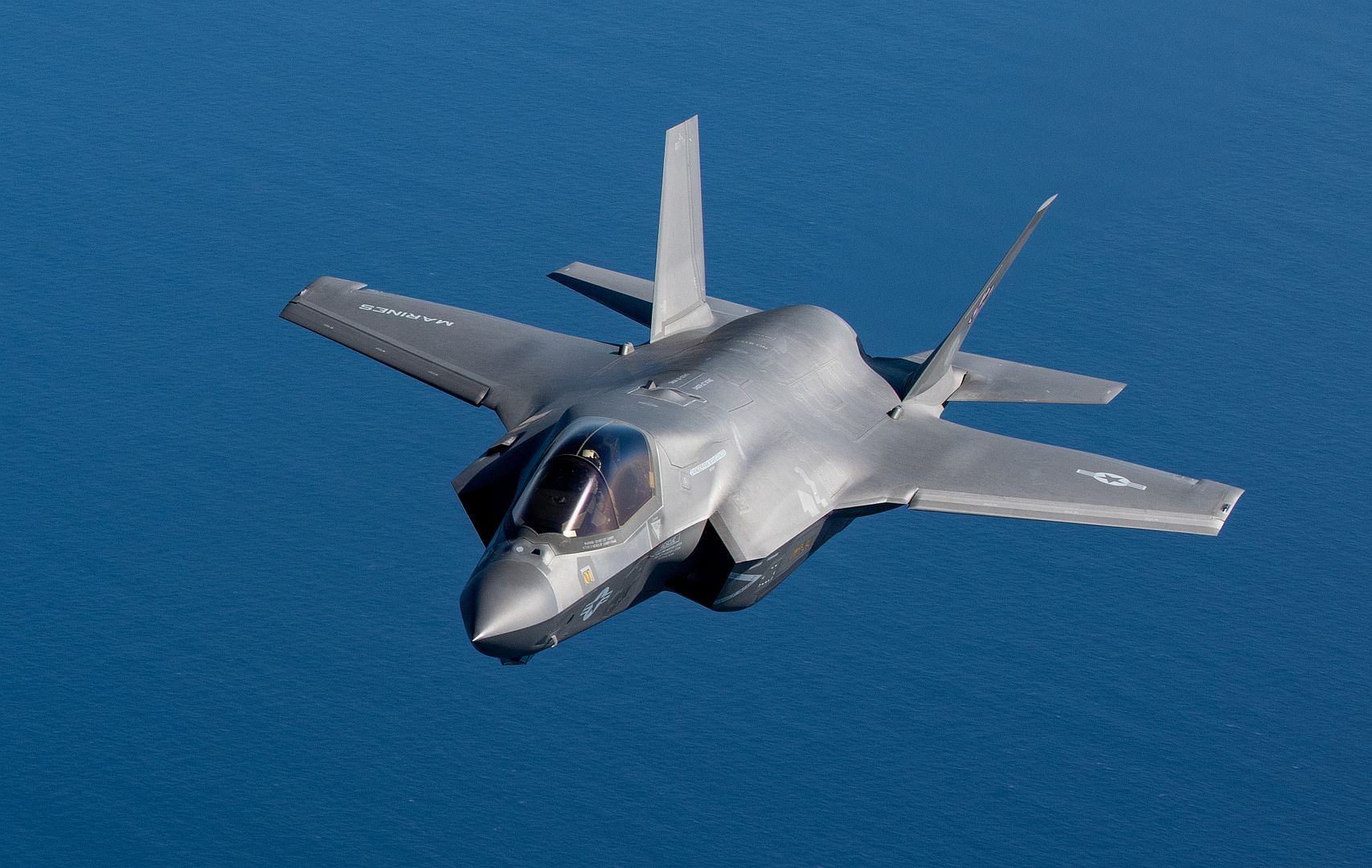
U.S. Marine Corps F-35B Lightning II aircraft with Marine Fighter Attack Squadron (VMFA) 242 conduct a vertical landing aboard the Japanese Ship Izumo off the coast of Japan, Oct. 3, 2021. U.S. Marines and Sailors embarked aboard the Japanese Ship Izumo in support of the first ever F-35B Lightning II operations aboard a Japanese vessel. The U.S. and Japan continue to work closely together to broaden their operational capabilities, support the Treaty of mutual Cooperation and Security, and maintain a free and open Indo-Pacific. (U.S. Marine Corps photos by Lance Cpl. Tyler Harmon)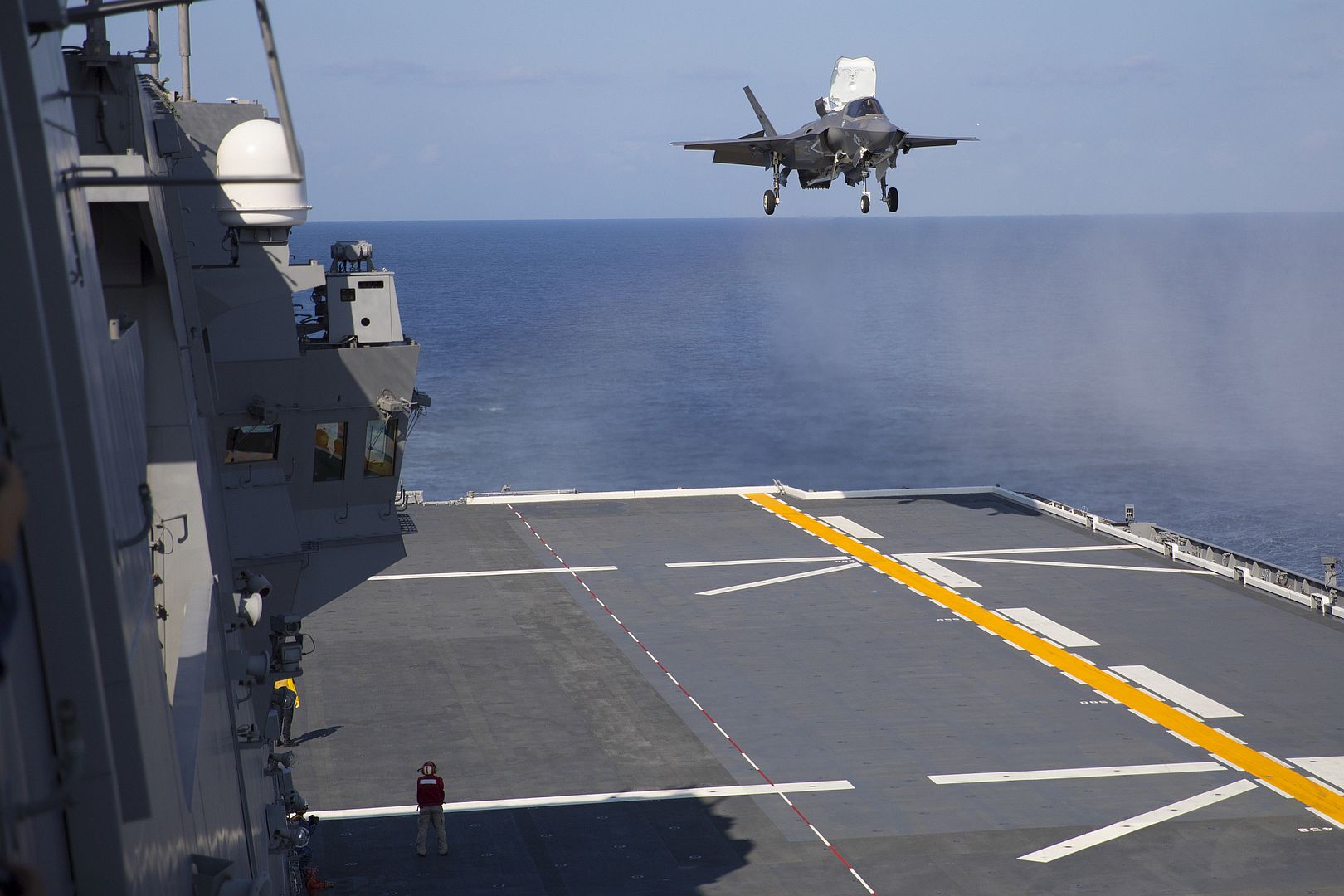
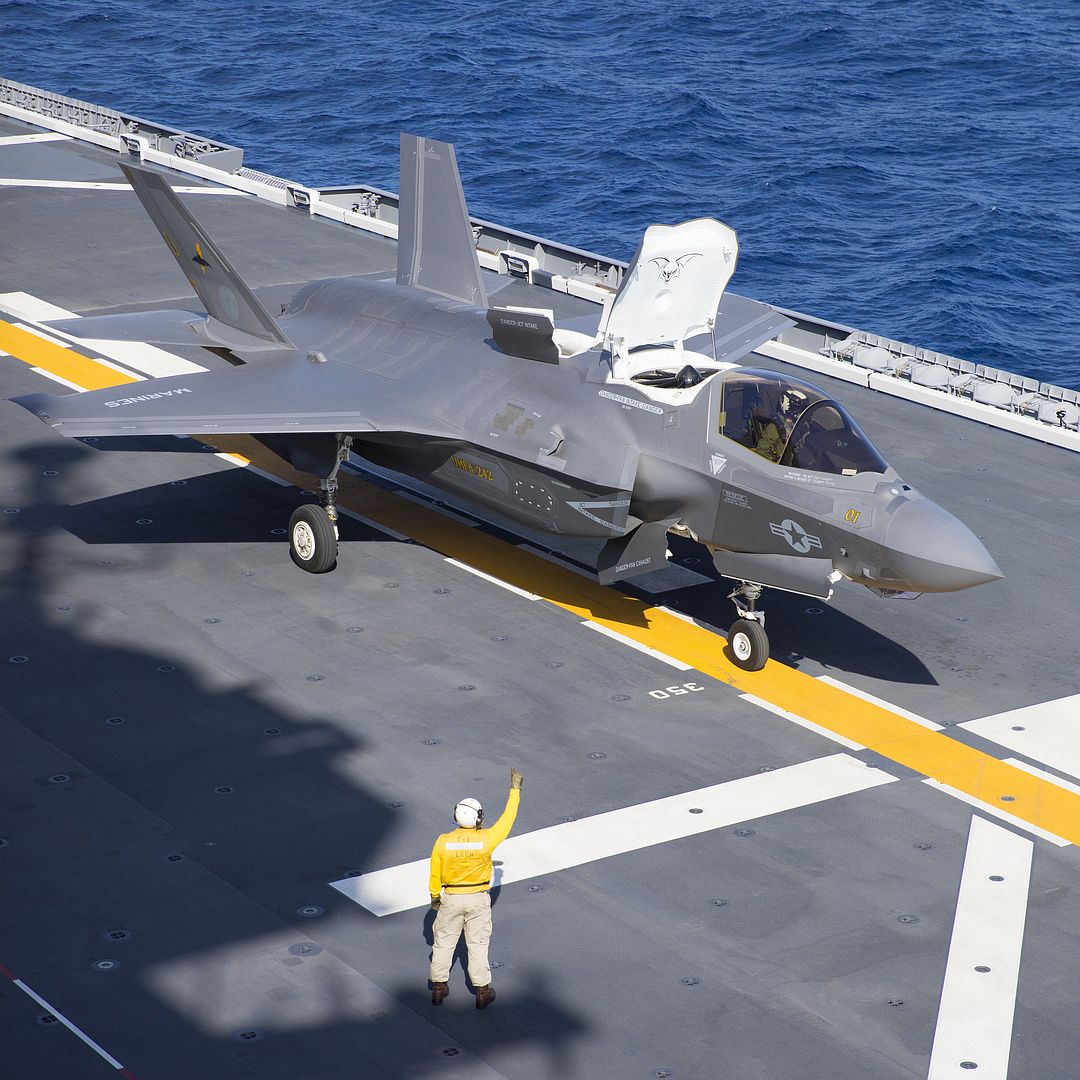
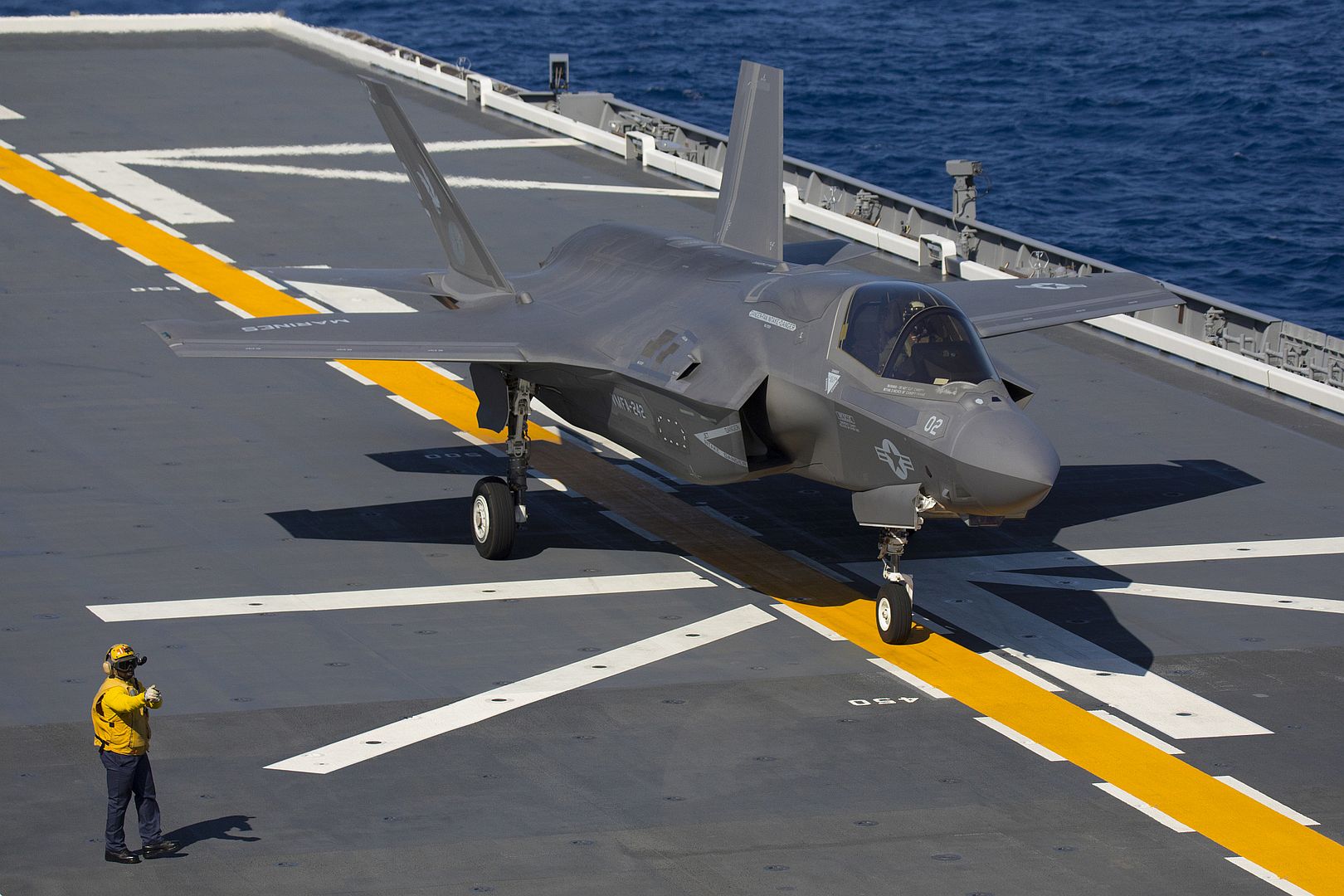
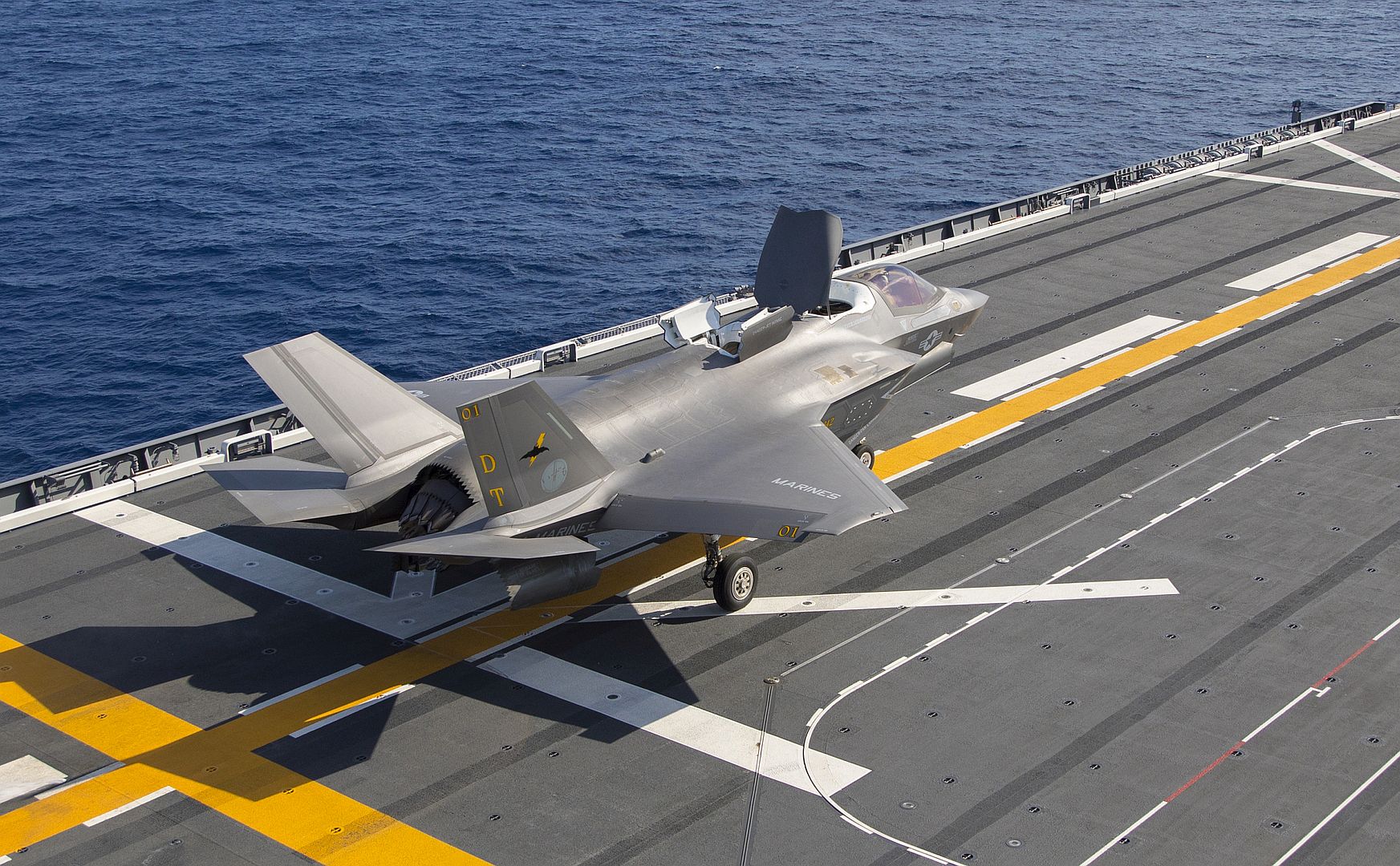
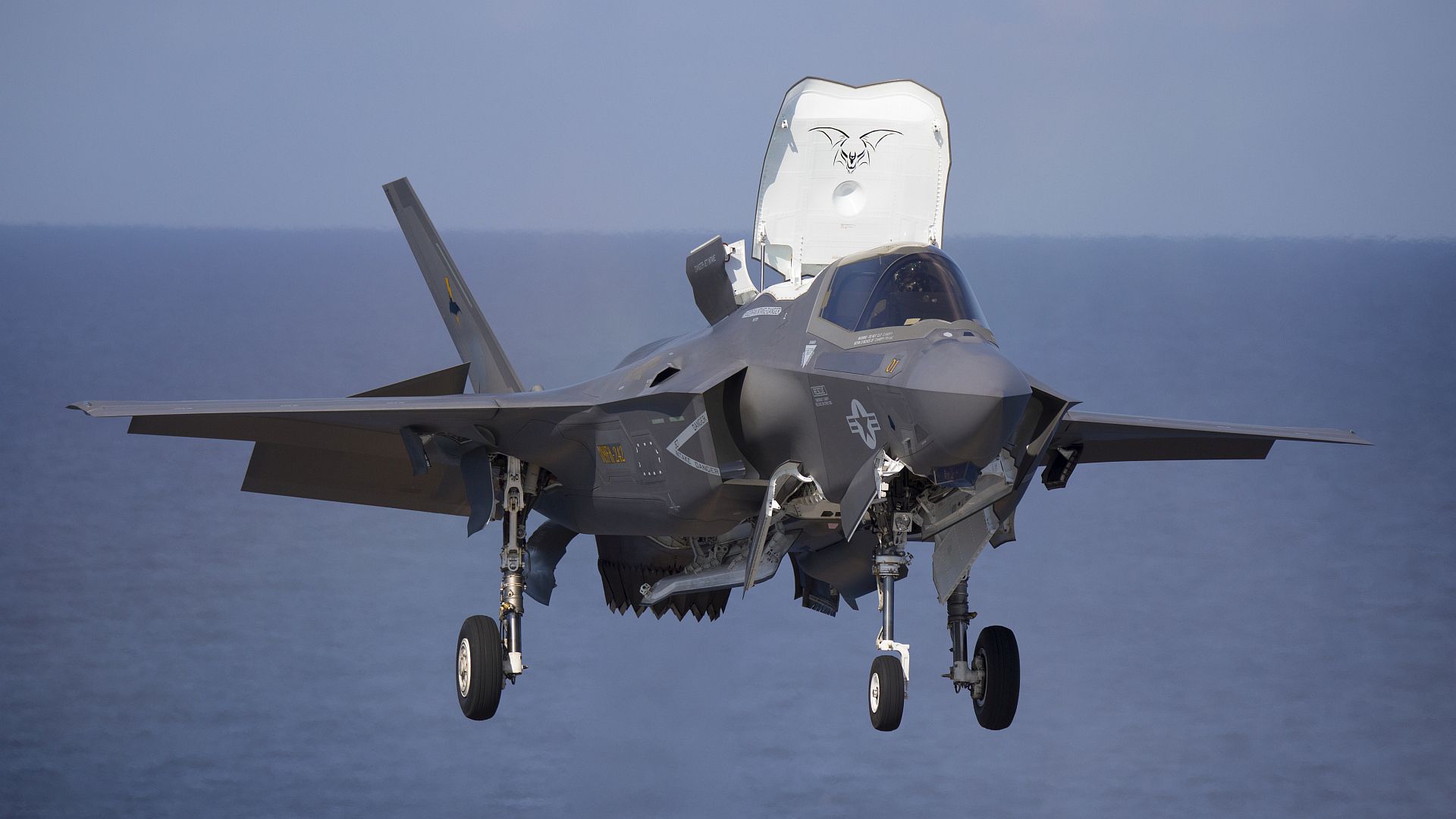
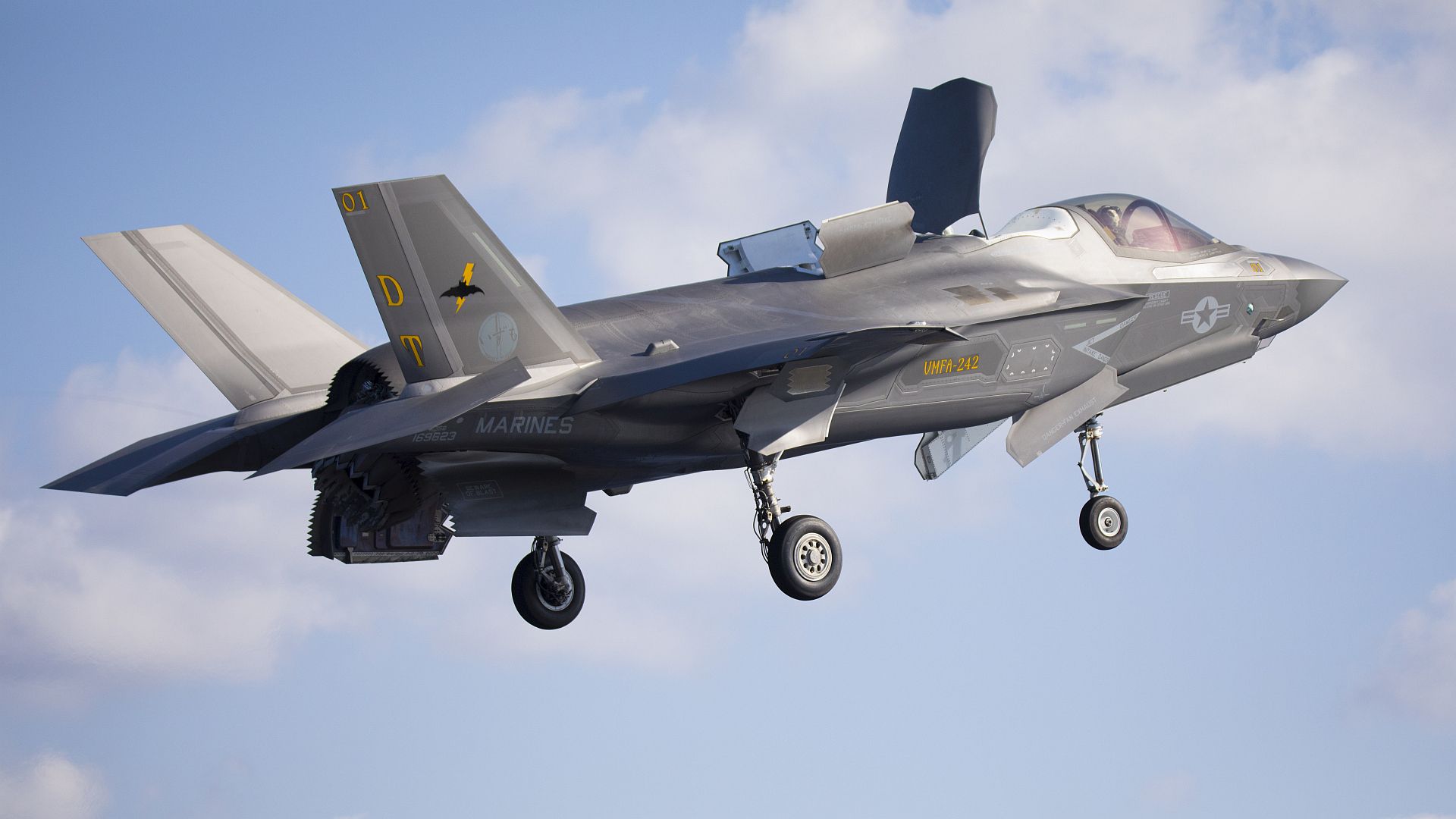

-
 Main AdminATLANTIC OCEAN (Oct. 5, 2021) An AV-8B Harrier, attached to Marine Medium Tiltrotor Squadron (VMM) 162 (Reinforced), takes off from the flight deck of the Wasp-class amphibious assault ship USS Iwo Jima (LHD 7), Oct. 5, 2021. Iwo Jima is underway in the Atlantic Ocean with Amphibious Squadron Four and the 24th Marine Expeditionary Unit (MEU) as part of the Iwo Jima Amphibious Ready Group. (U.S. Navy photo by Mass Communication Specialist Seaman Isaac A. Rodriguez)
Main AdminATLANTIC OCEAN (Oct. 5, 2021) An AV-8B Harrier, attached to Marine Medium Tiltrotor Squadron (VMM) 162 (Reinforced), takes off from the flight deck of the Wasp-class amphibious assault ship USS Iwo Jima (LHD 7), Oct. 5, 2021. Iwo Jima is underway in the Atlantic Ocean with Amphibious Squadron Four and the 24th Marine Expeditionary Unit (MEU) as part of the Iwo Jima Amphibious Ready Group. (U.S. Navy photo by Mass Communication Specialist Seaman Isaac A. Rodriguez).jpg?width=1920&height=1080&fit=bounds)
A UH-60V Black Hawk sits waiting for its crew at the Eastern Army National Guard Aviation Training Site on October 6, 2021. EAATS, a part of the Pennsylvania National Guard, were the first unit to receive the UH-60Vs in preparation for training future pilots and crews (U.S. Army photo by Sgt. 1st Class Matthew Keeler).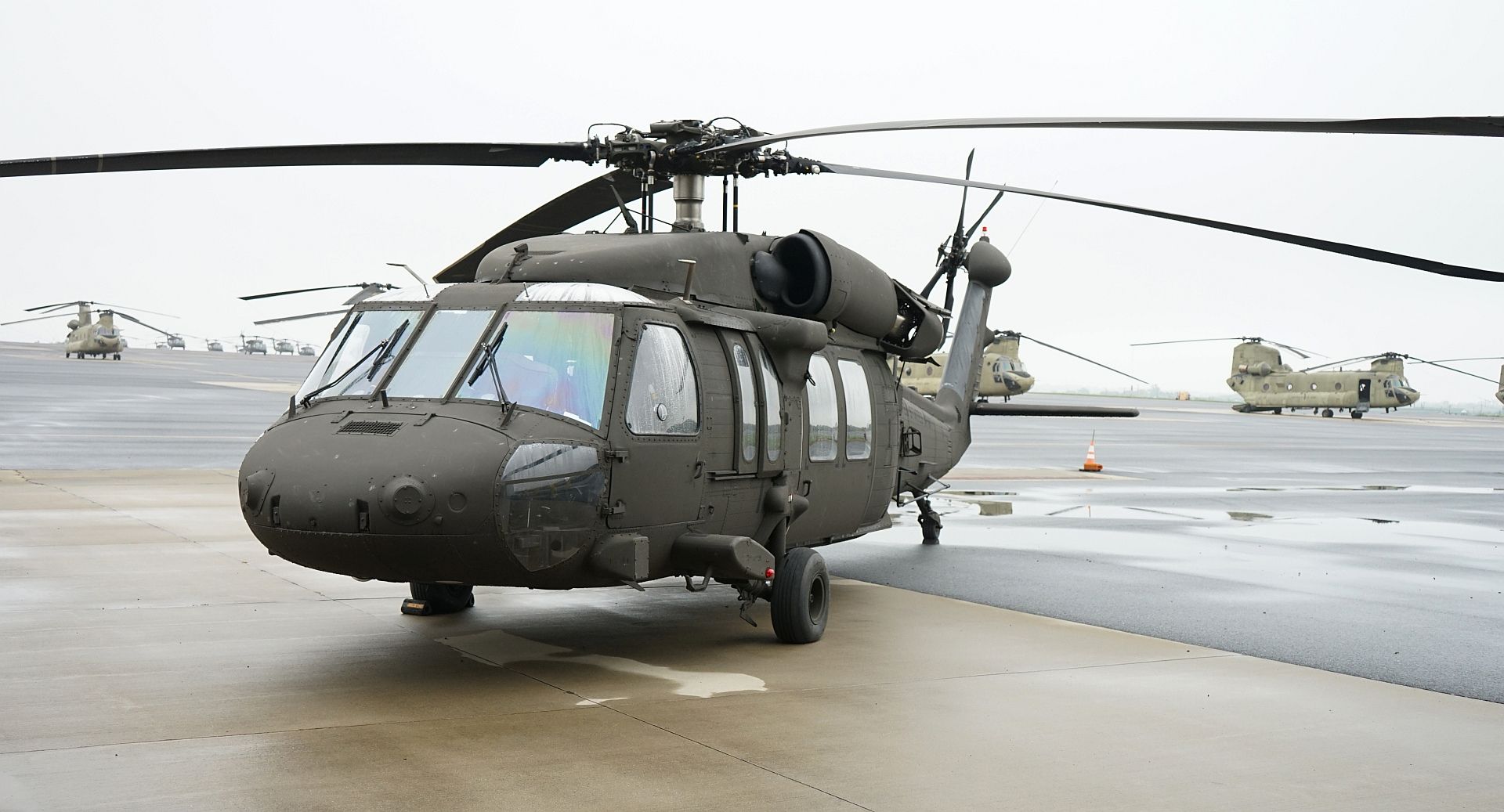
ATLANTIC OCEAN (Oct. 04, 2021) An F/A-18E Super Hornet, attached to the “Fighting Checkmates” of Strike Fighter Squadron (VFA) 211, takes off from the flight deck on the Nimitz-class aircraft carrier USS Harry S. Truman (CVN 75). Truman is operating in the Atlantic Ocean in support of naval operations to maintain maritime stability and security in order to ensure access, deter aggression and defend U.S., allied and partner interests. (U.S. Navy Photo by Mass Communication Specialist Seaman Apprentice Hunter Day)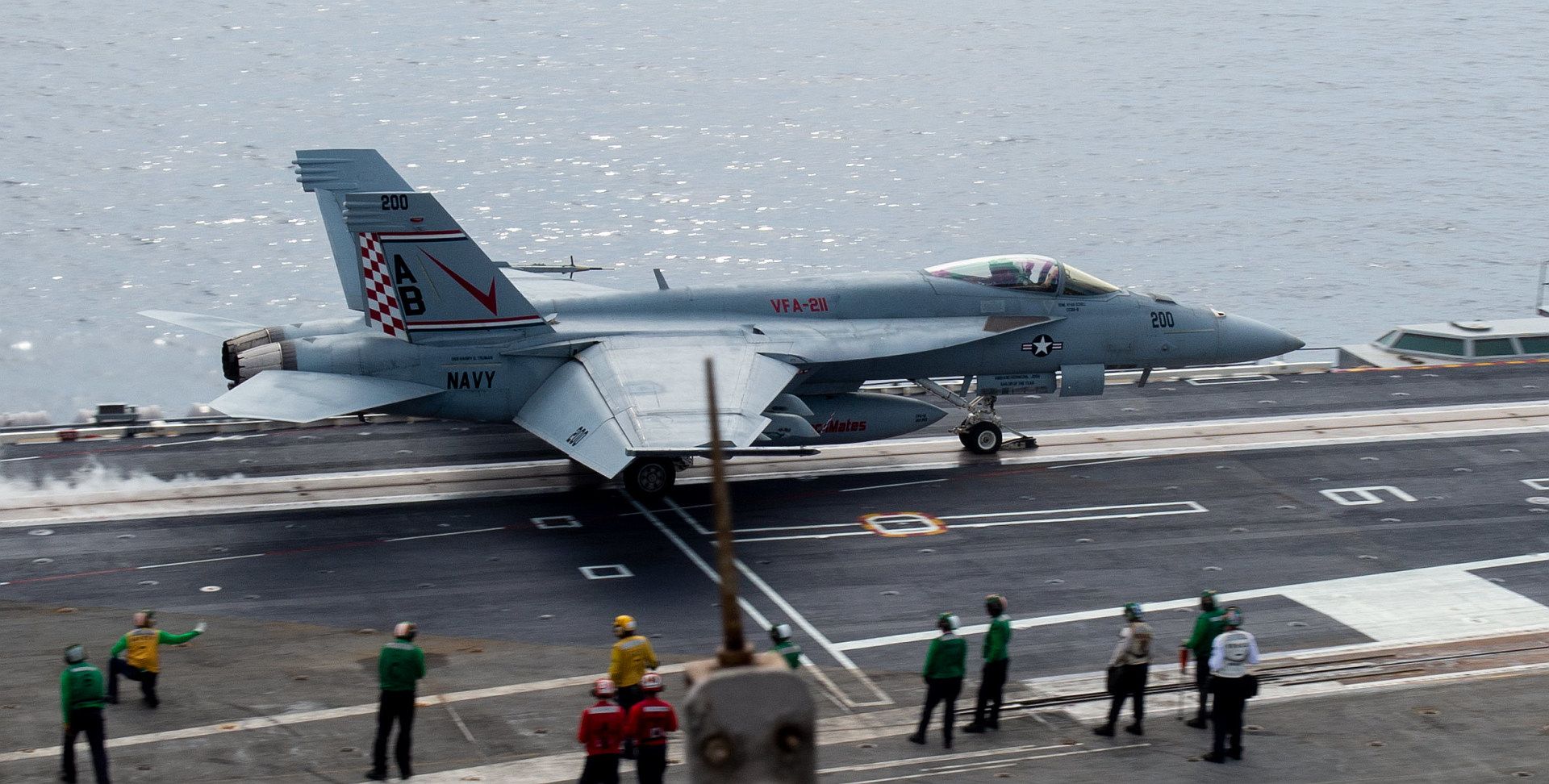
Platform Aerospace personnel prepare a Vanilla unmanned aircraft system for its record-breaking flight at Edwards Air Force Base, California, Sept. 24. The aircraft broke the world record for unrefueled, internal combustion endurance of an unmanned aircraft with a total continuous flight time of 8 days, 50 minutes, and 47 seconds, and 12,200 miles, Oct. 2. (Air Force photo by Bryce Bennett)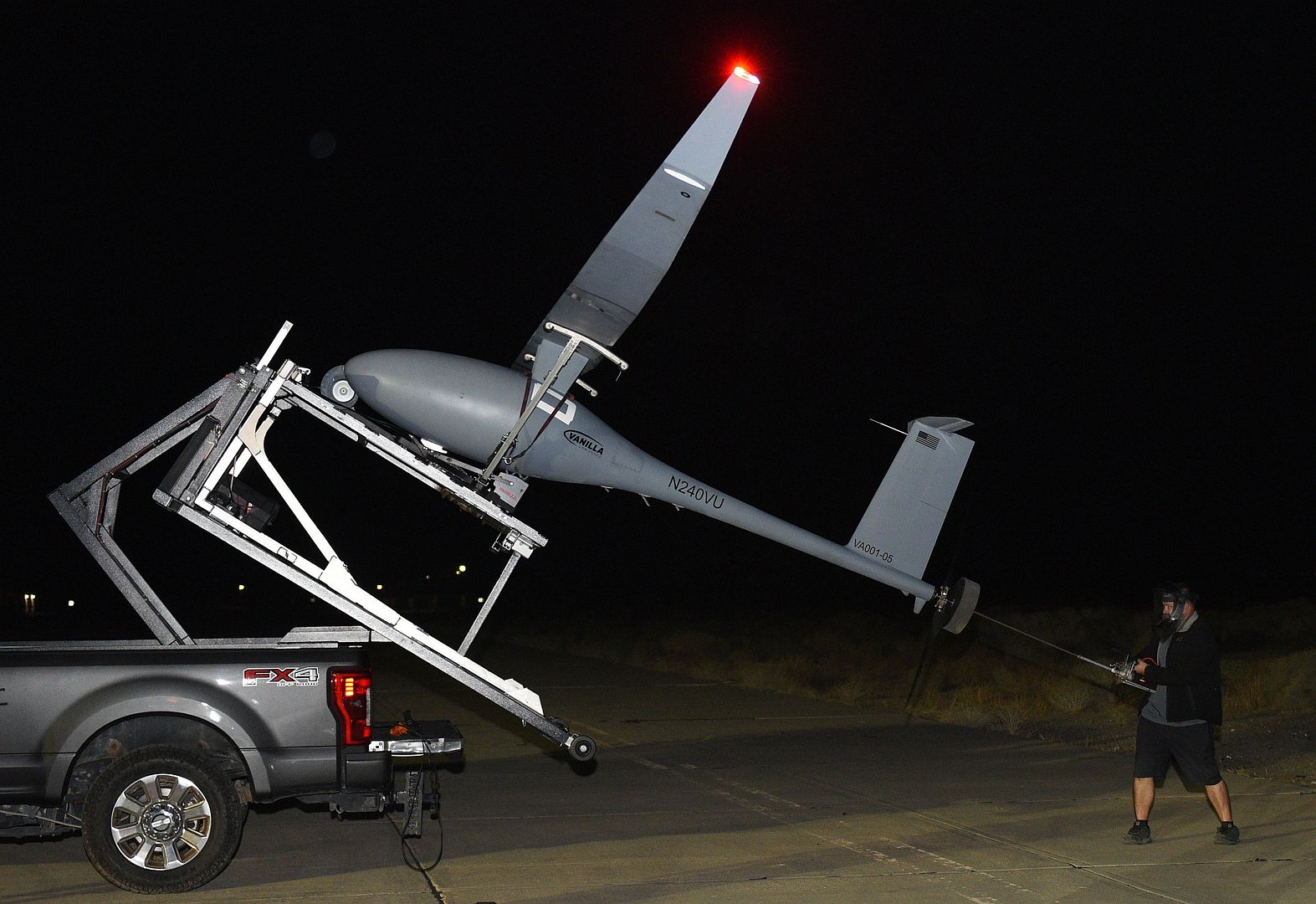
The Vanilla unmanned aircraft system completed a record-setting flight of 8 days, 50 minutes, and 47 seconds, and 12,200 miles of continuous flight, at Edwards Air Force Base, California, Oct 2. The aircraft broke the world record for unrefueled, internal combustion endurance of an unmanned aircraft and was launched from Rogers Dry Lakebed on Friday, Sept. 24. (Air Force photo by Bryce Bennett)
PHILIPPINE SEA (Oct. 3, 2021) Aircraft from the United Kingdom’s carrier strike group led by HMS Queen Elizabeth (R 08), and U.S. Navy carrier strike groups led by flagships USS Ronald Reagan (CVN 76) and USS Carl Vinson (CVN 70) fly in formation during carrier strike group operations in the Philippine Sea. The integrated at-sea operations brought together more than 15,000 Sailors across six nations, and demonstrates the U.S. Navy’s ability to work closely with its unmatched network of alliances and partnerships in support of a free and open Indo-Pacific. (U.S. Navy photo by Mass Communication Specialist 3rd Class Gray Gibson)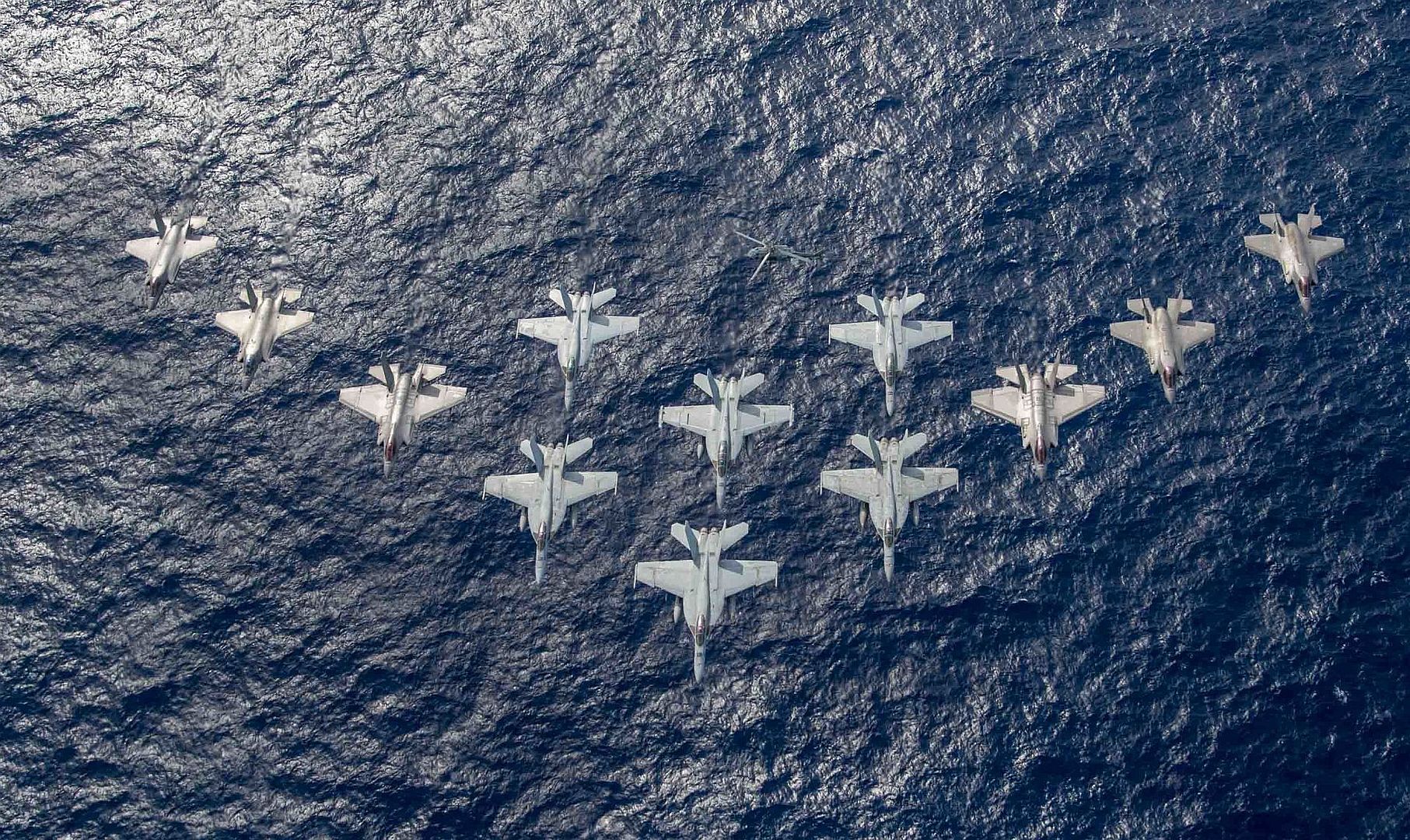
PHILIPPINE SEA (Oct 5, 2021) An F/A-18F Super Hornet, attached to the "Diamondbacks" of Strike Fighter Squadron (VFA) 102, transits across the flight deck of the U.S. Navy's only forward-deployed aircraft carrier USS Ronald Reagan (CVN 76). Ronald Reagan, the flagship of Carrier Strike Group 5, provides a combat-ready force that protects and defends the United States, and supports alliances, partnerships and collective maritime interests in the Indo-Pacific region. (U.S. Navy photo by Mass Communication Specialist 3rd Class Gray Gibson)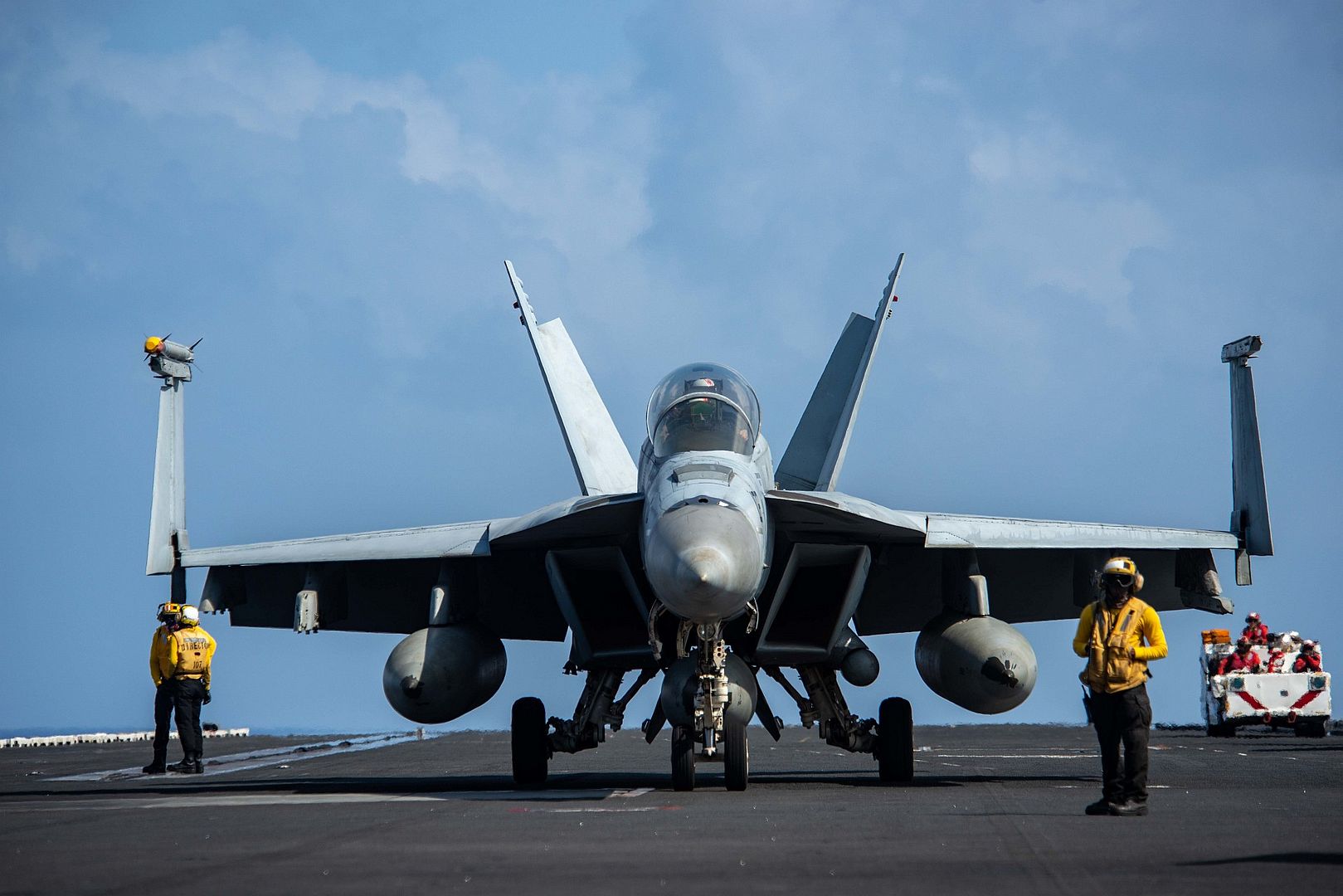
Toulouse, 6 October 2021 – Jet2.com has placed a further order for 15 A321neos following its initial one for 36 placed in August 2021. It takes the total order by the Leeds, United Kingdom, based airline to 51 A321neos. The two orders reflect Jet2.com’s ambitious fleet expansion and renewal plans. Engine selection will be made at a later date.
The aircraft will be configured for 232 seats with an Airspace cabin featuring innovative lighting, new seating products and 60 percent larger overhead baggage bins for added personal storage.
The A320neo Family incorporates the latest technologies, including new generation engines and Sharklets, delivering a 20 per cent reduction in fuel consumption per seat. With an additional range of up to 500 nautical miles/900 km. or two tonnes of extra payload, the A321neo will deliver Jet2.com with additional revenue potential.
At the end of August 2021, the A320neo Family had won over 7,500 firm orders from over 120 customers worldwide.
Post a reply
- Go to Next topic
- Go to Welcome
- Go to Introduce Yourself
- Go to General Discussion
- Go to Screenshots, Images and Videos
- Go to Off topic
- Go to Works in Progress
- Go to Skinning Tips / Tutorials
- Go to Skin Requests
- Go to IJAAF Library
- Go to Luftwaffe Library
- Go to RAF Library
- Go to USAAF / USN Library
- Go to Misc Library
- Go to The Ops Room
- Go to Made in Germany
- Go to Campaigns and Missions
- Go to Works in Progress
- Go to Juri's Air-Raid Shelter
- Go to Campaigns and Missions
- Go to Works in Progress
- Go to Skinpacks
- Go to External Projects Discussion
- Go to Books & Resources
